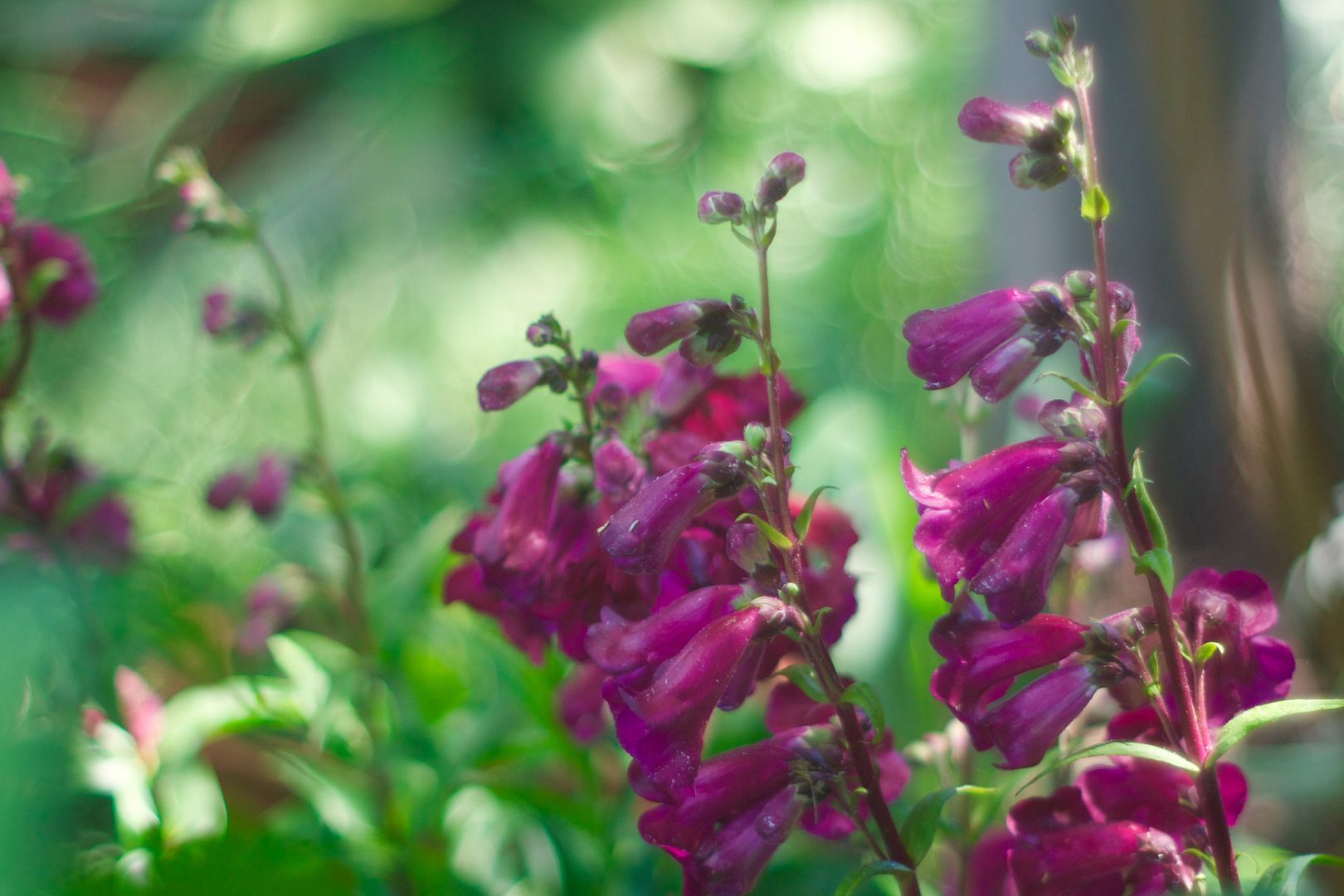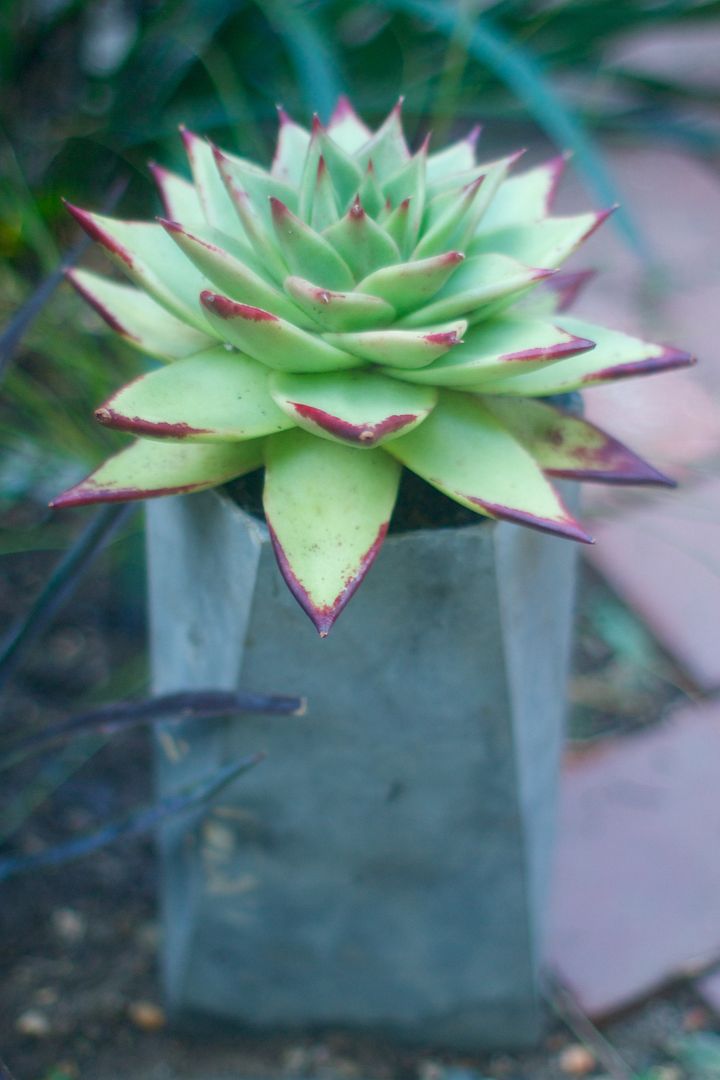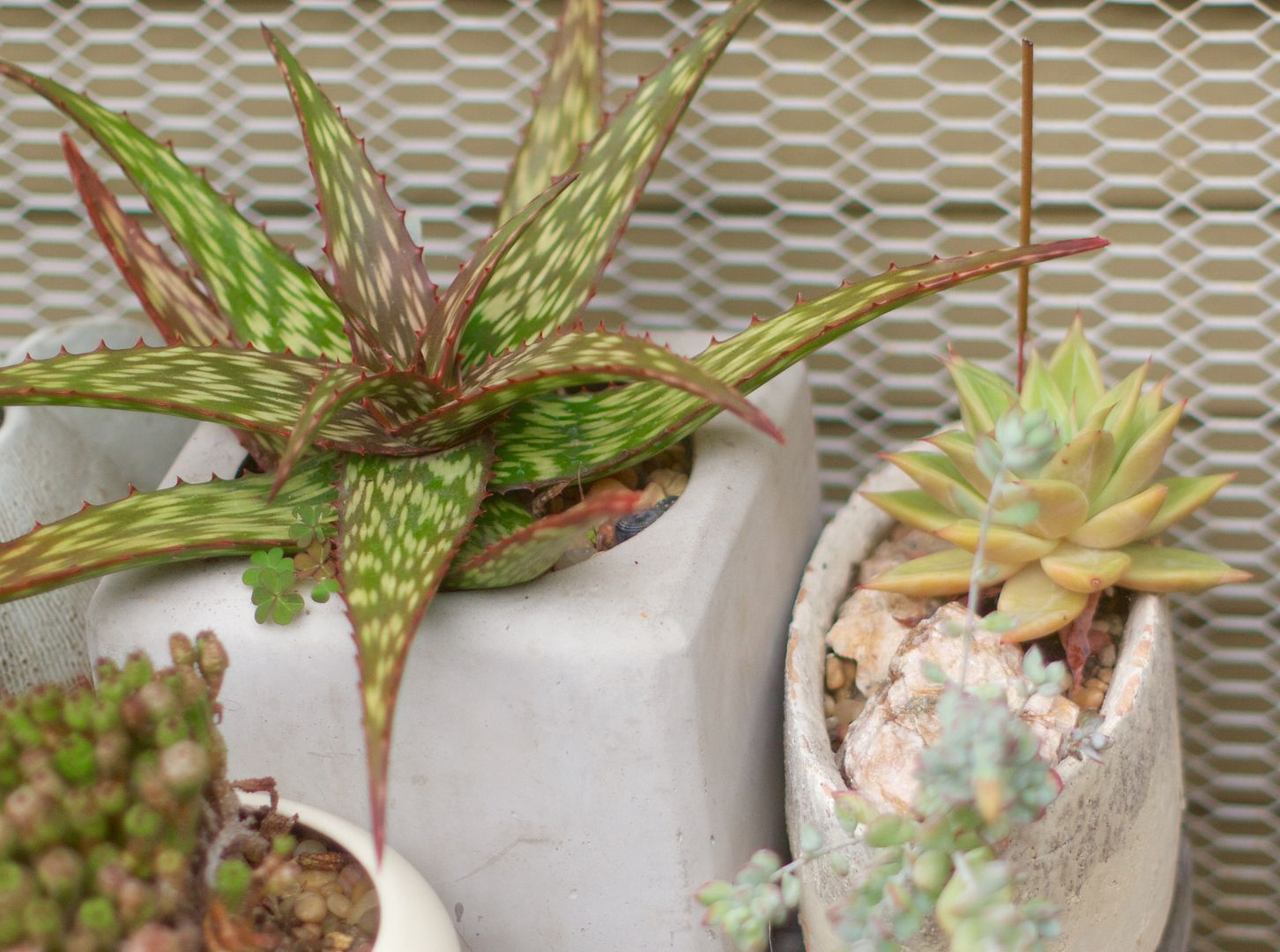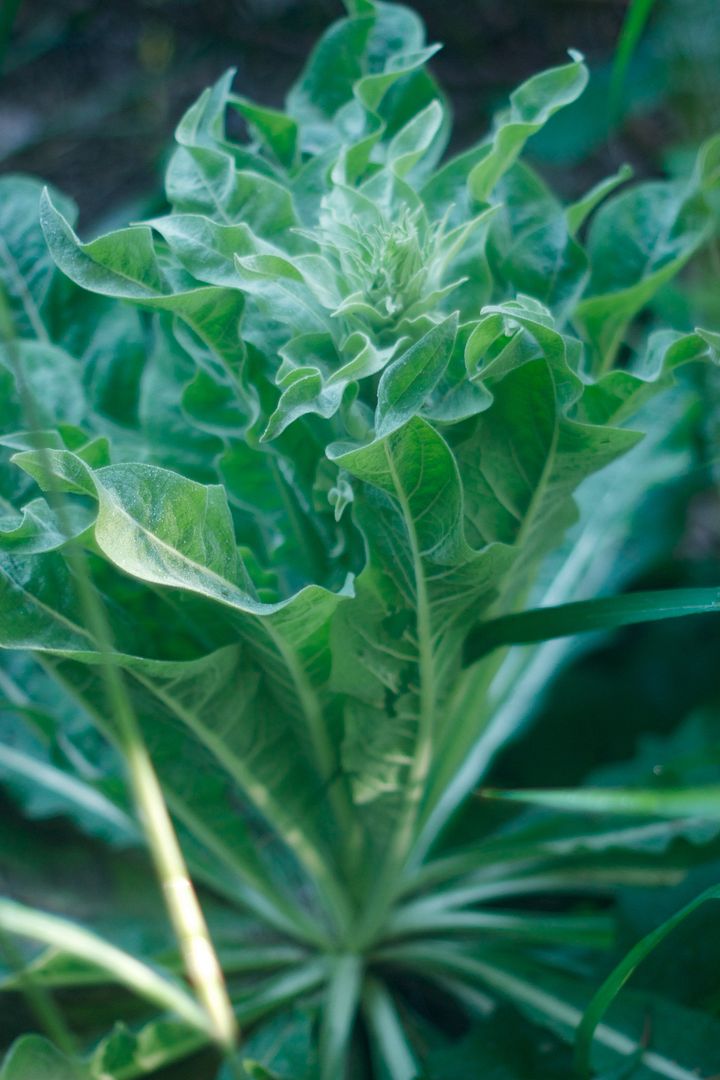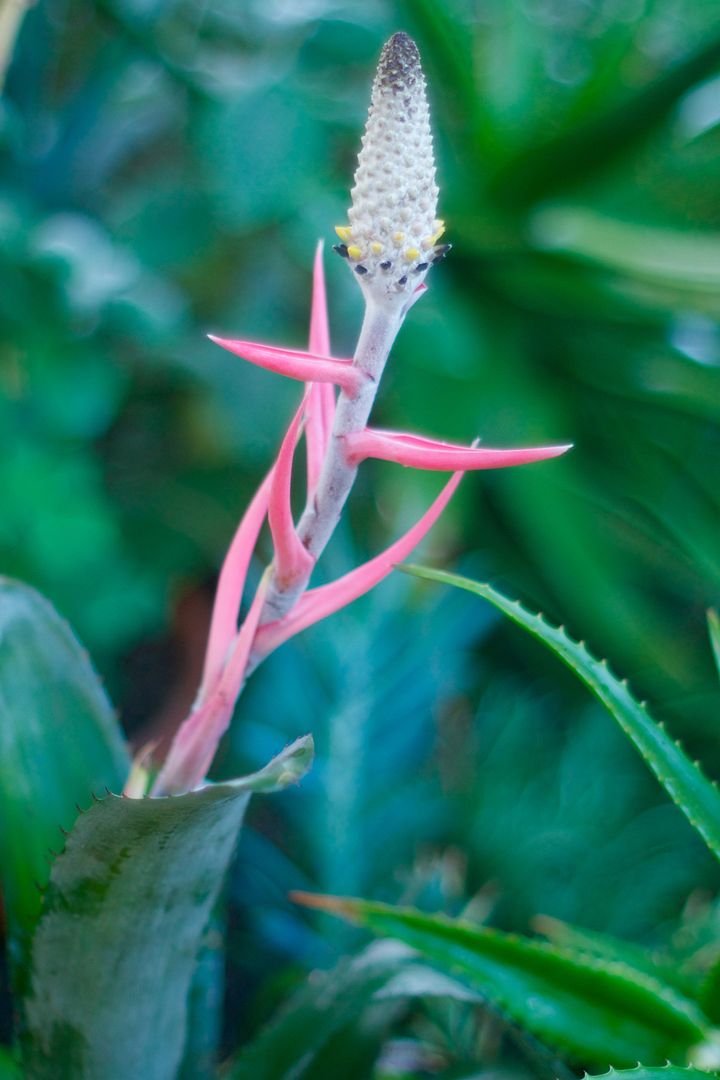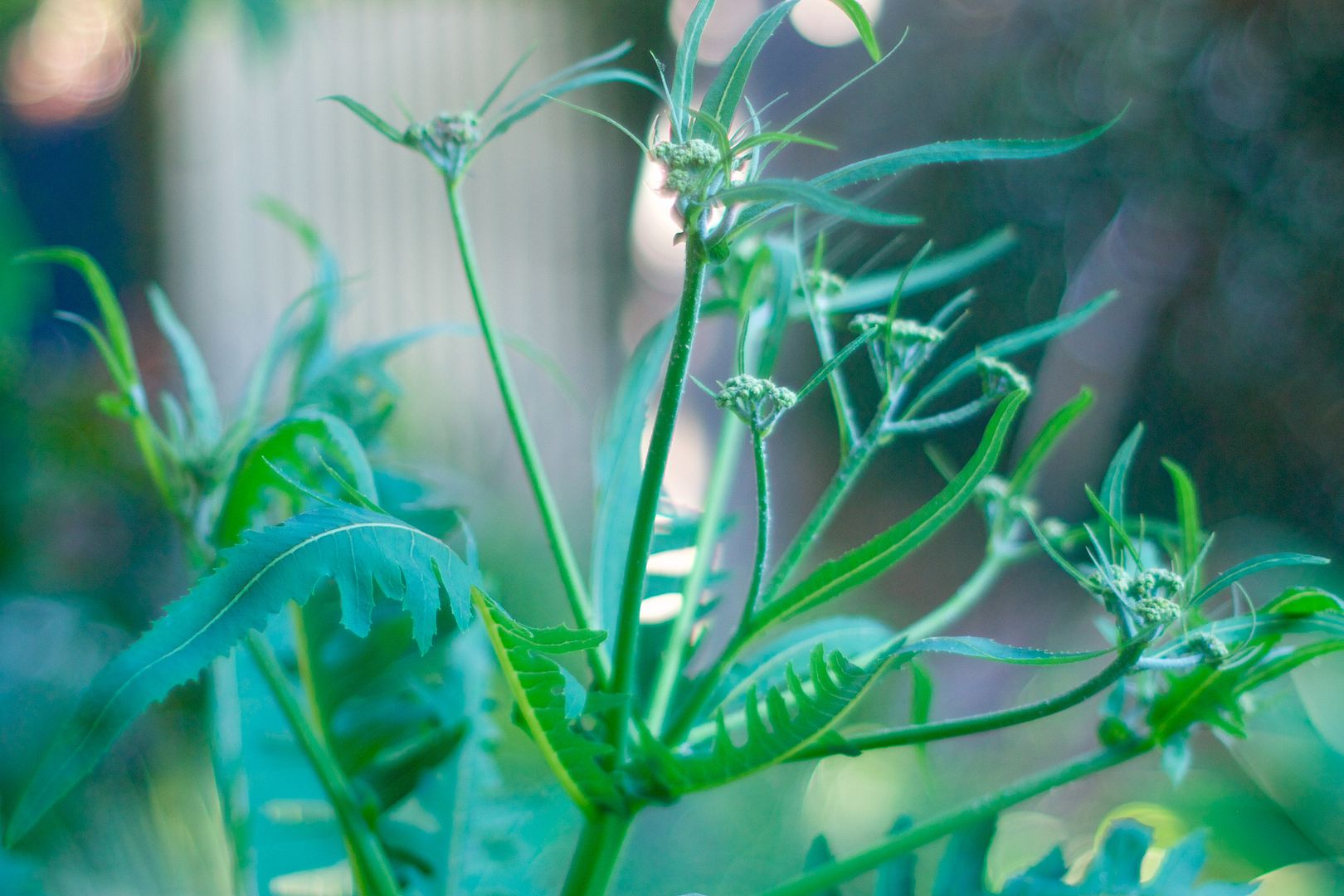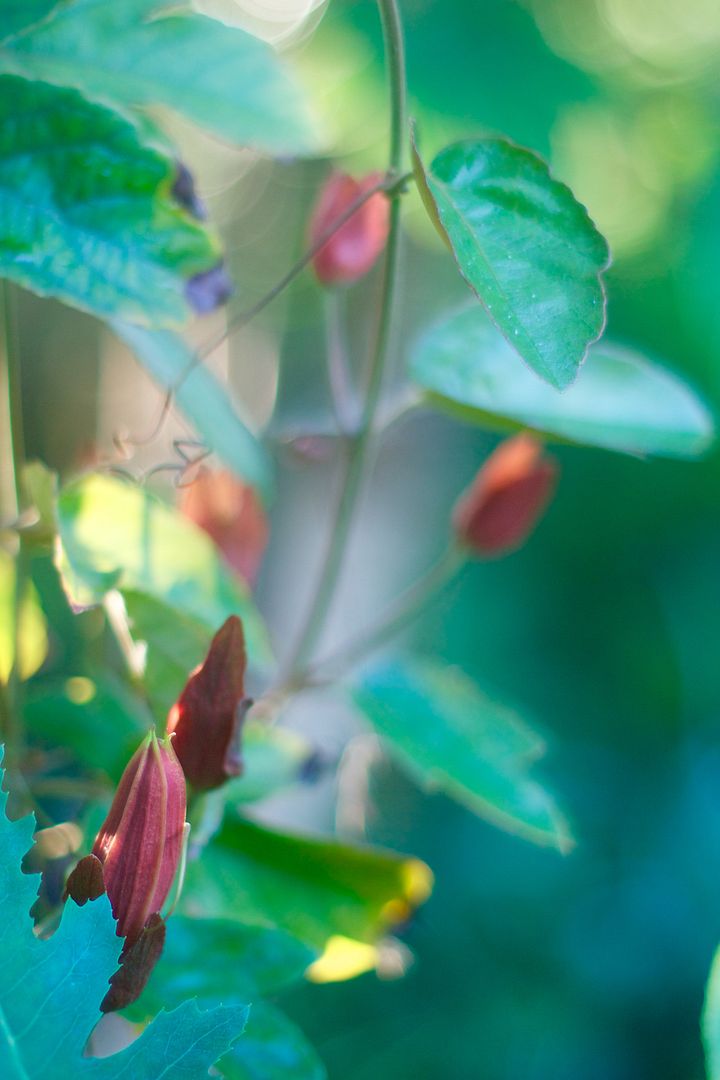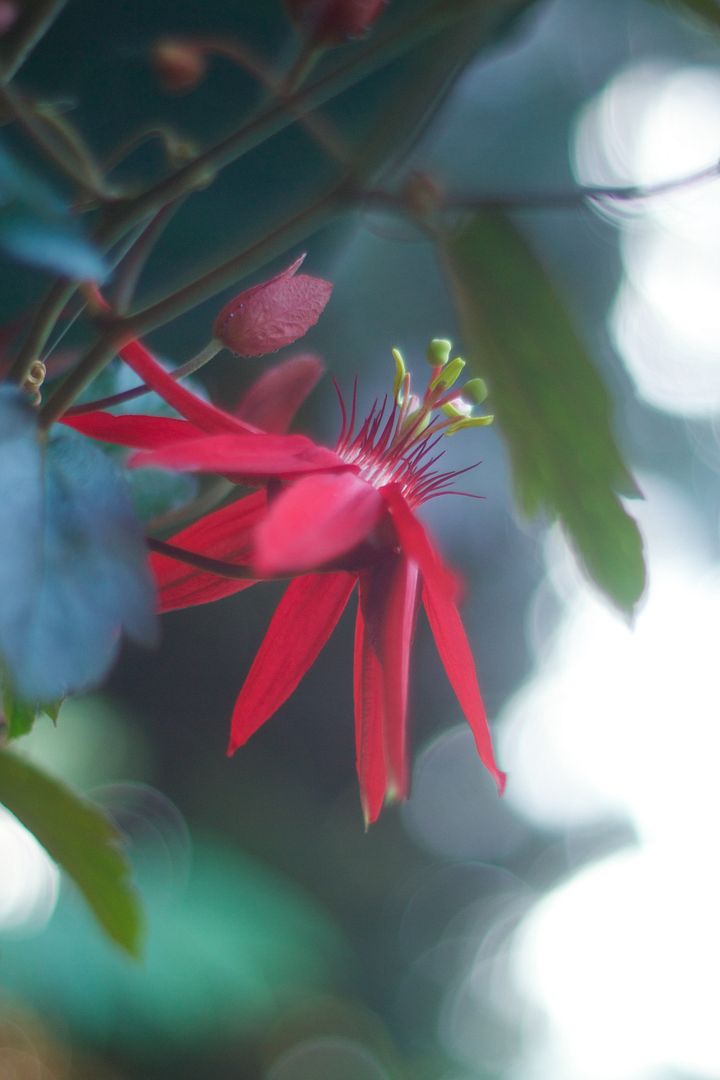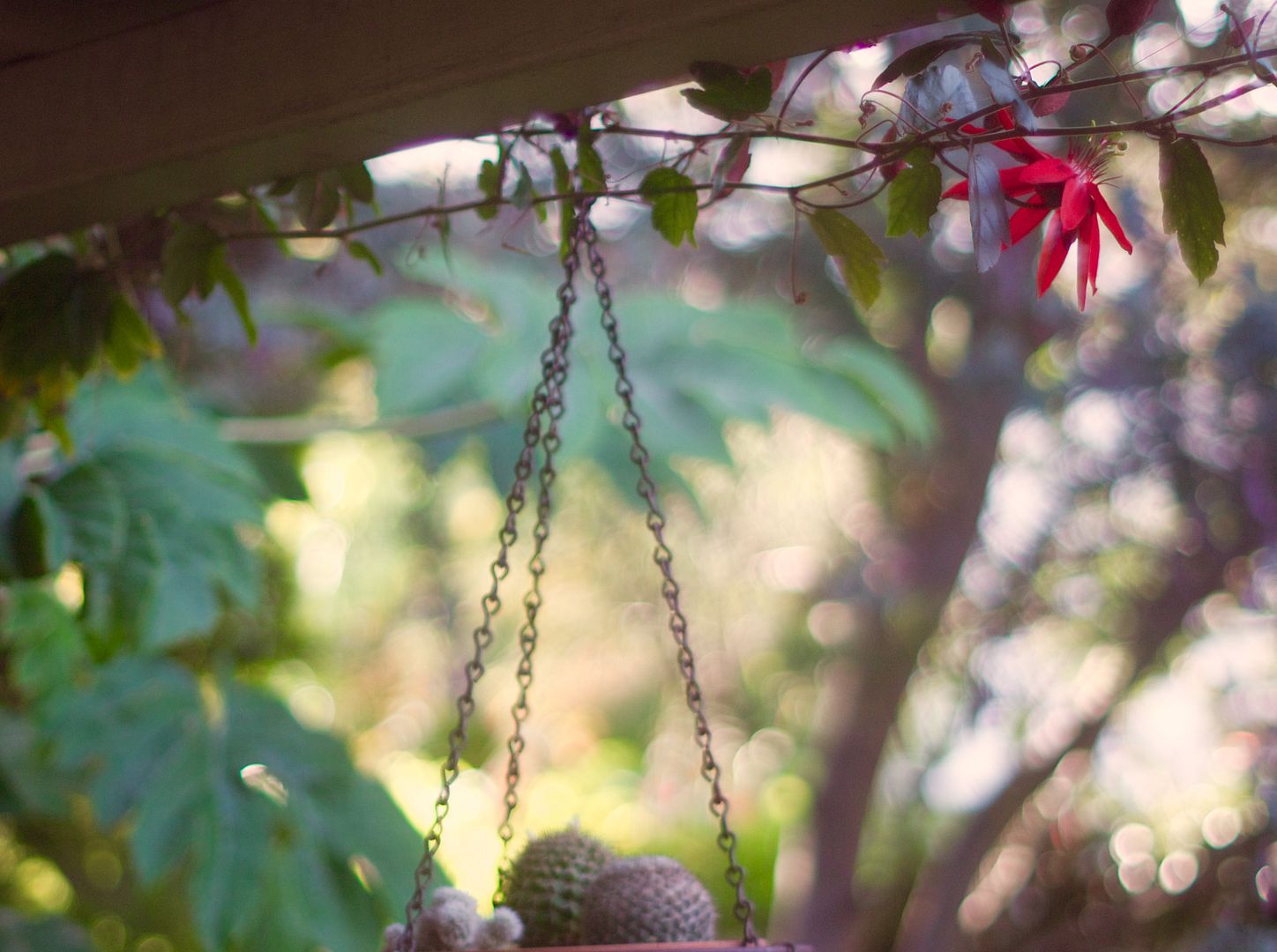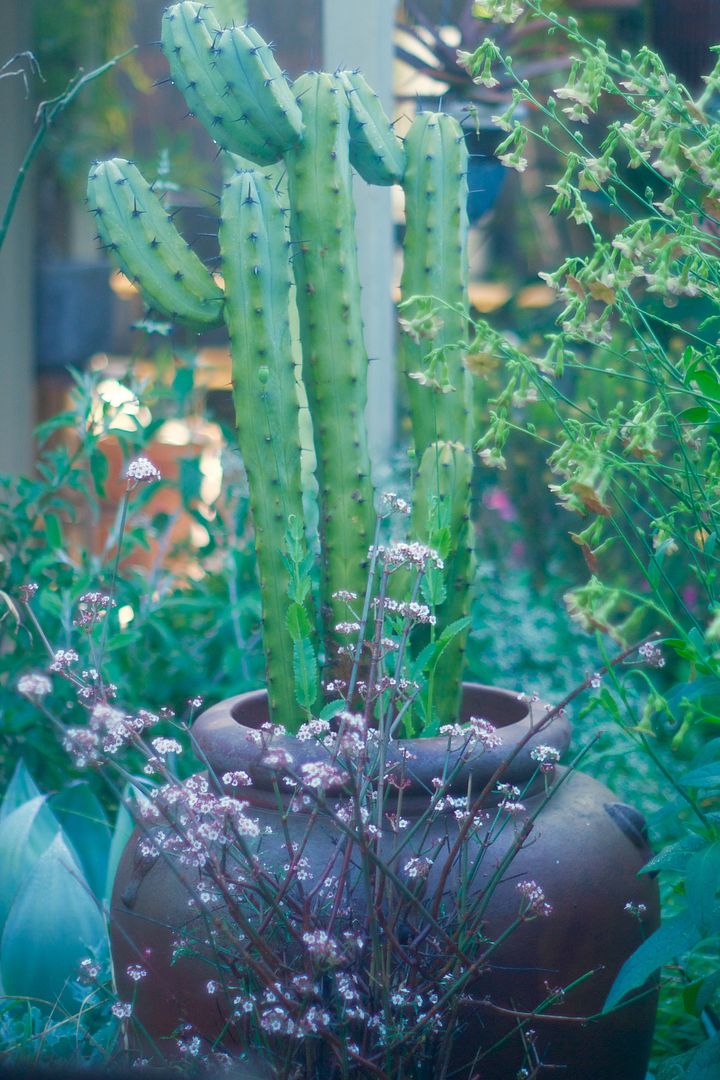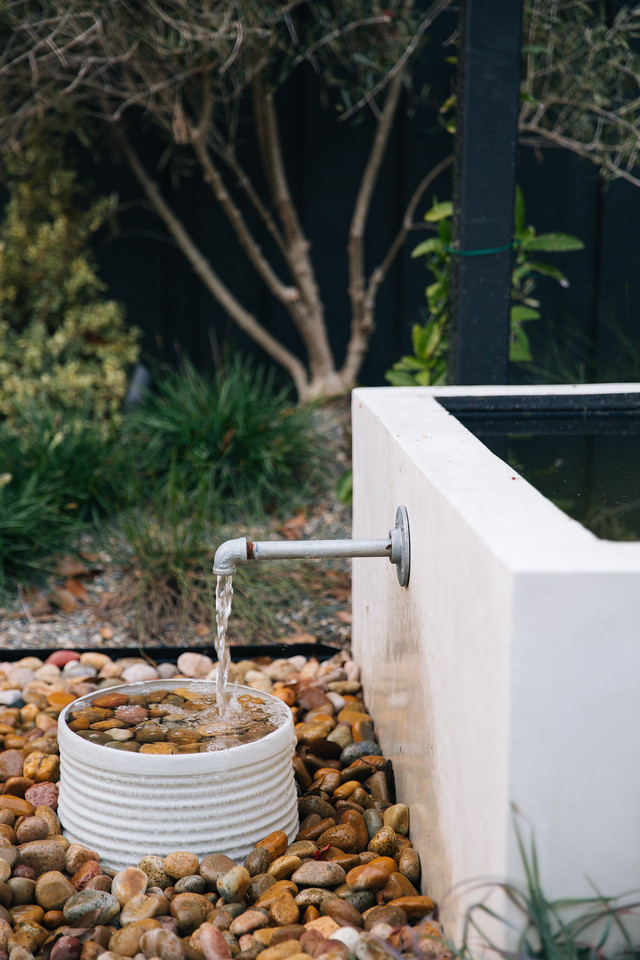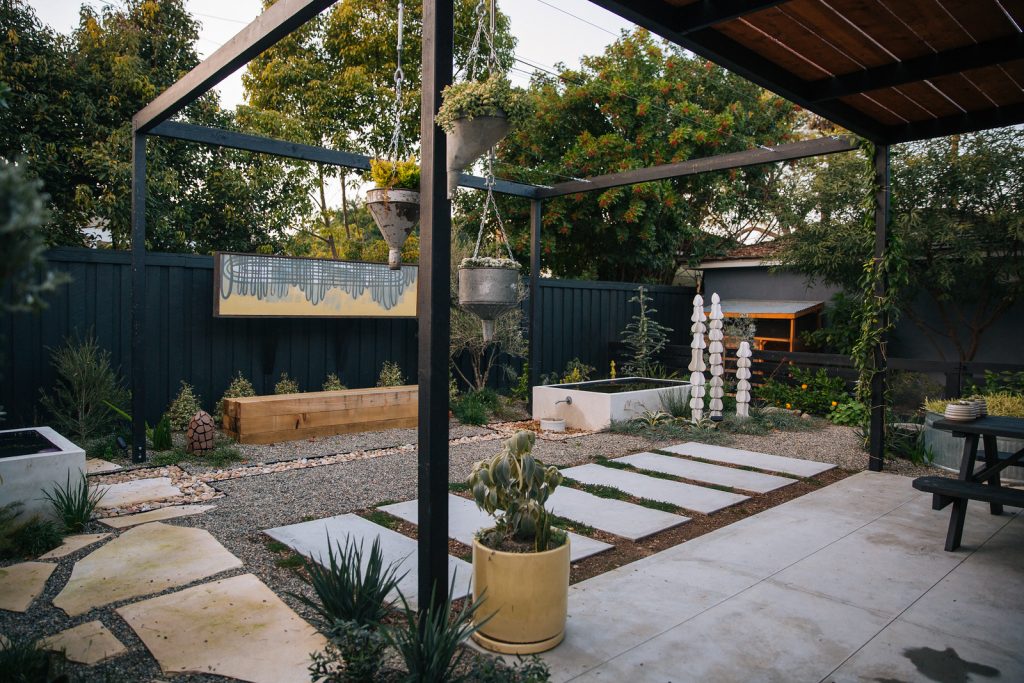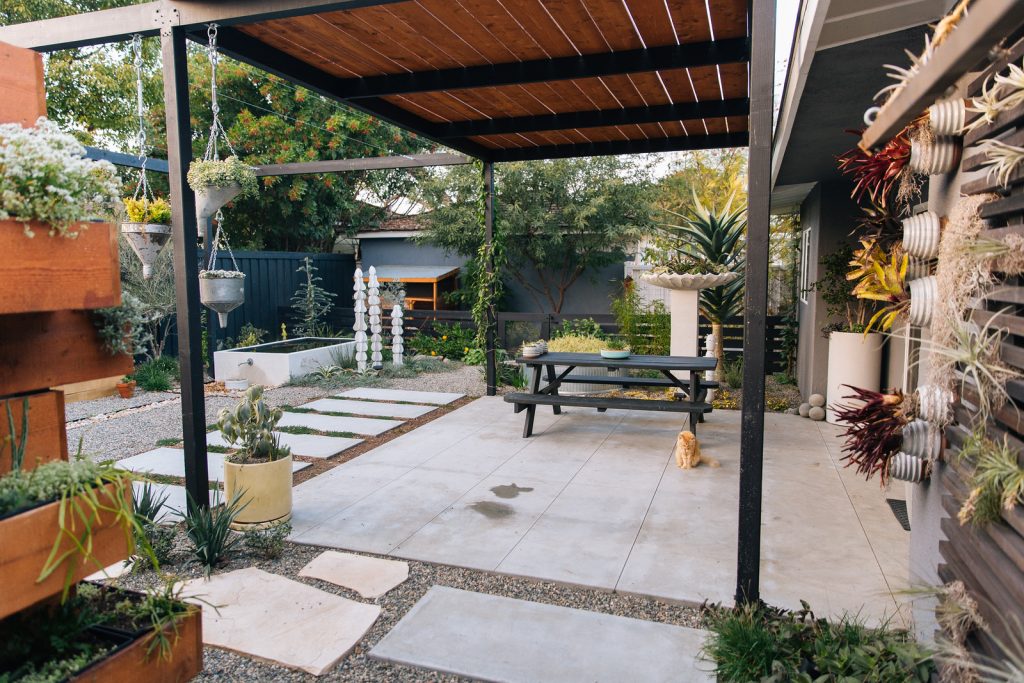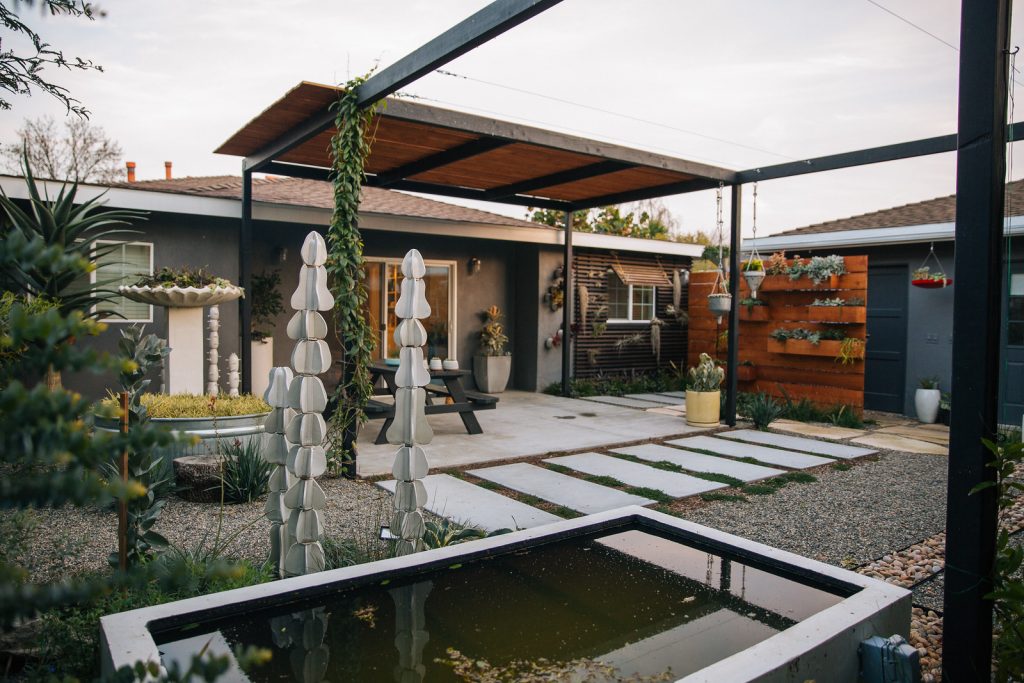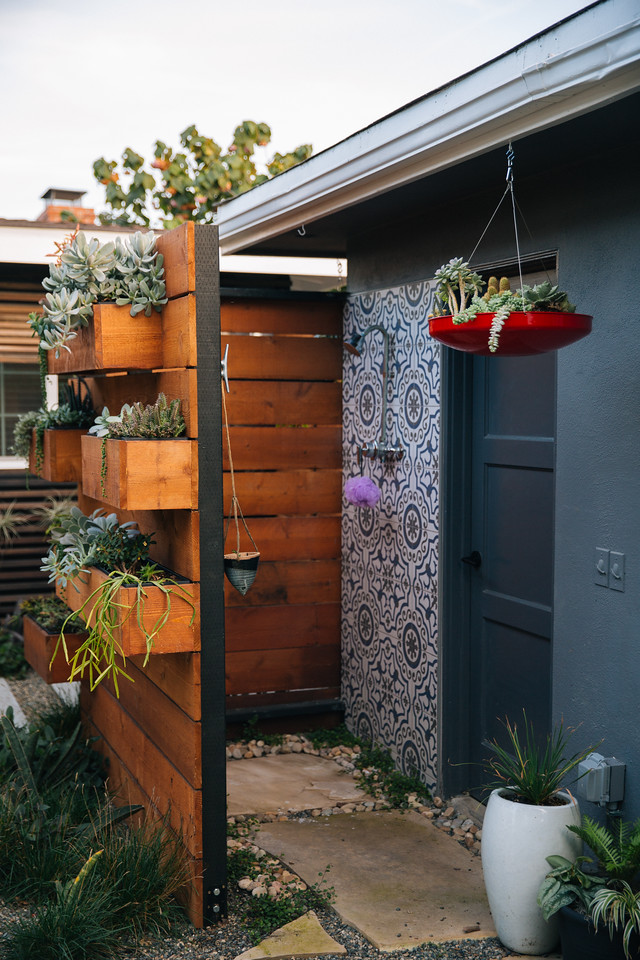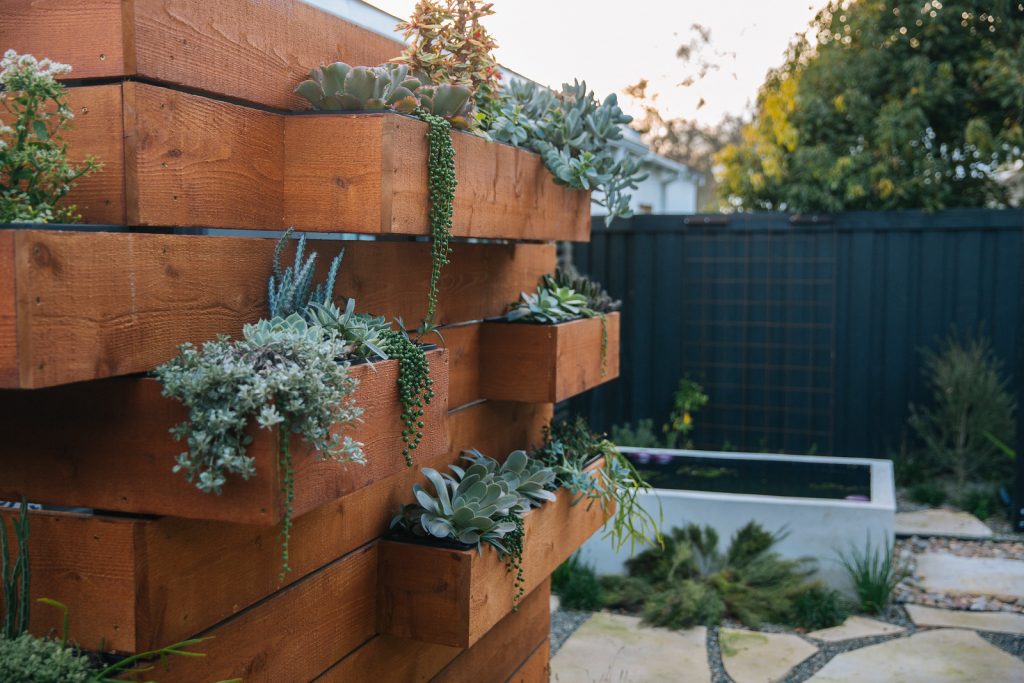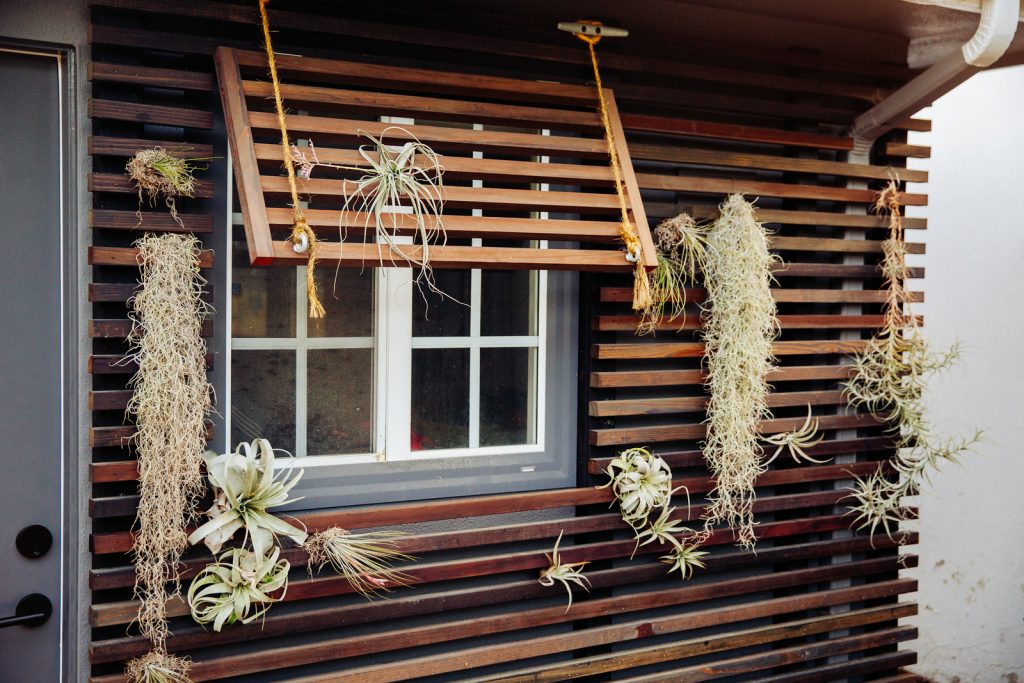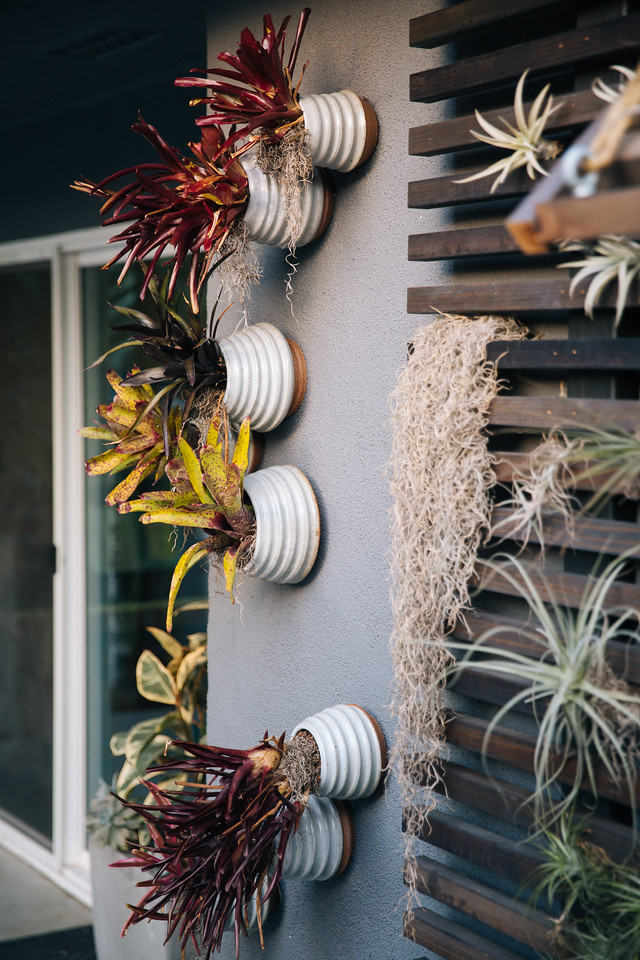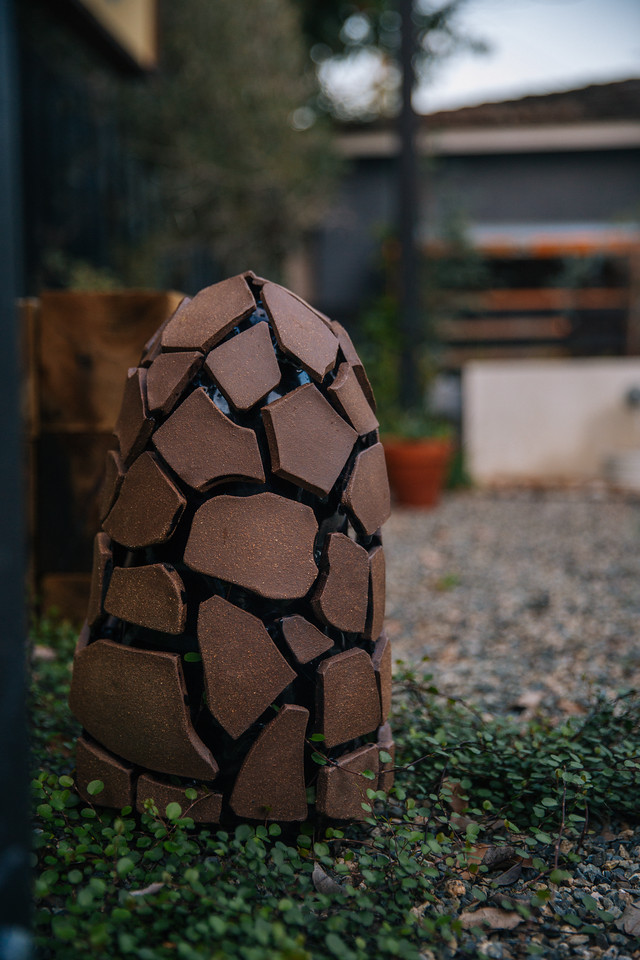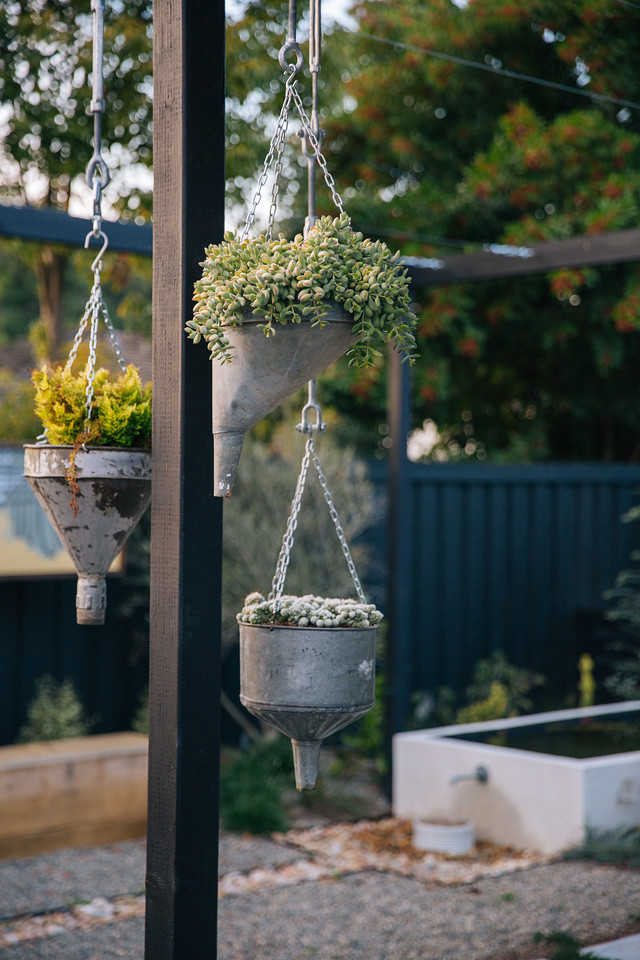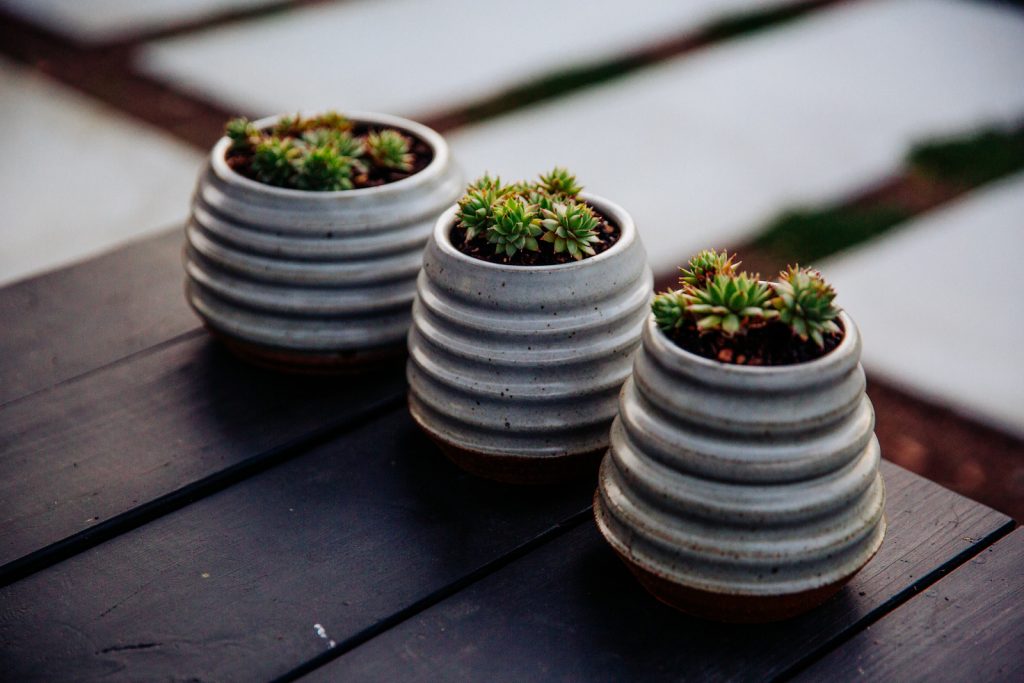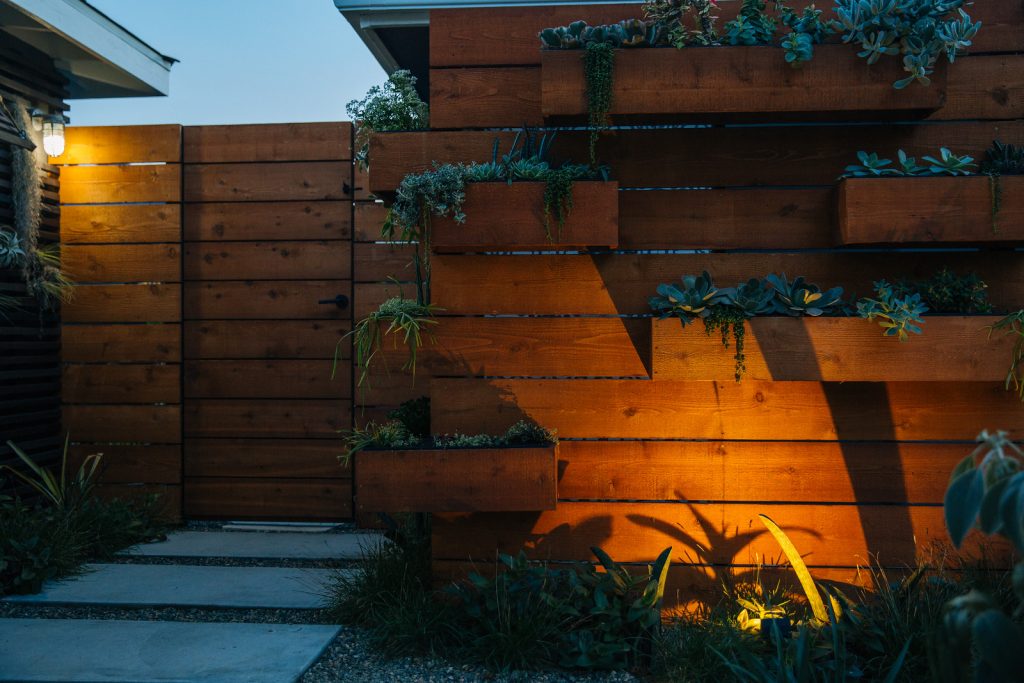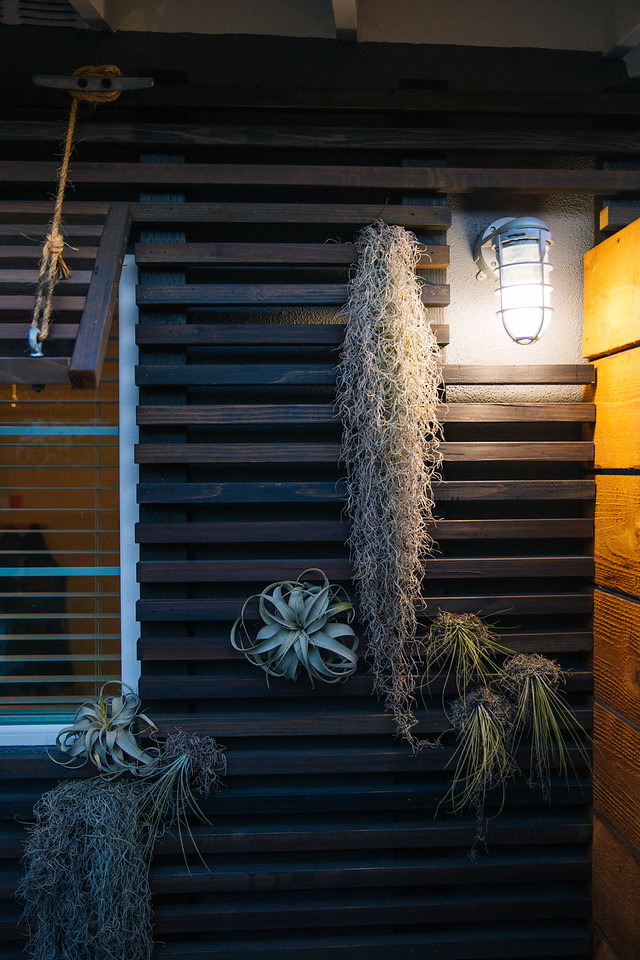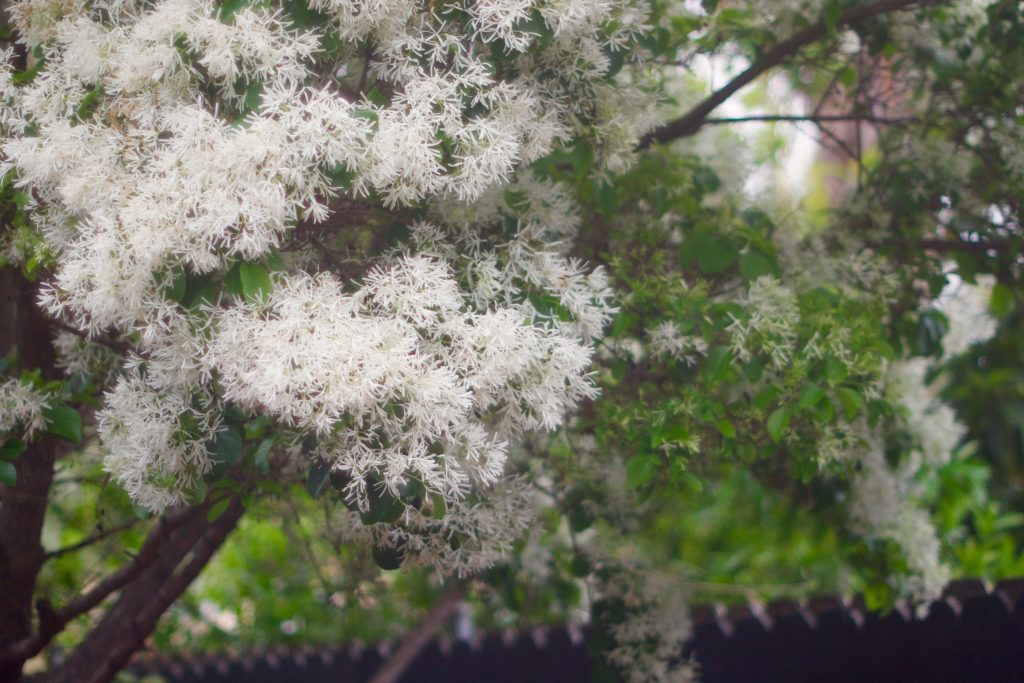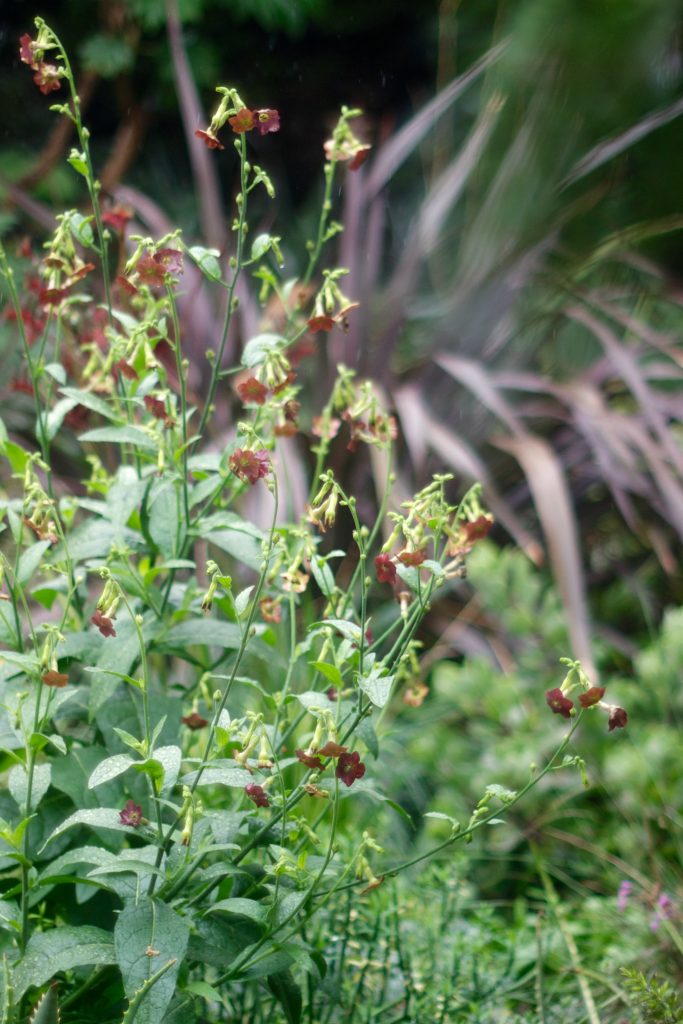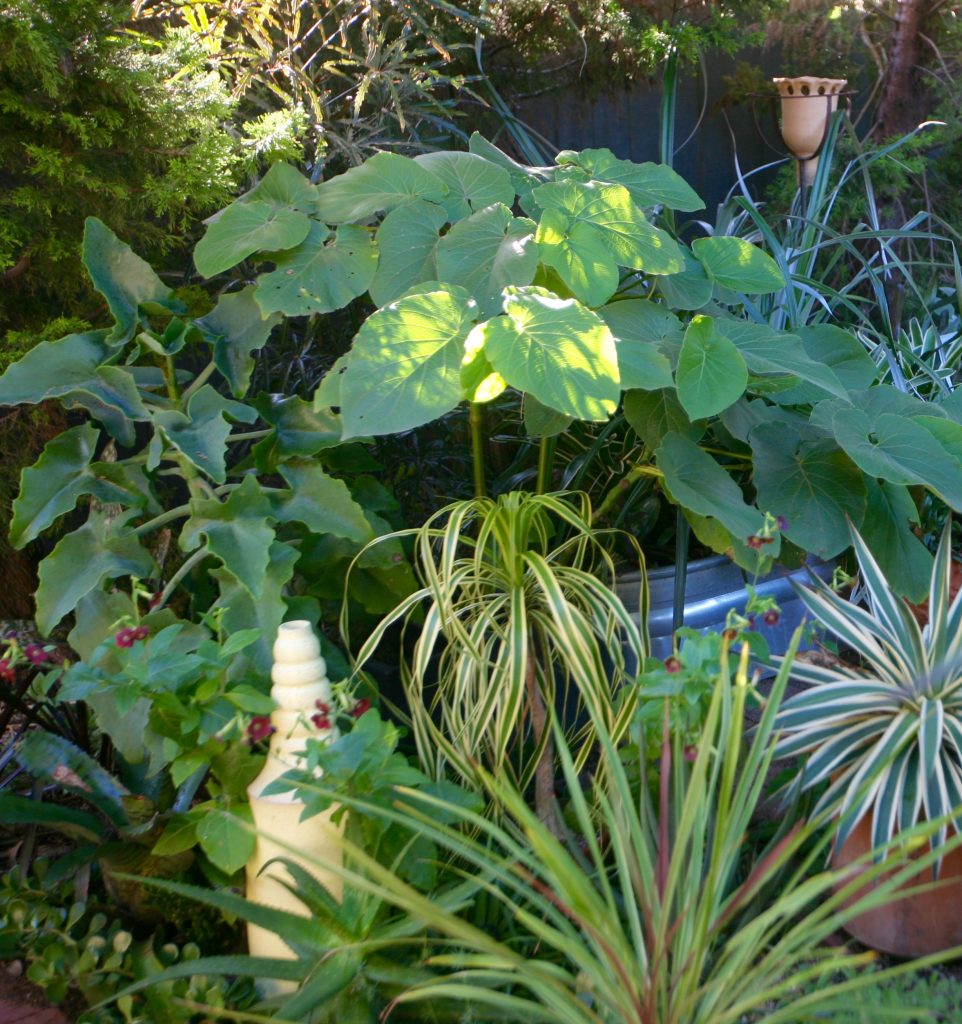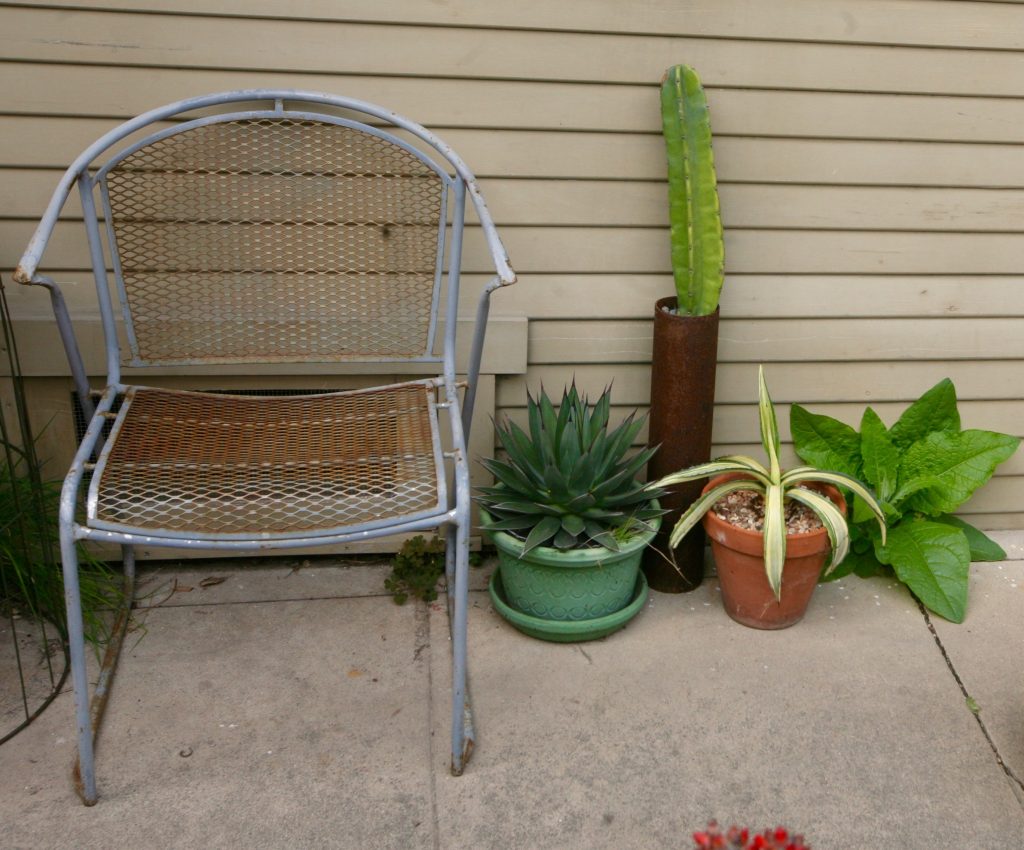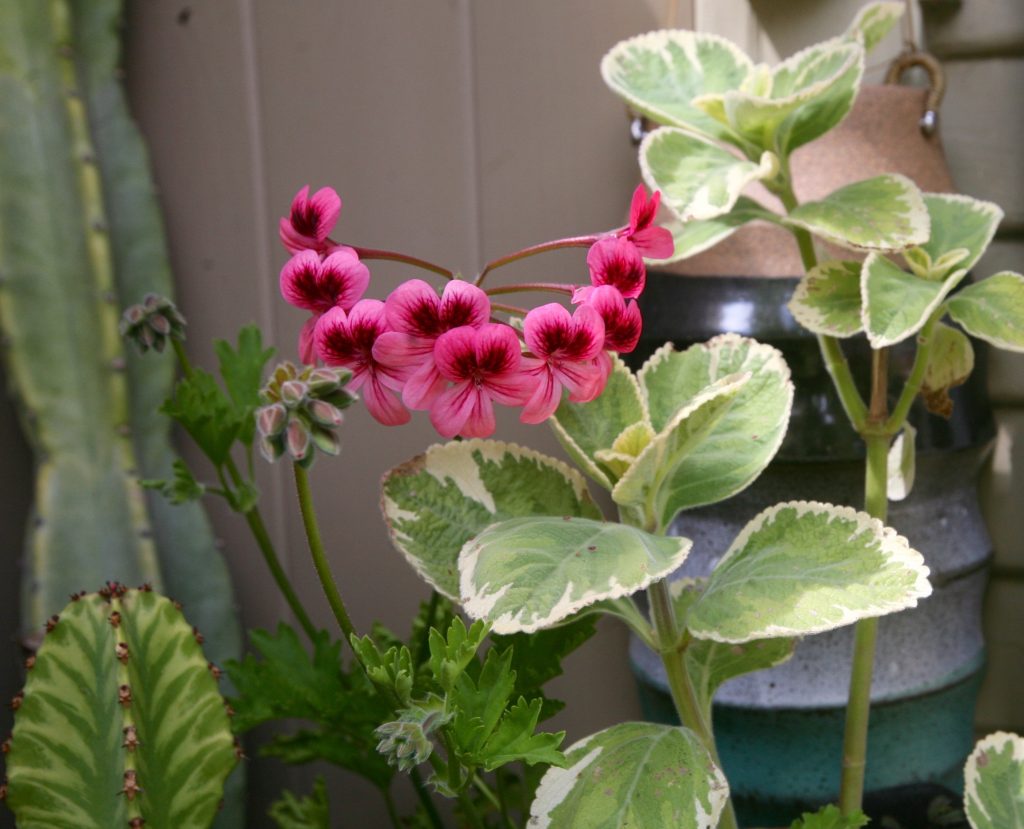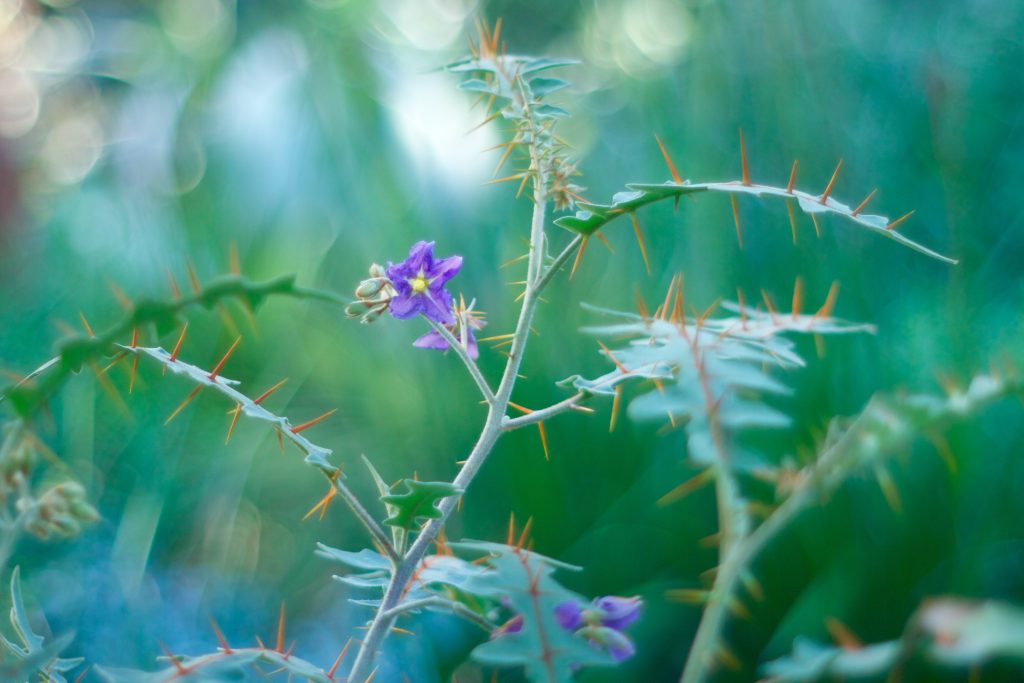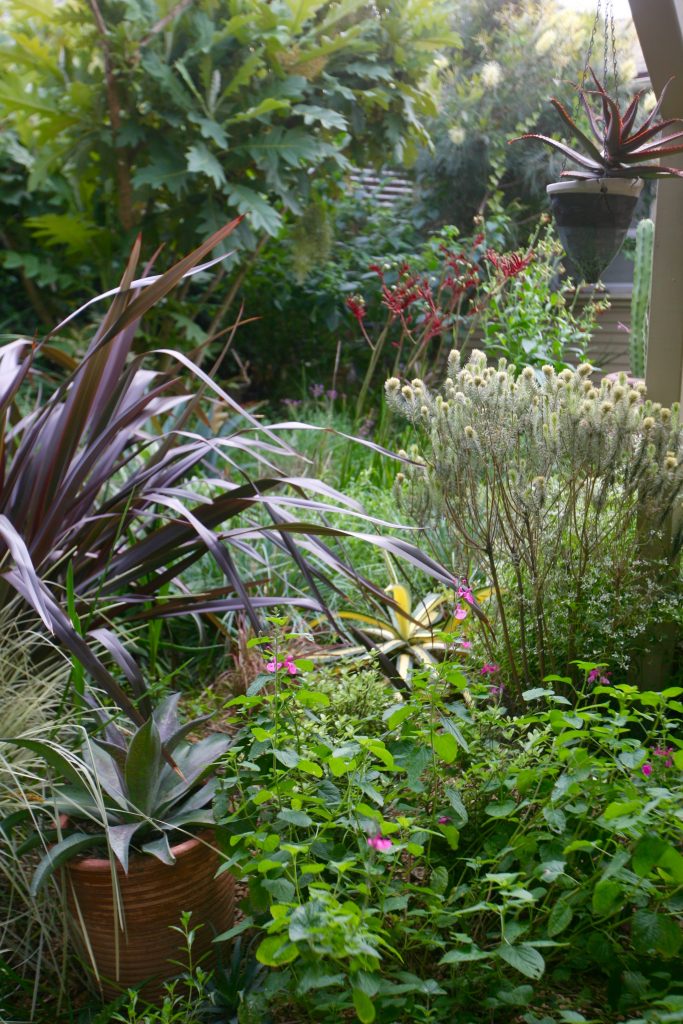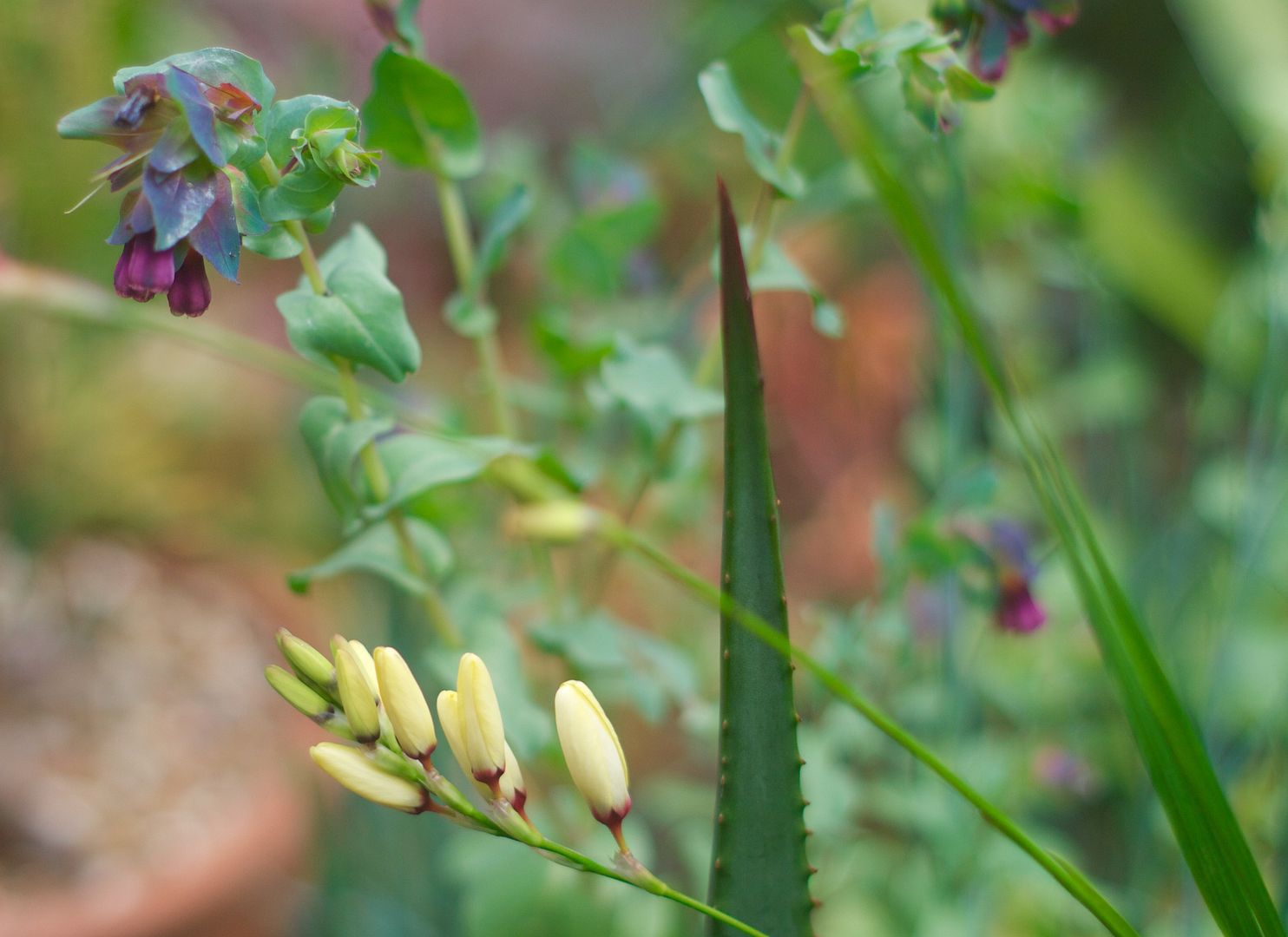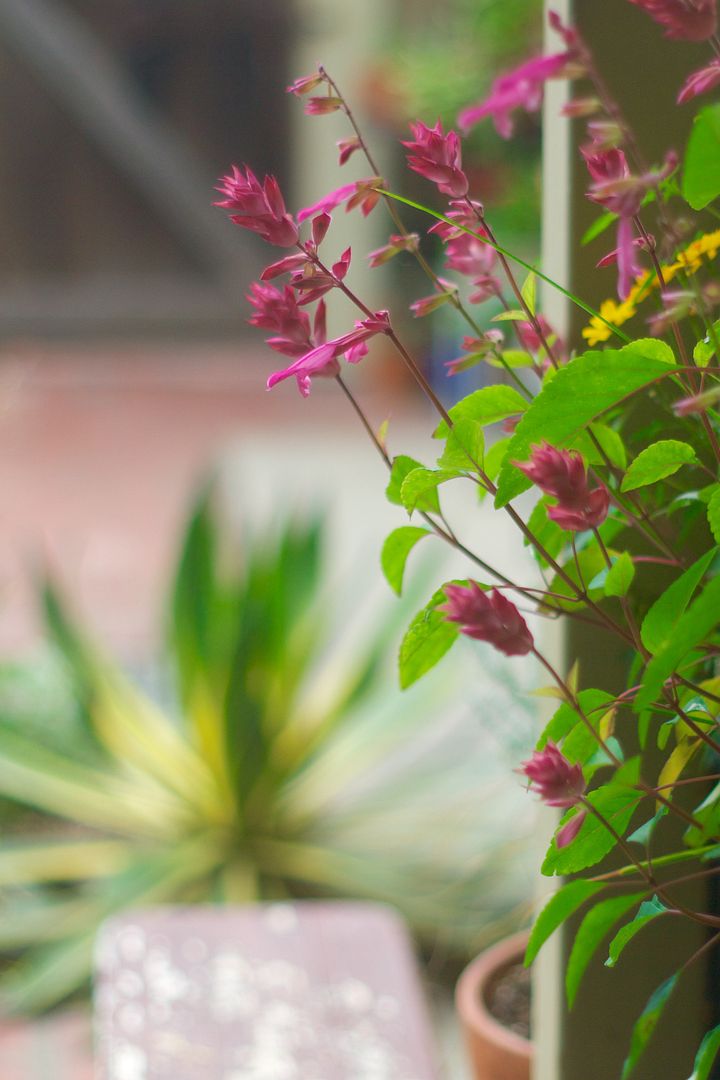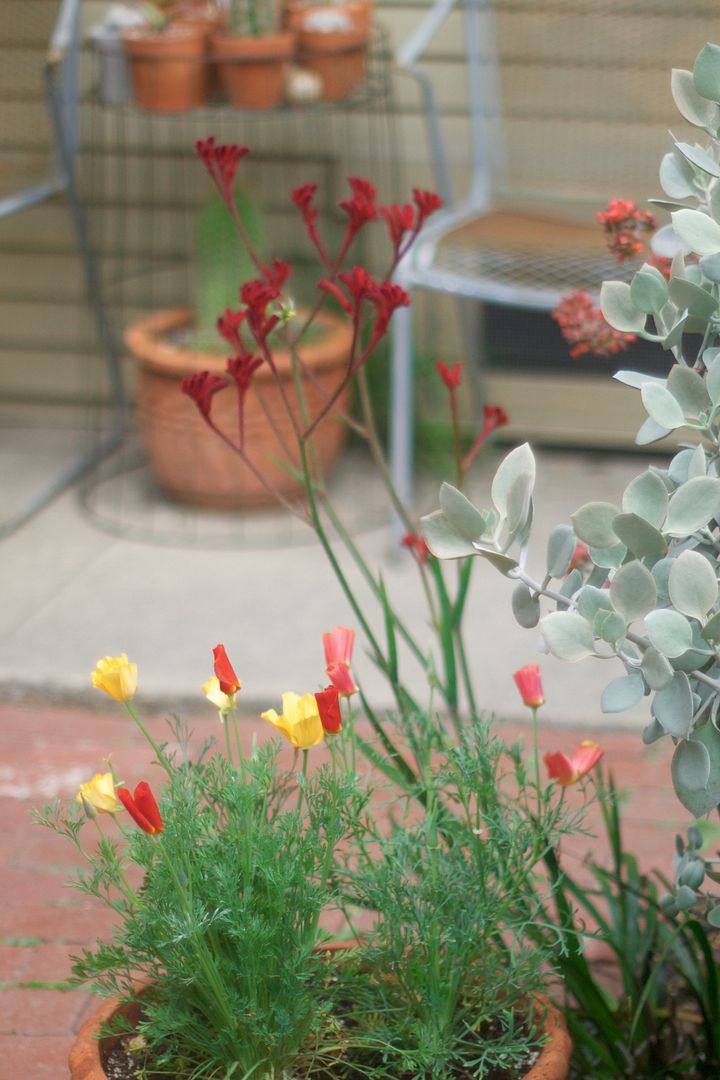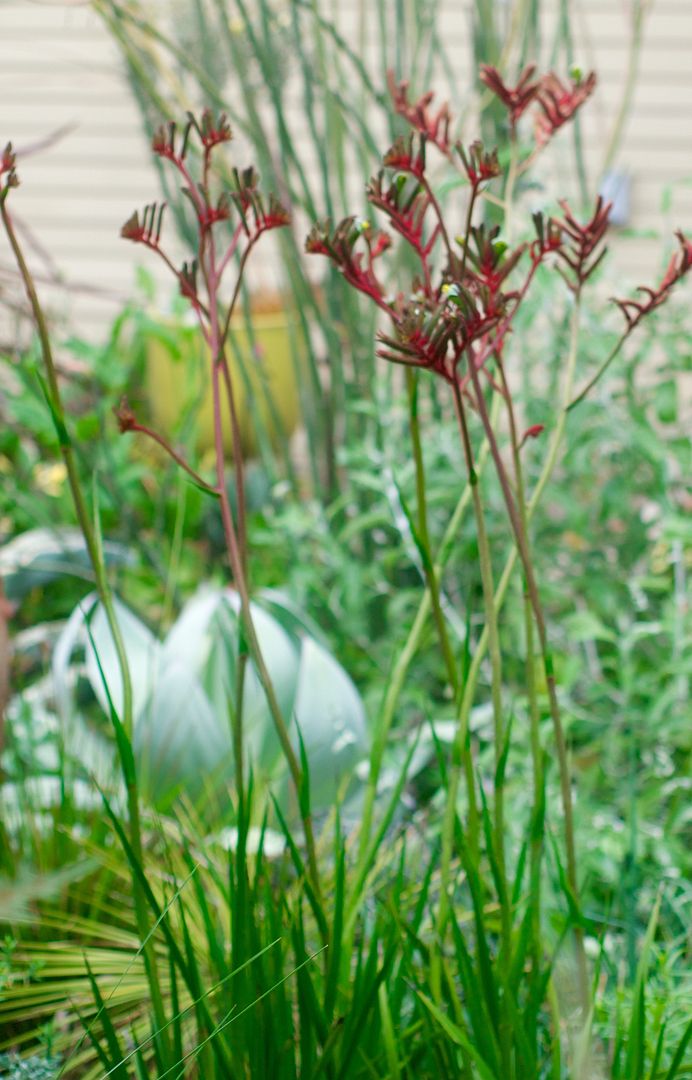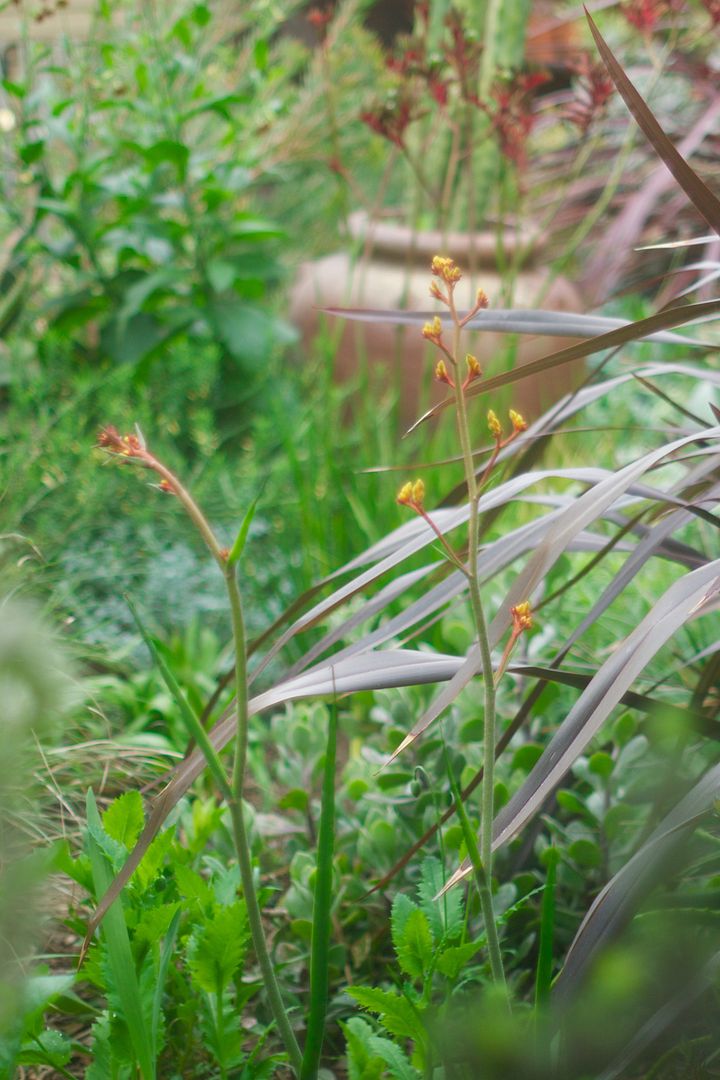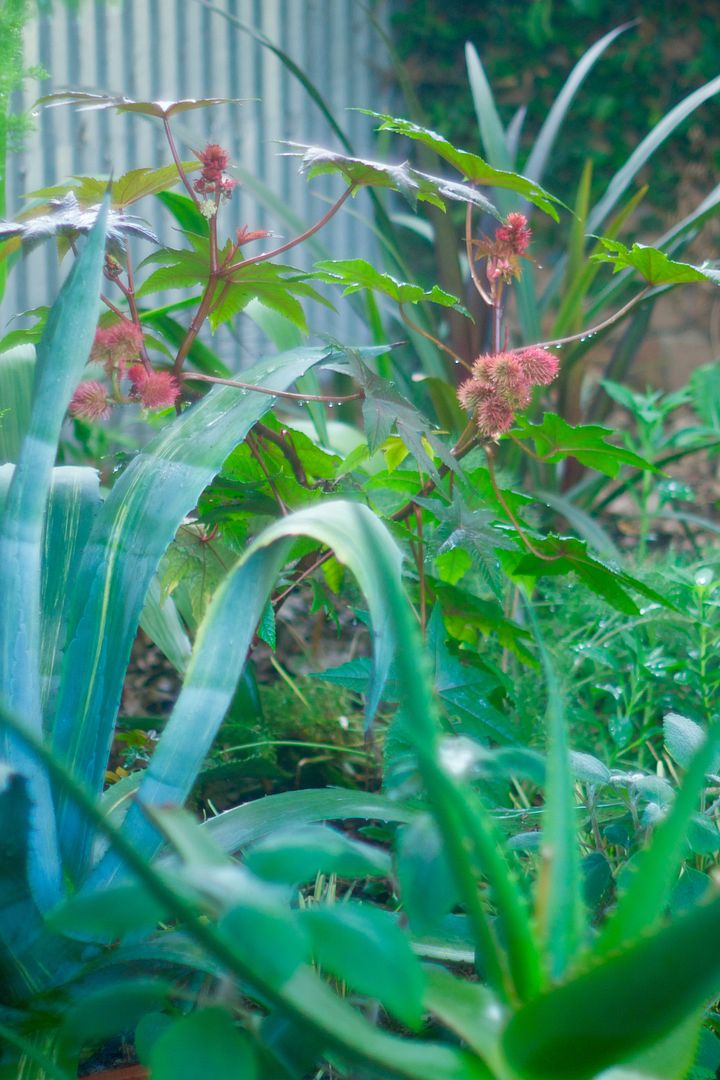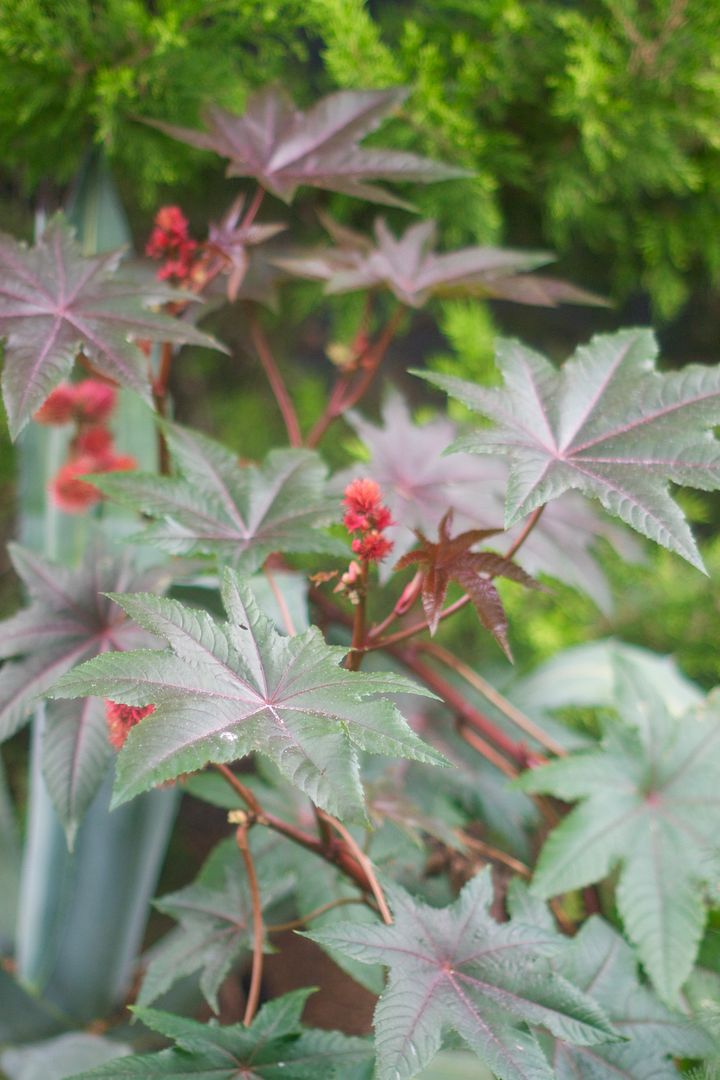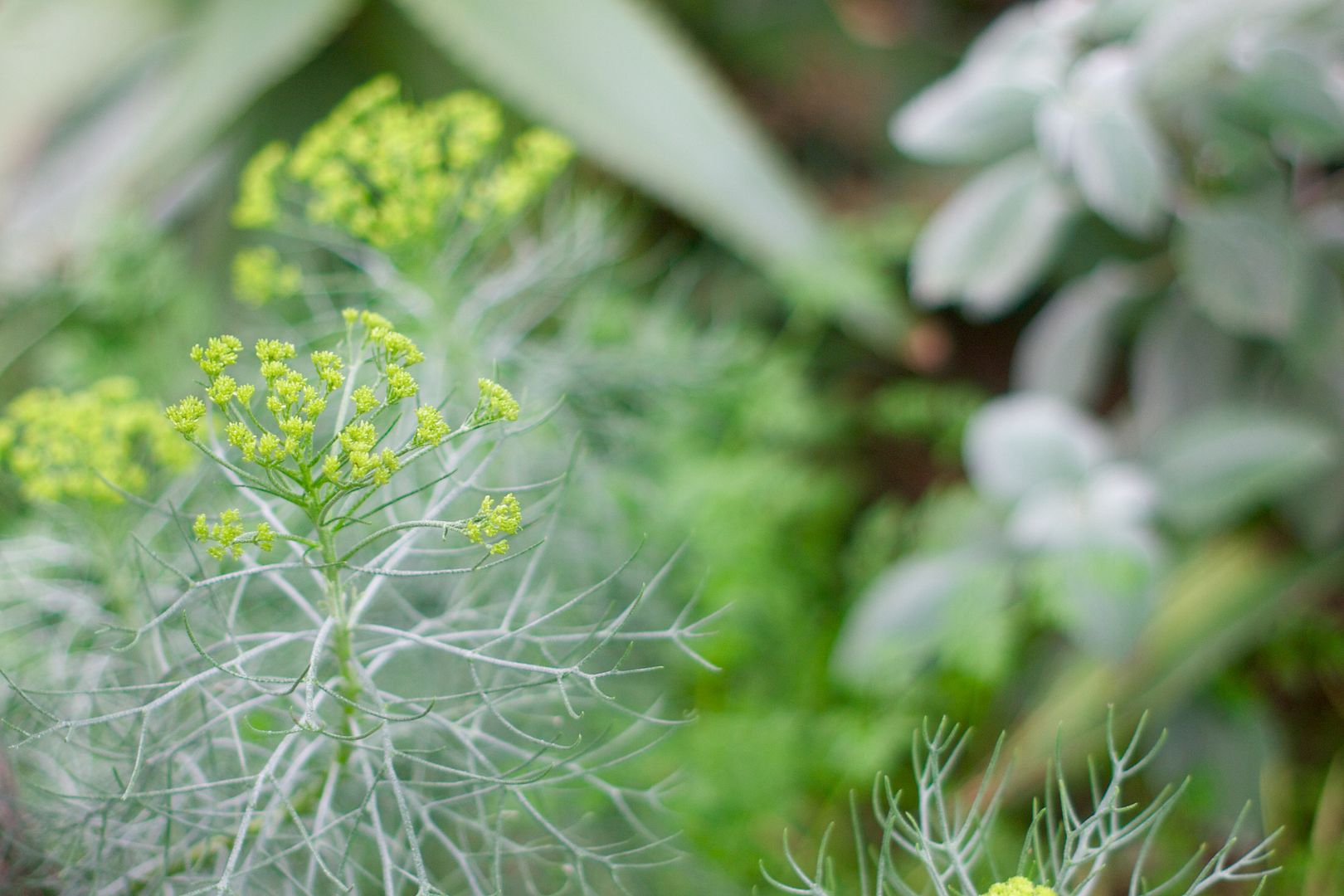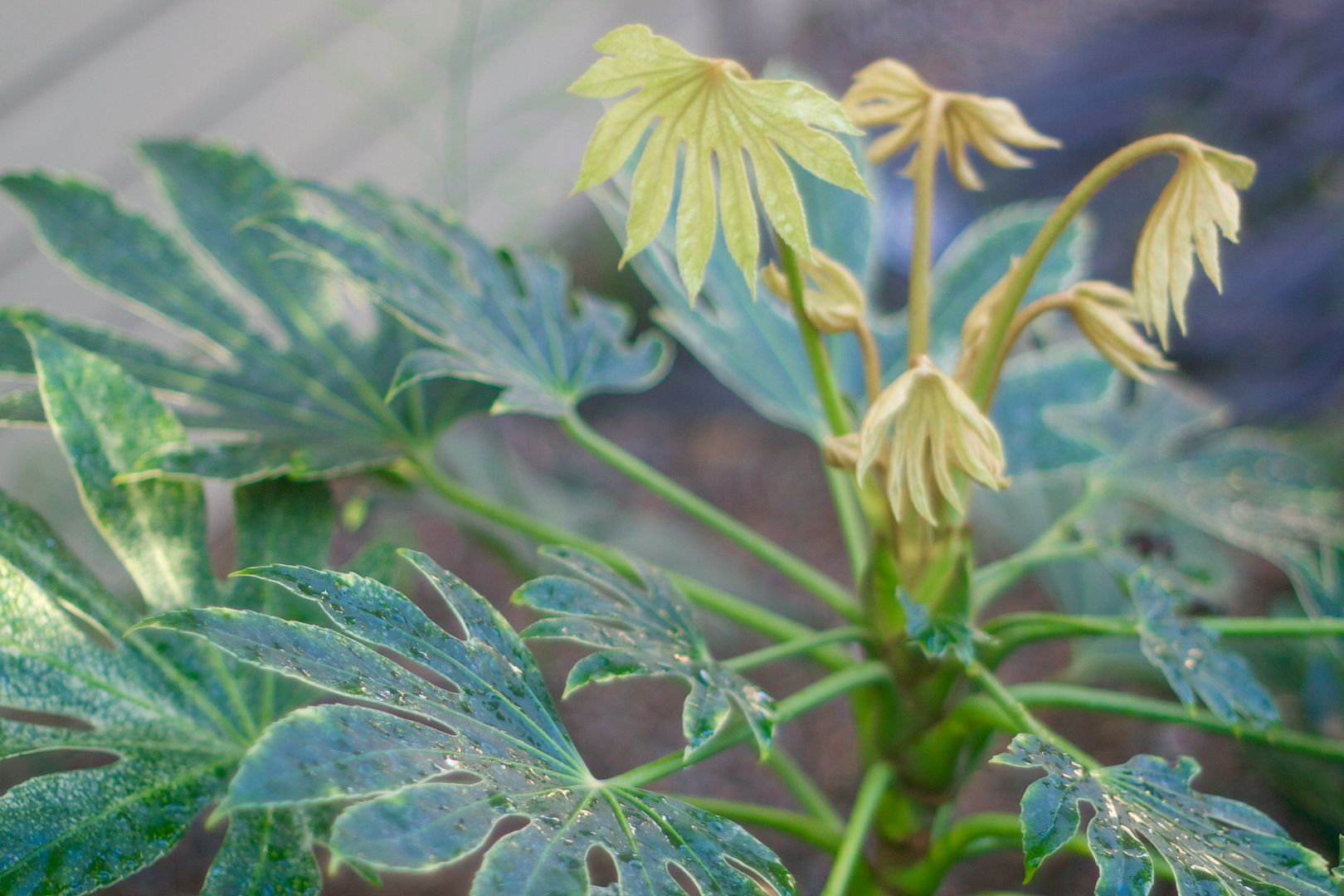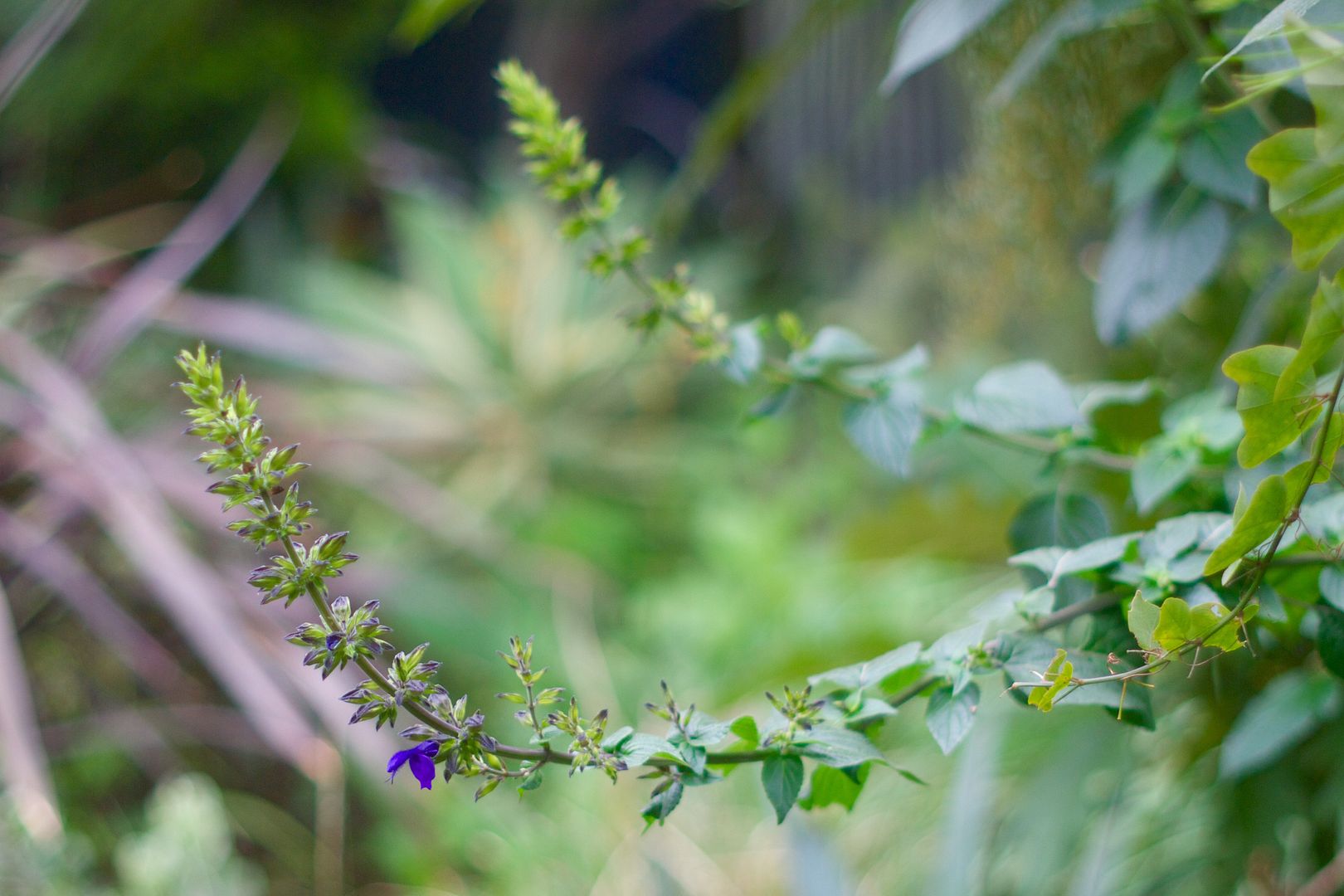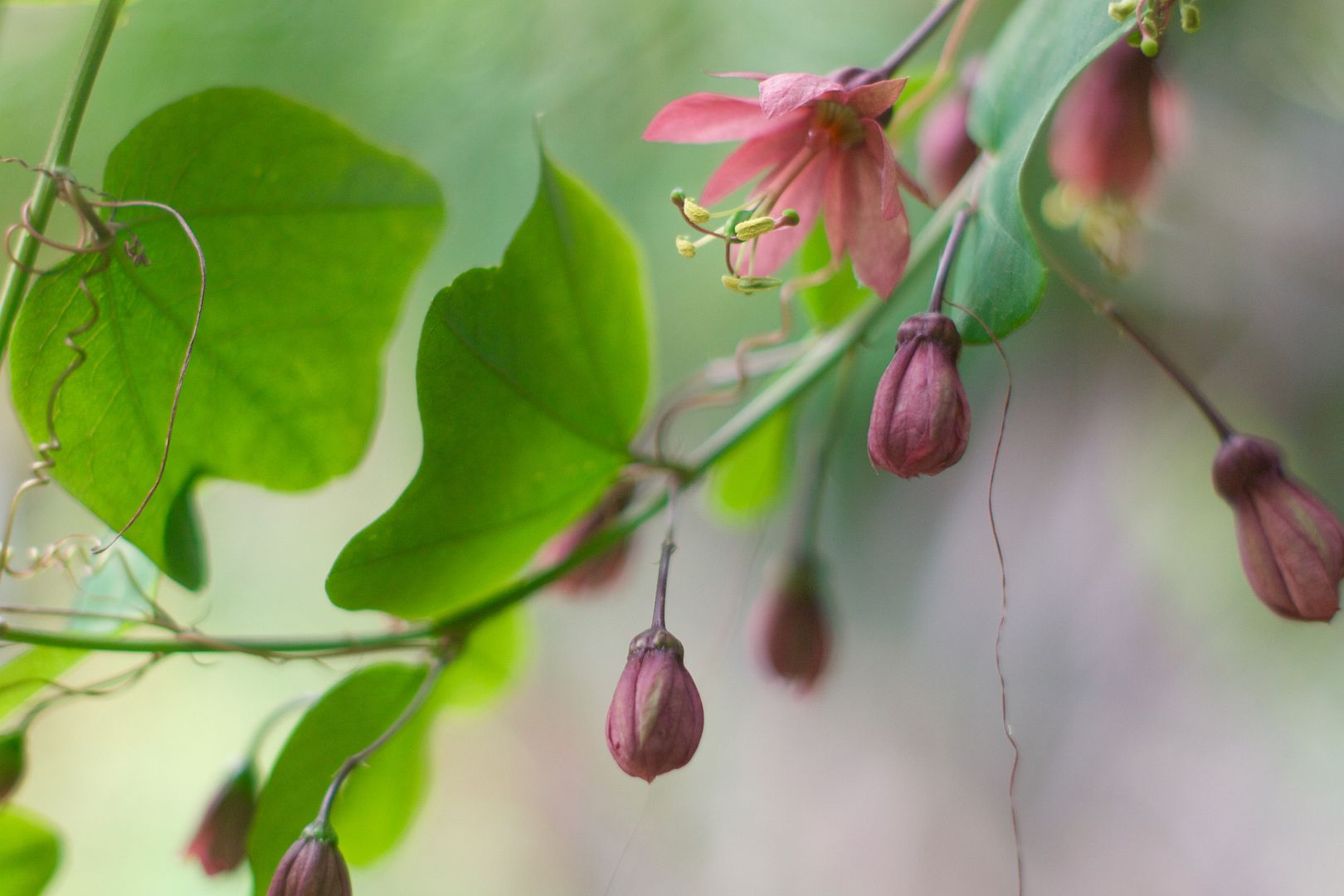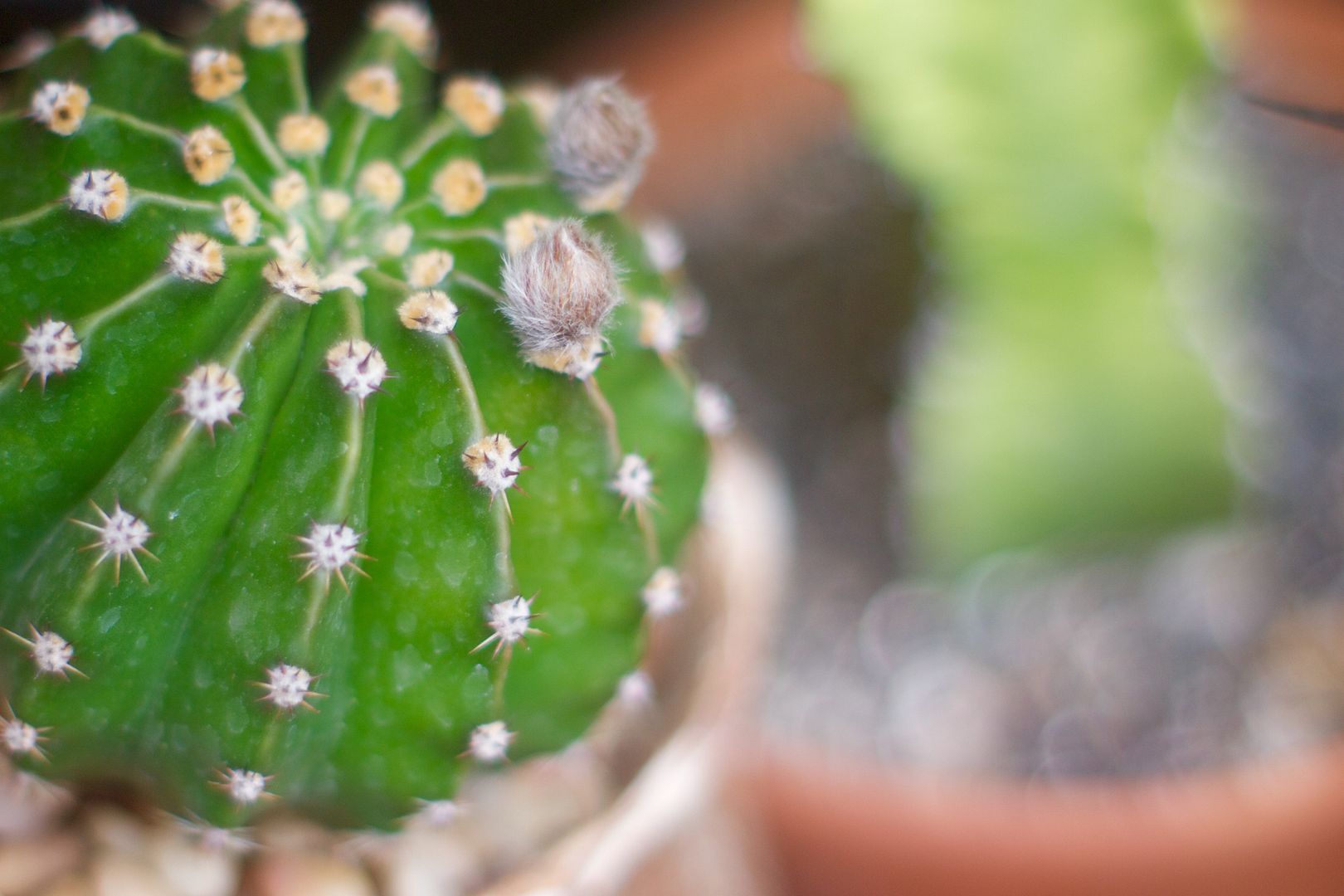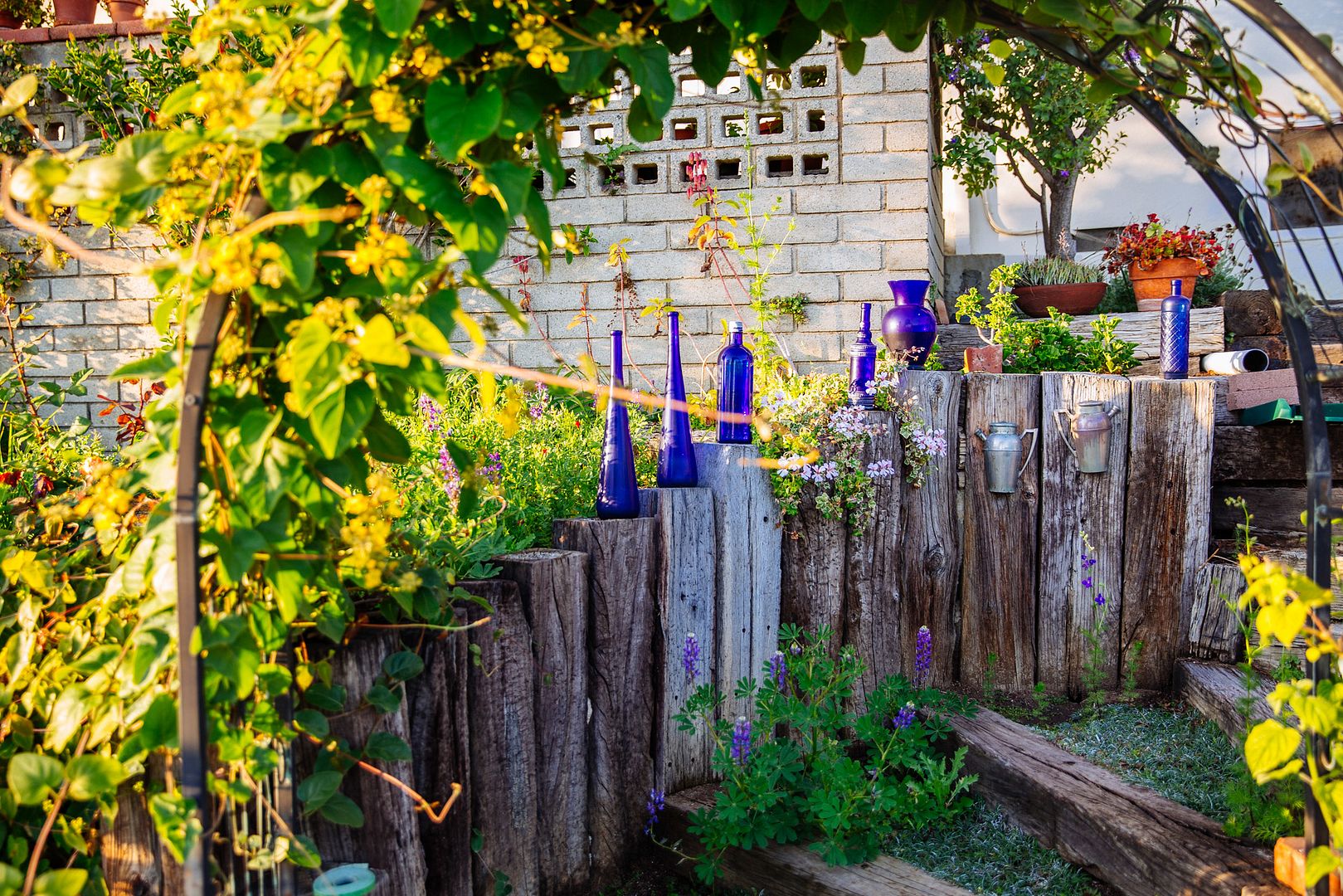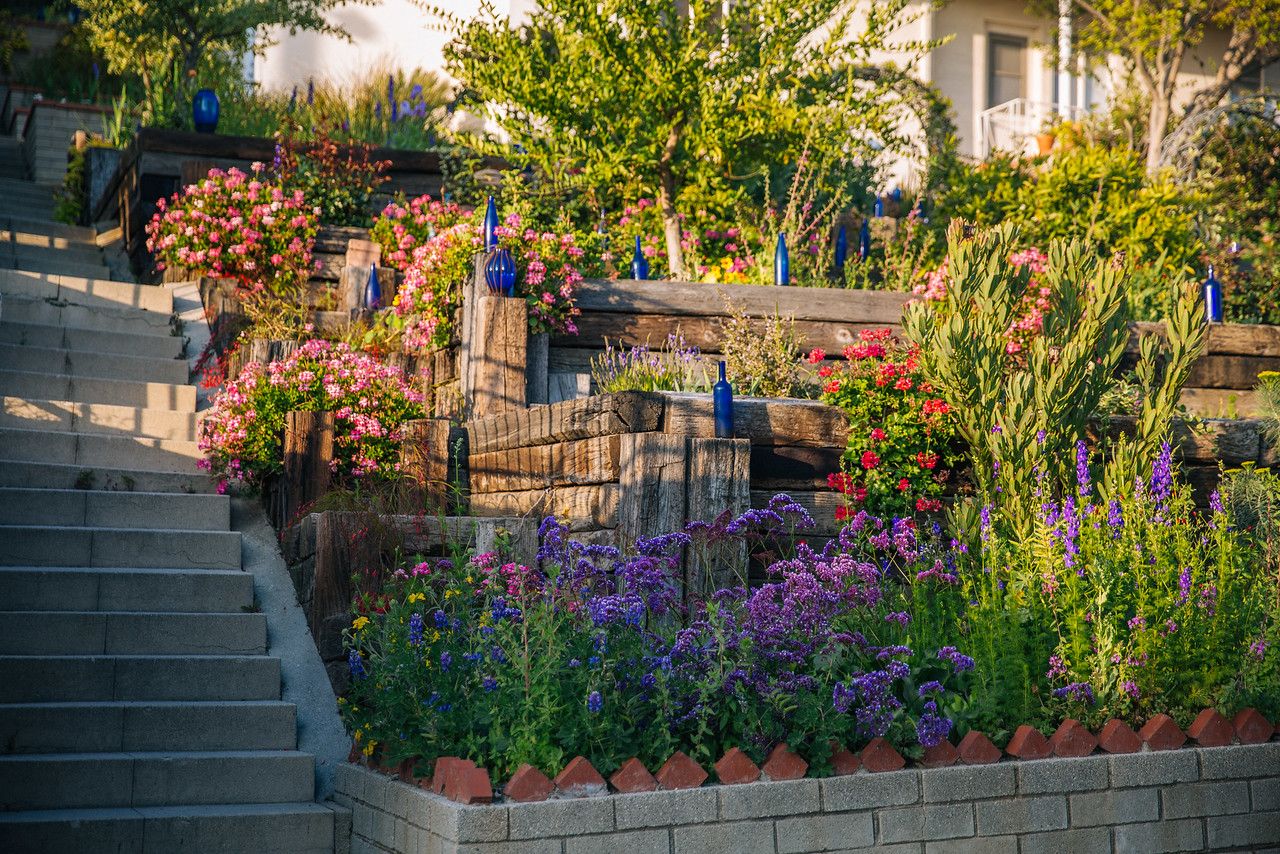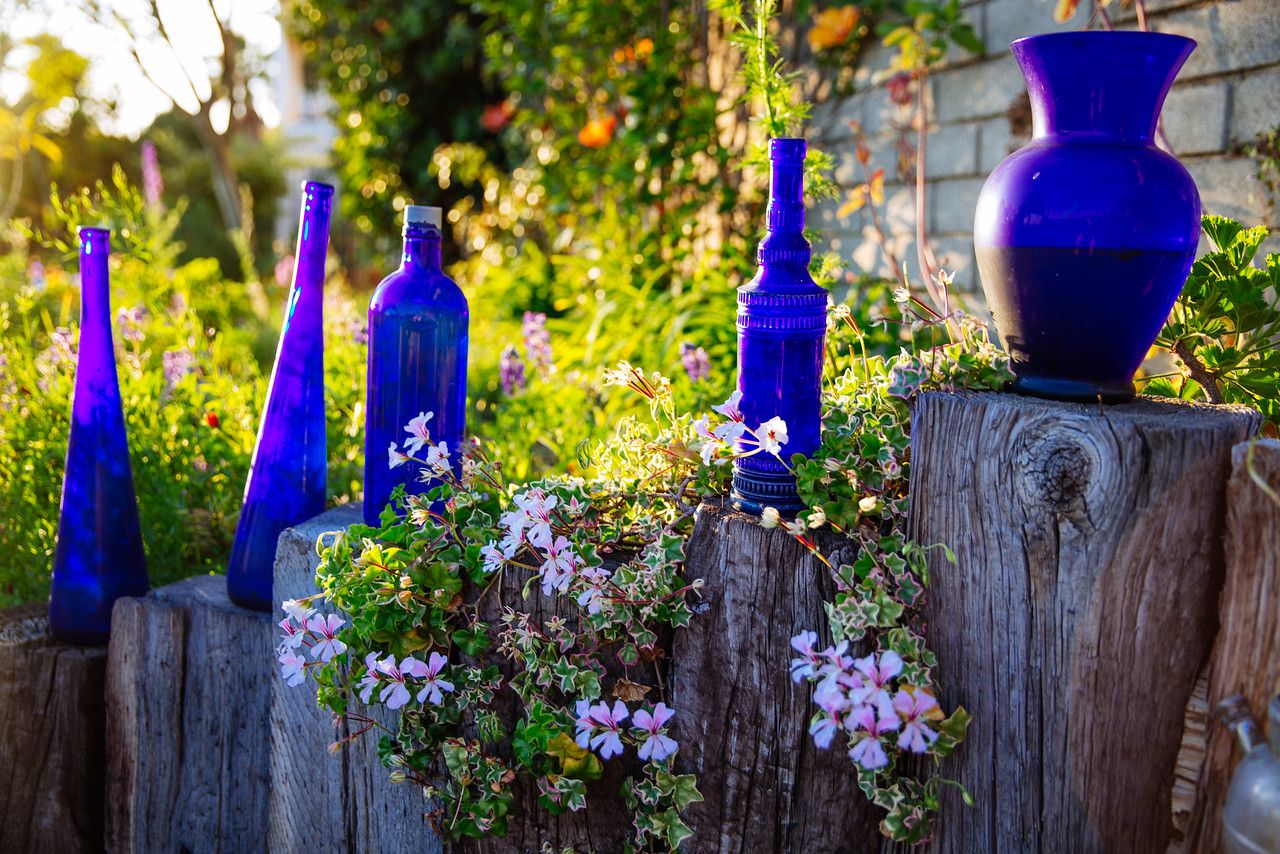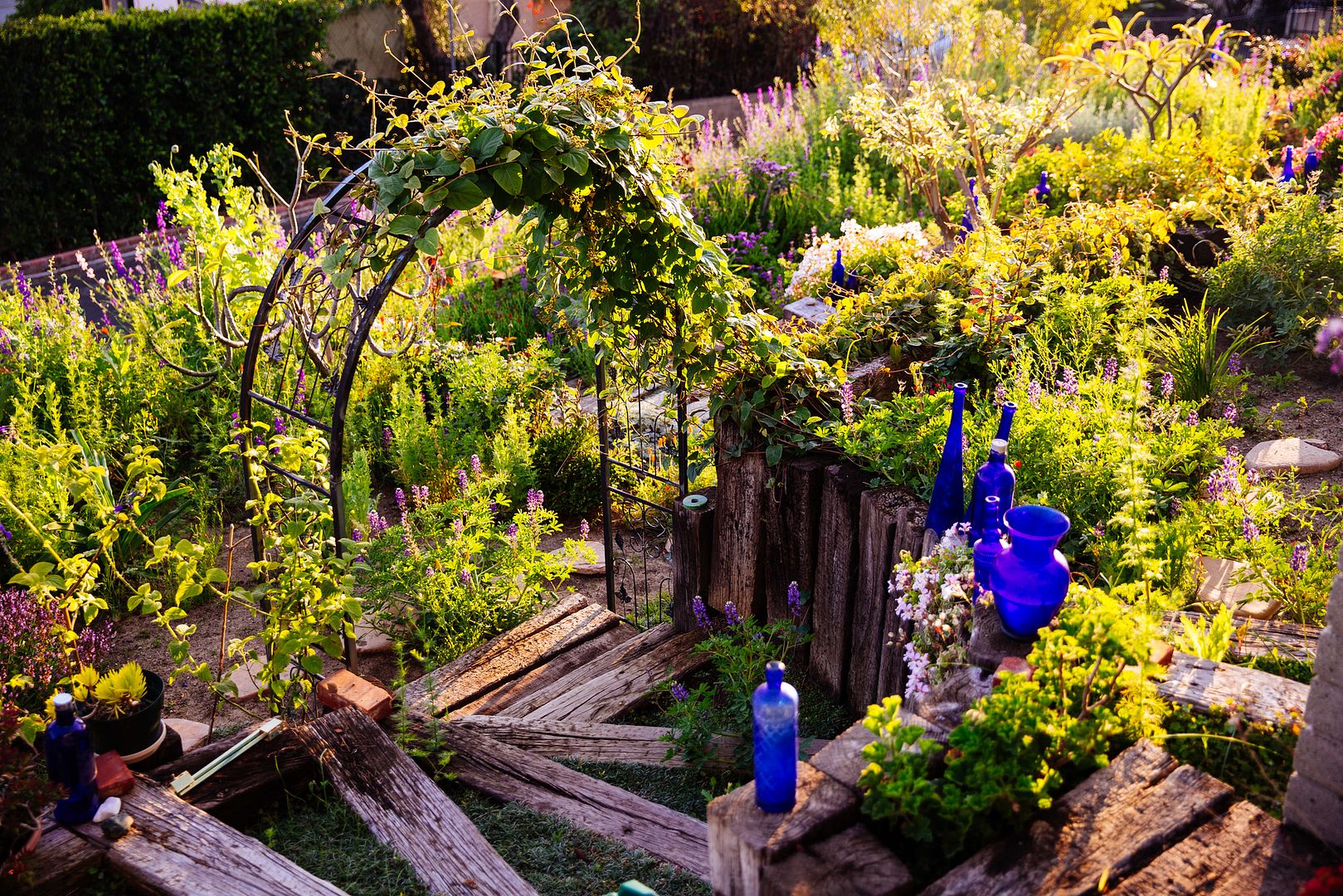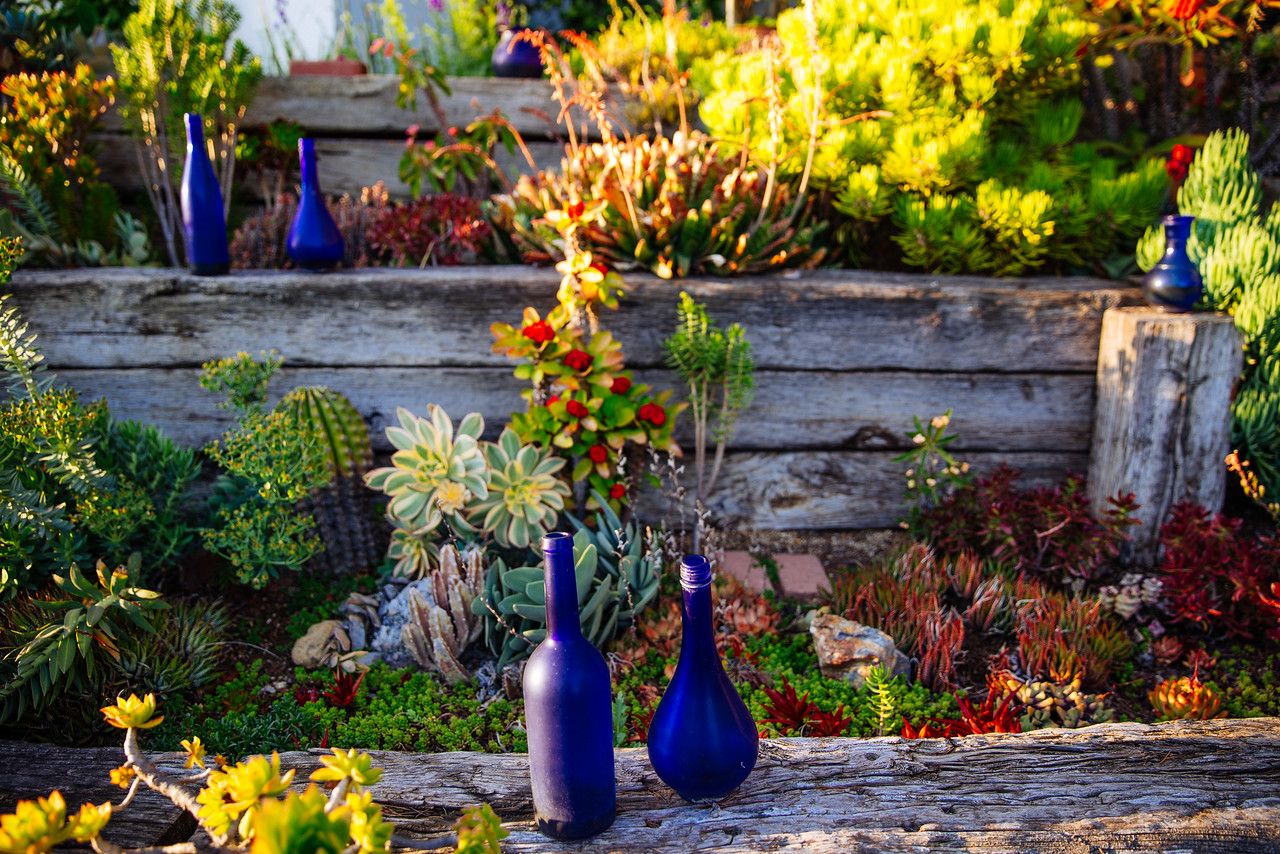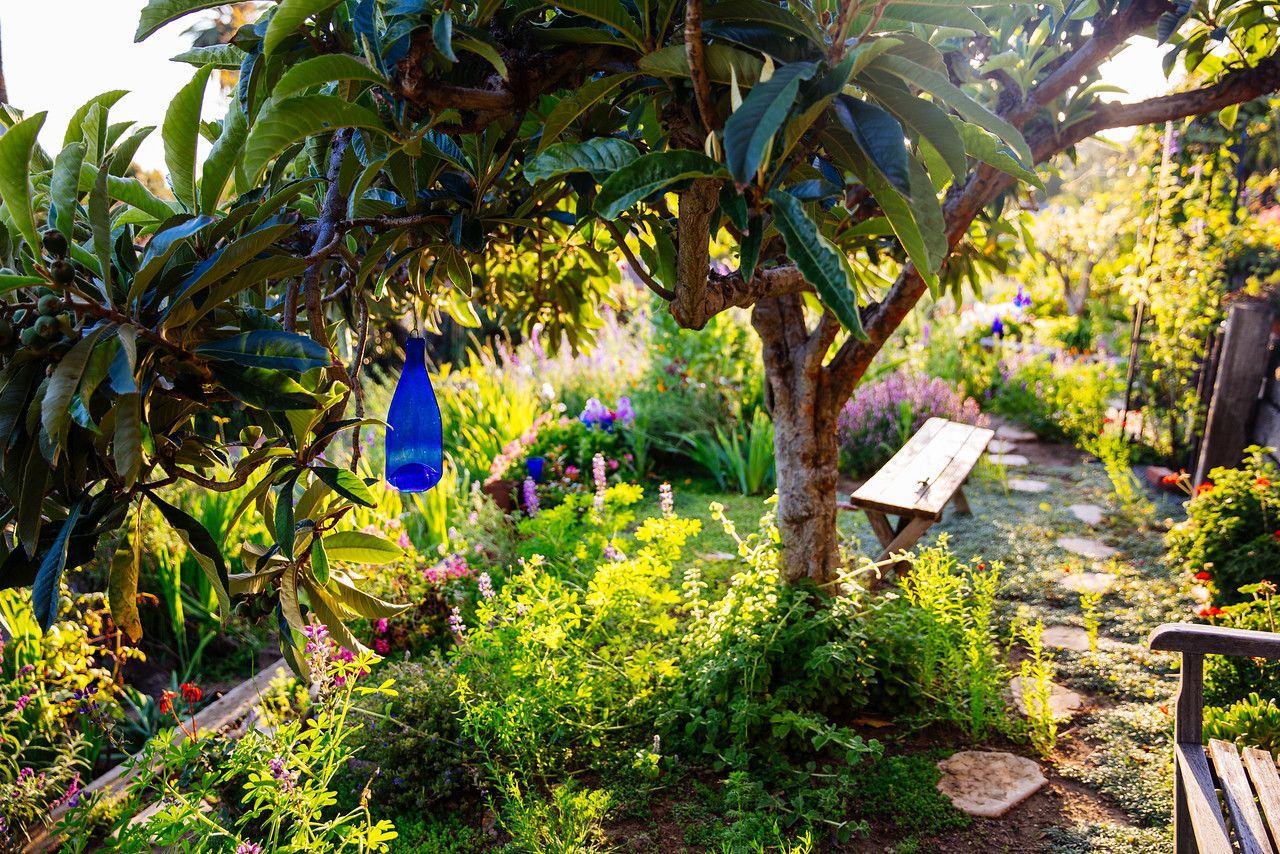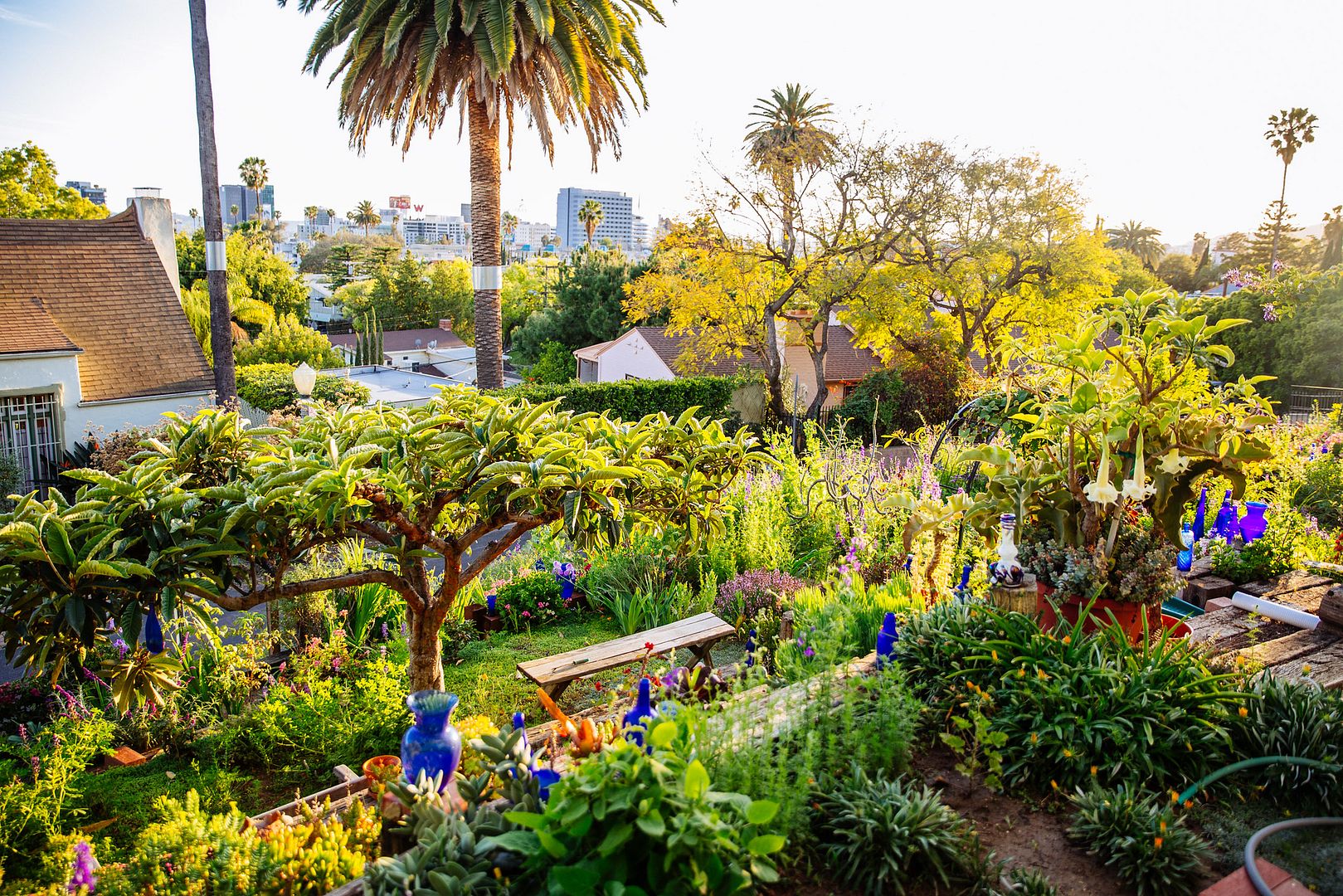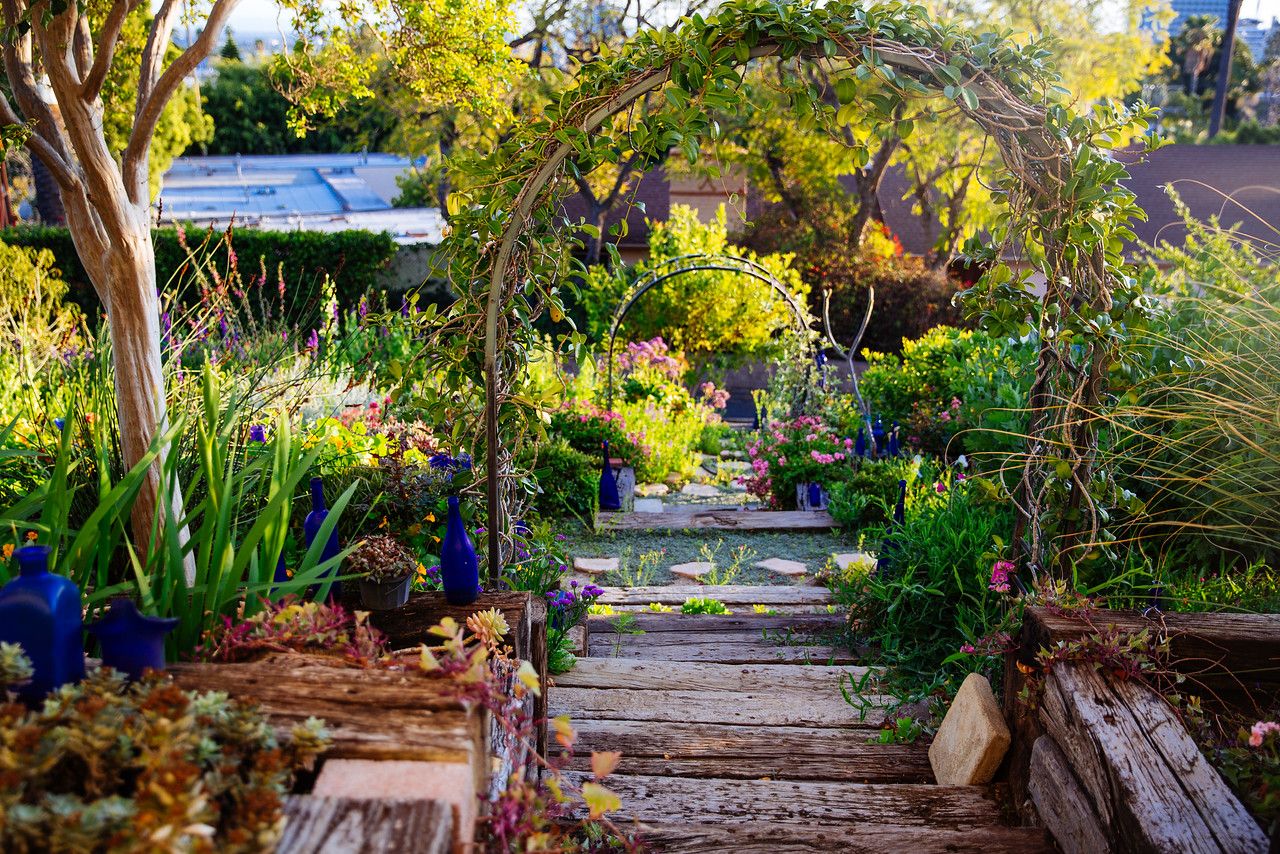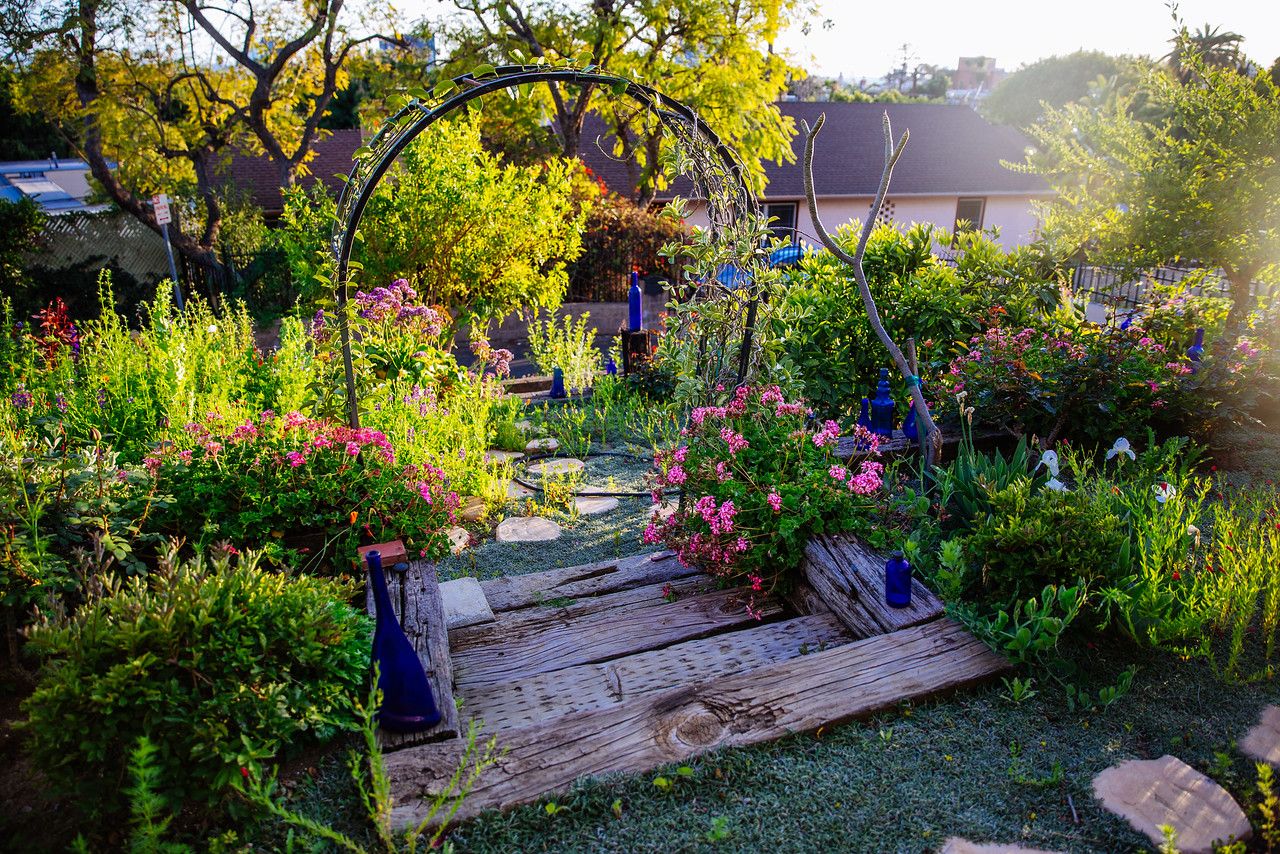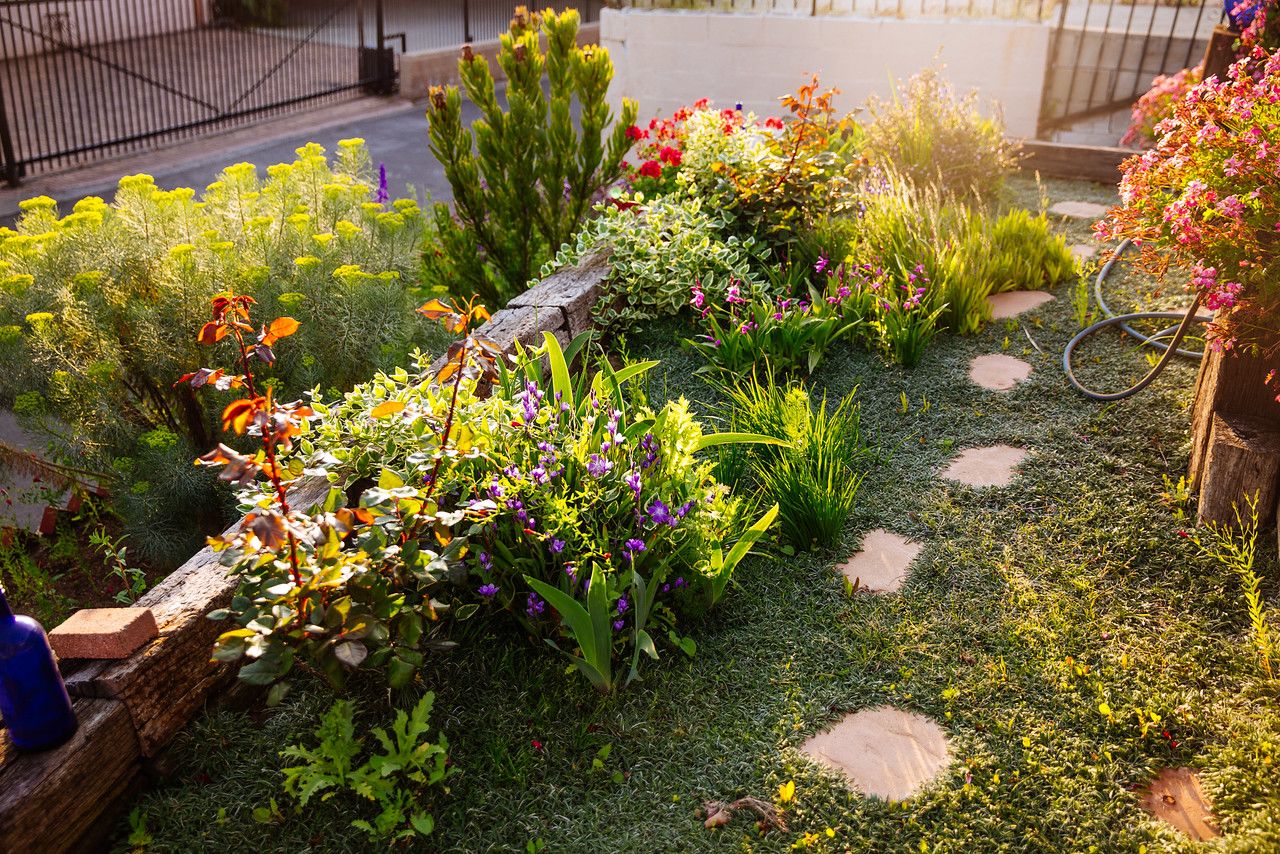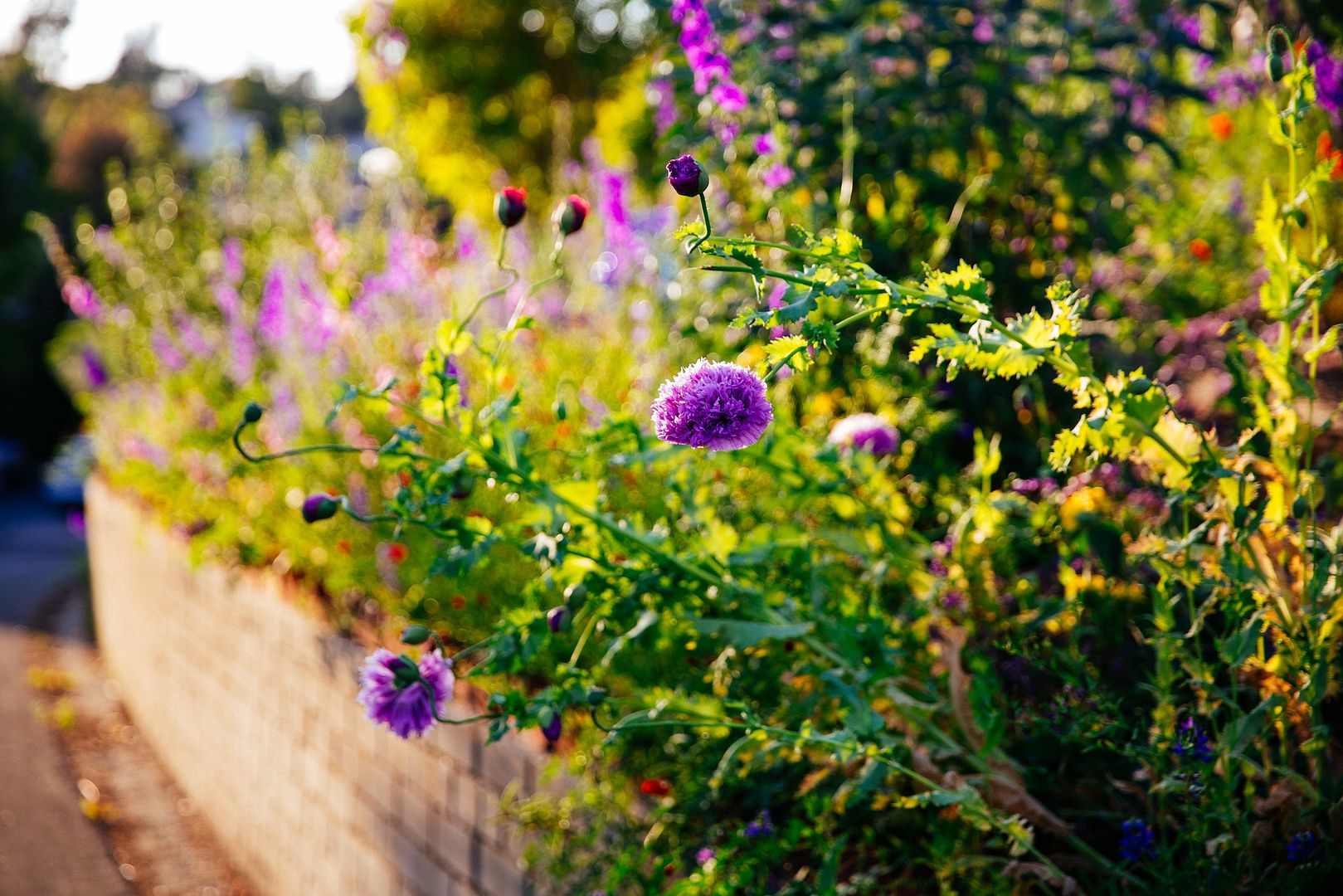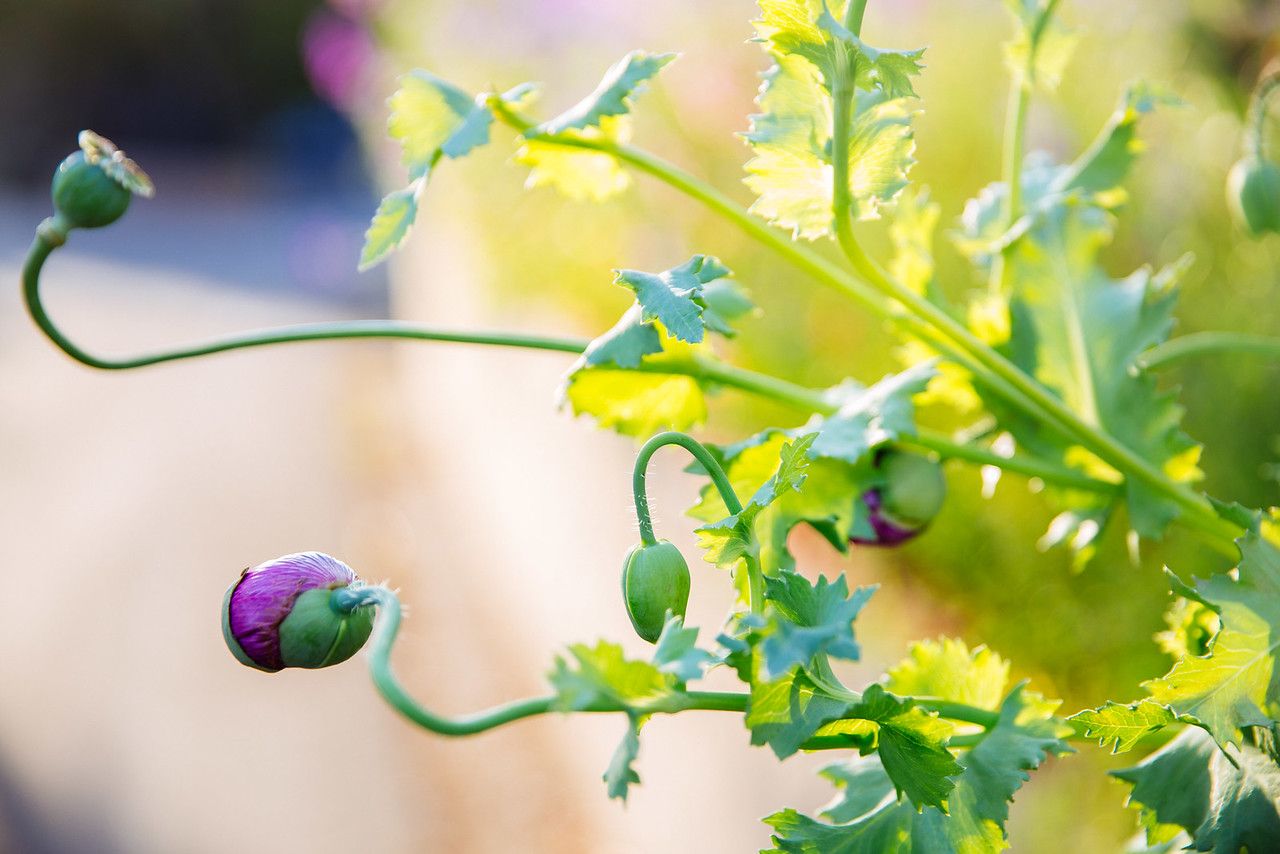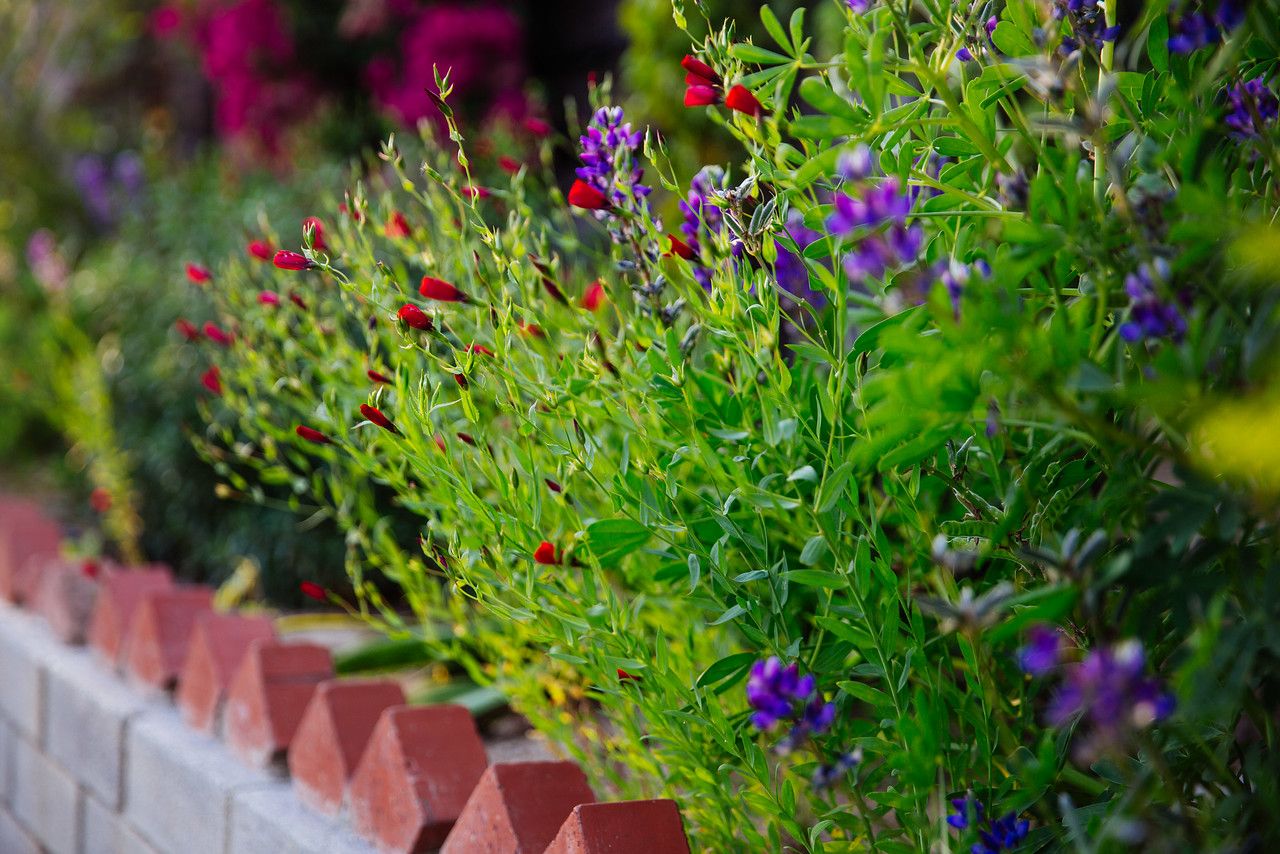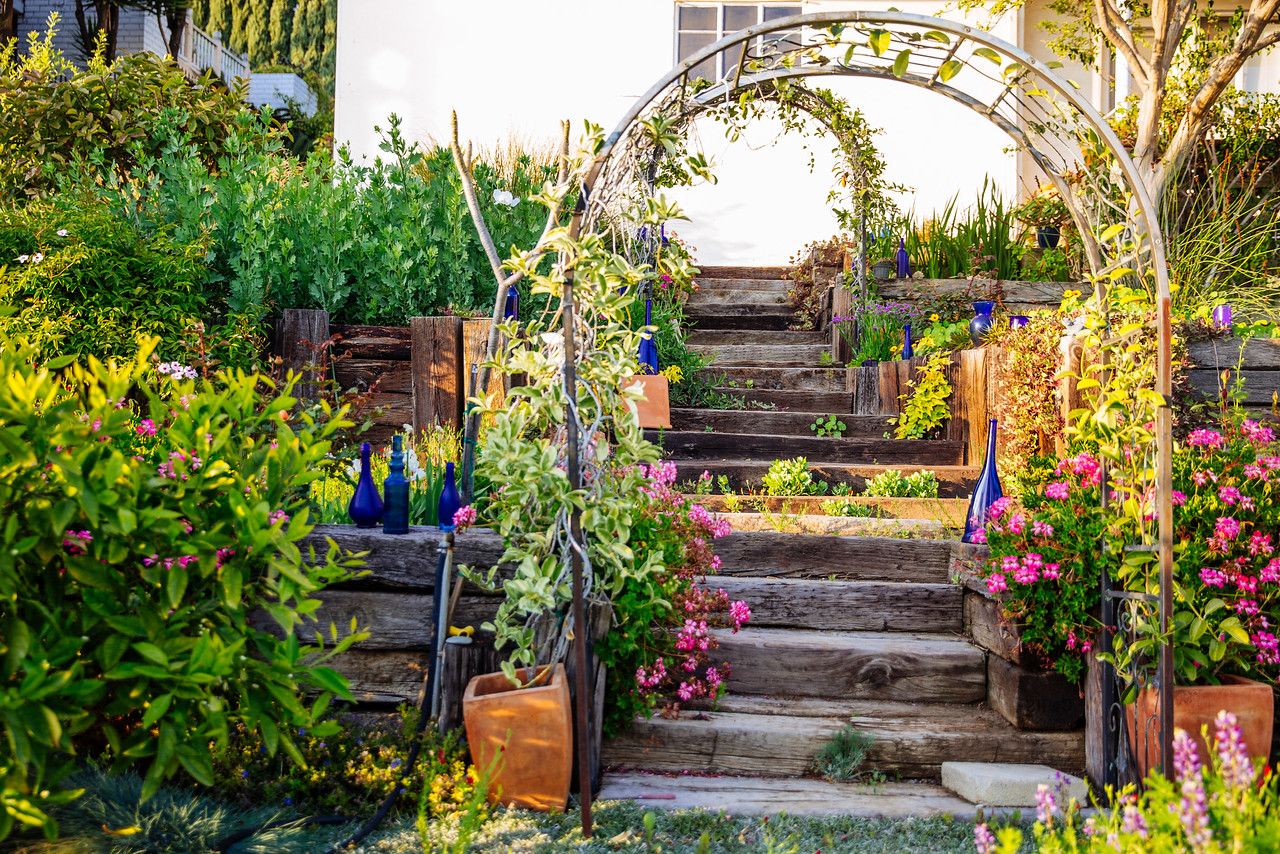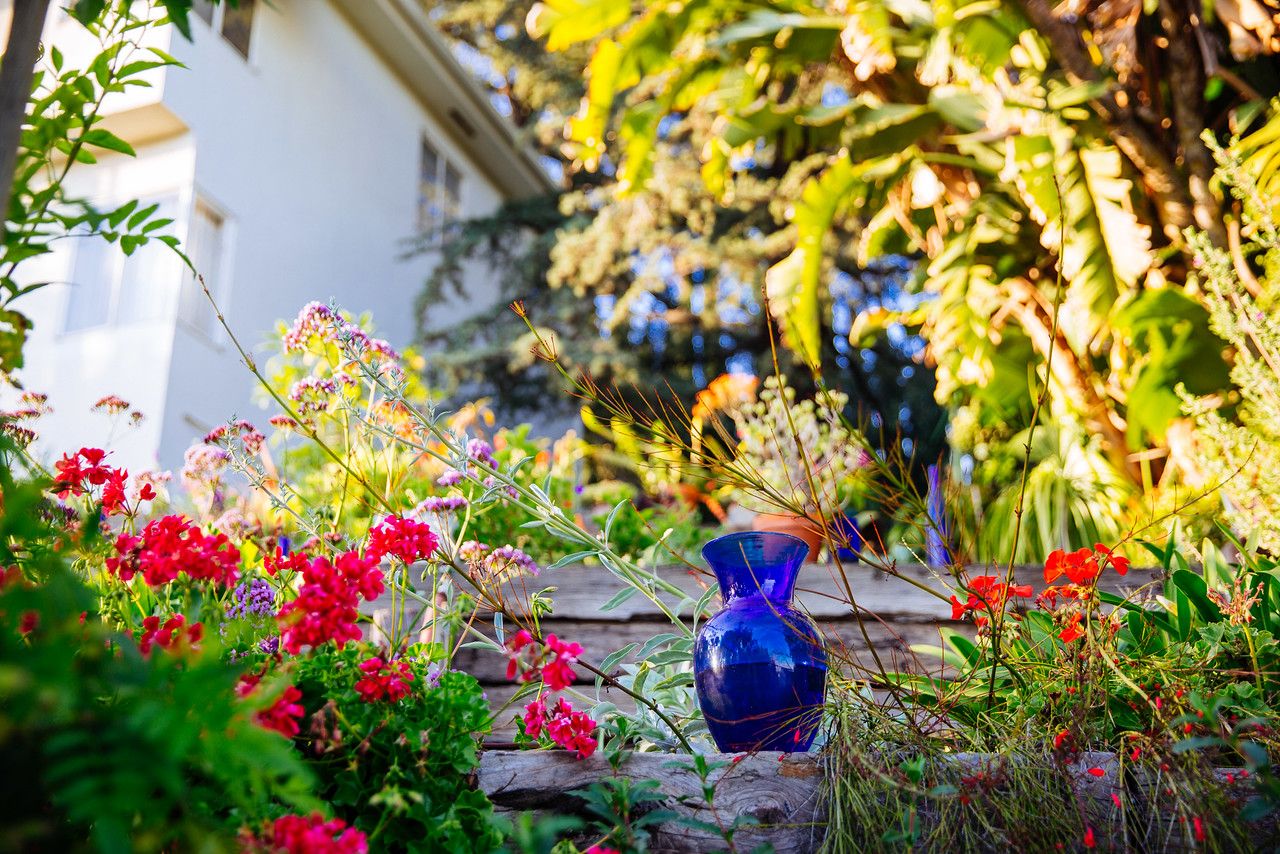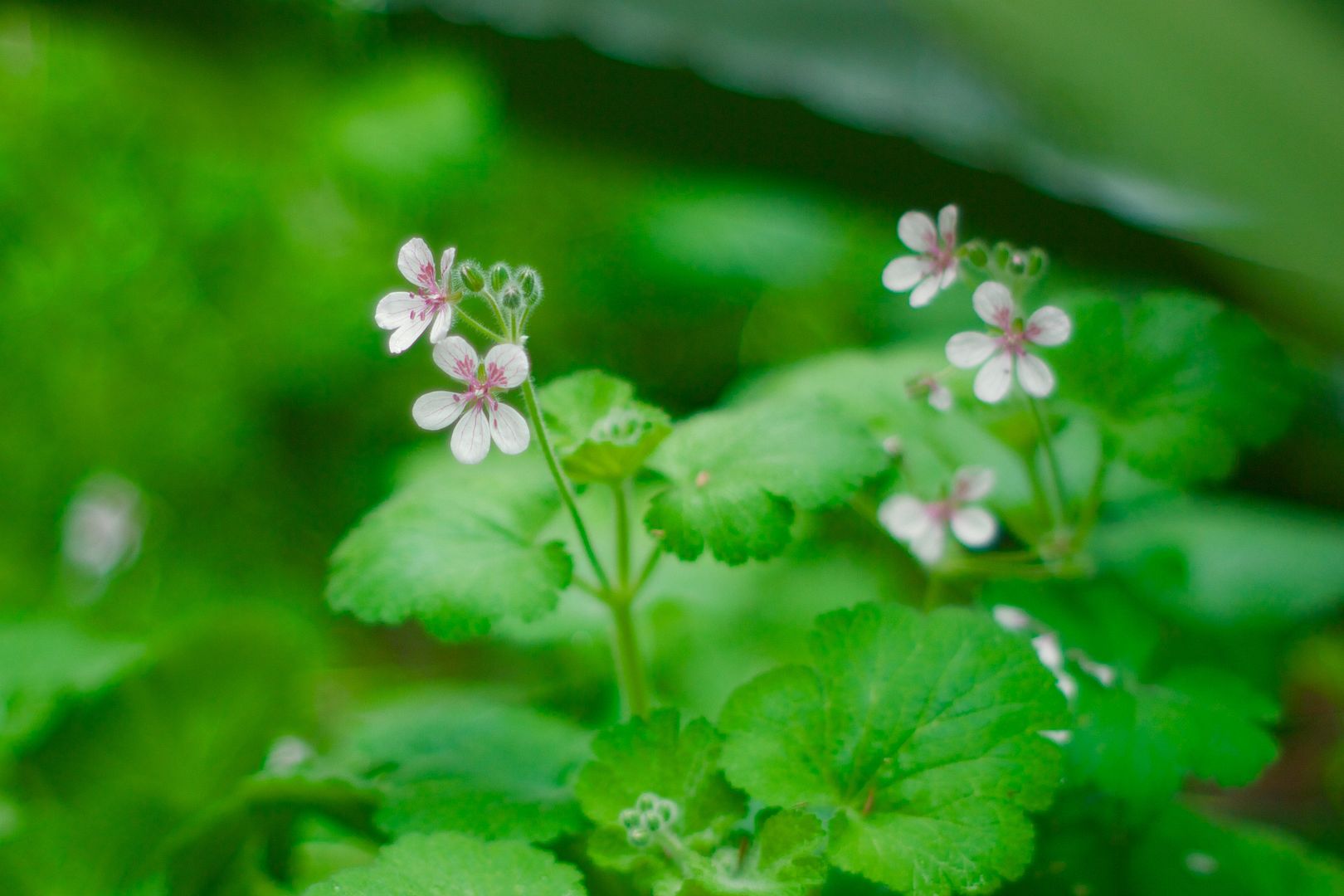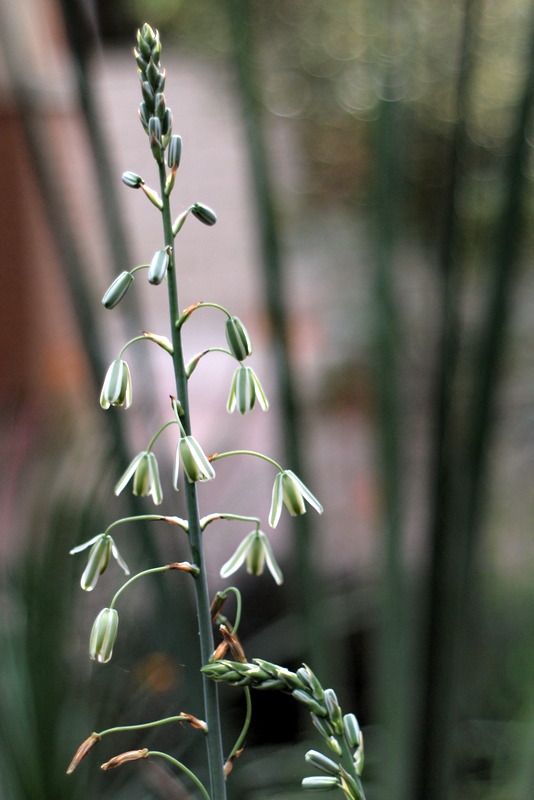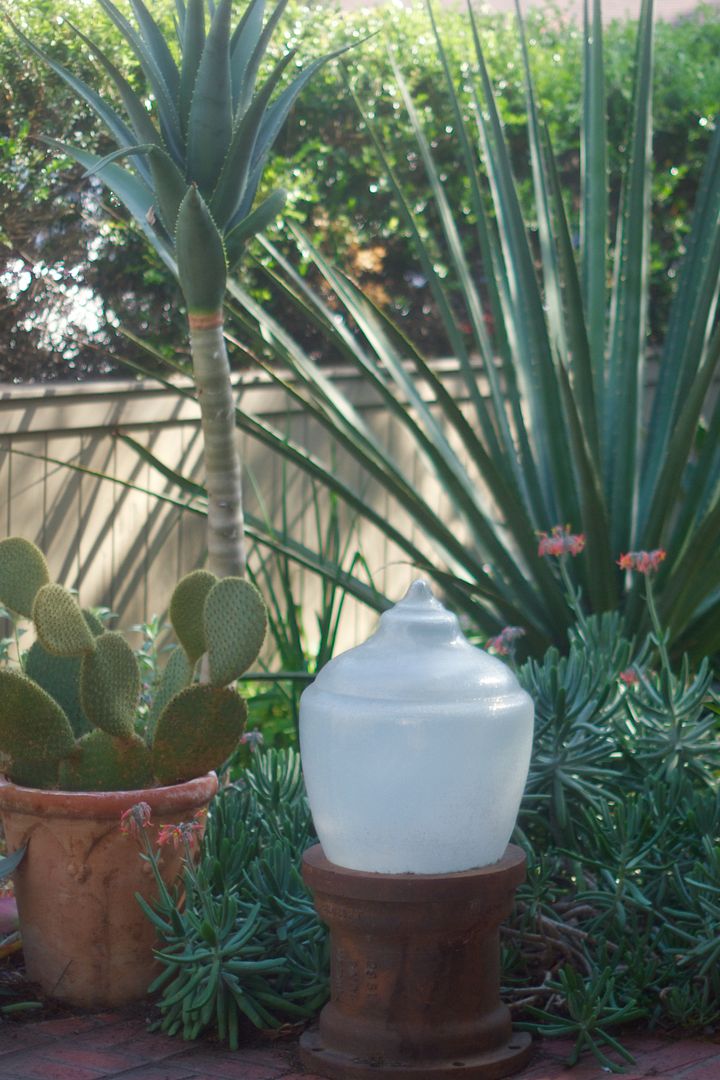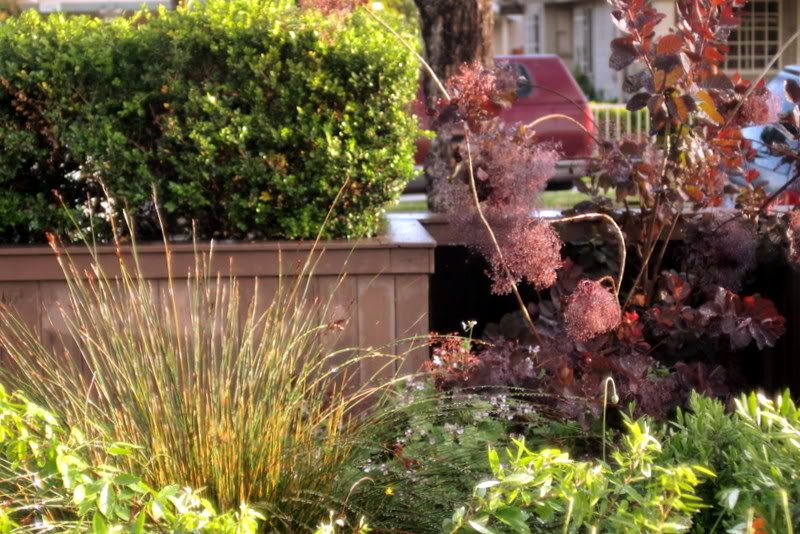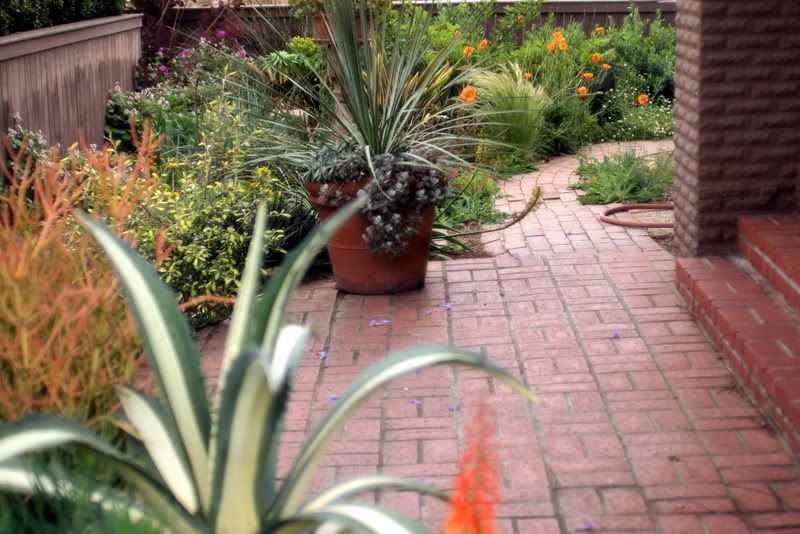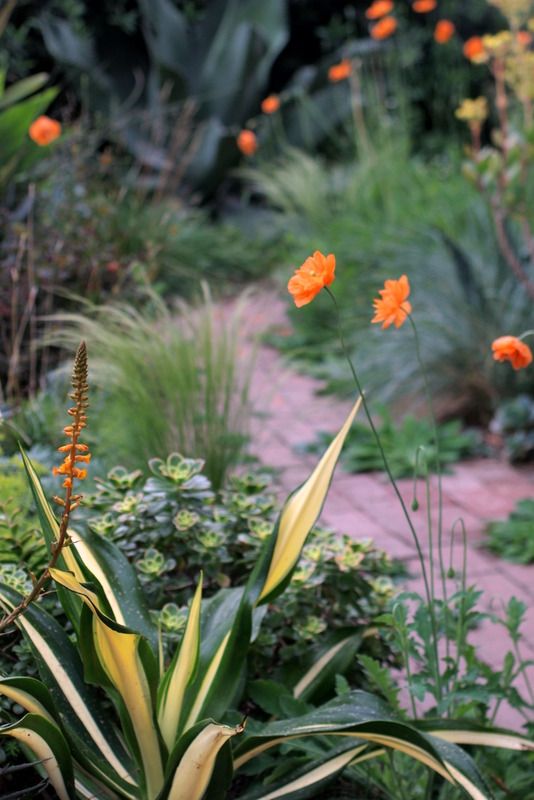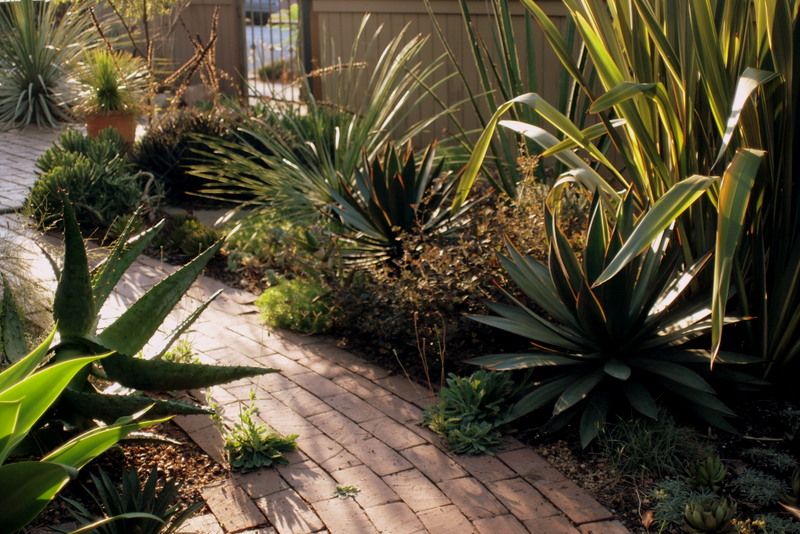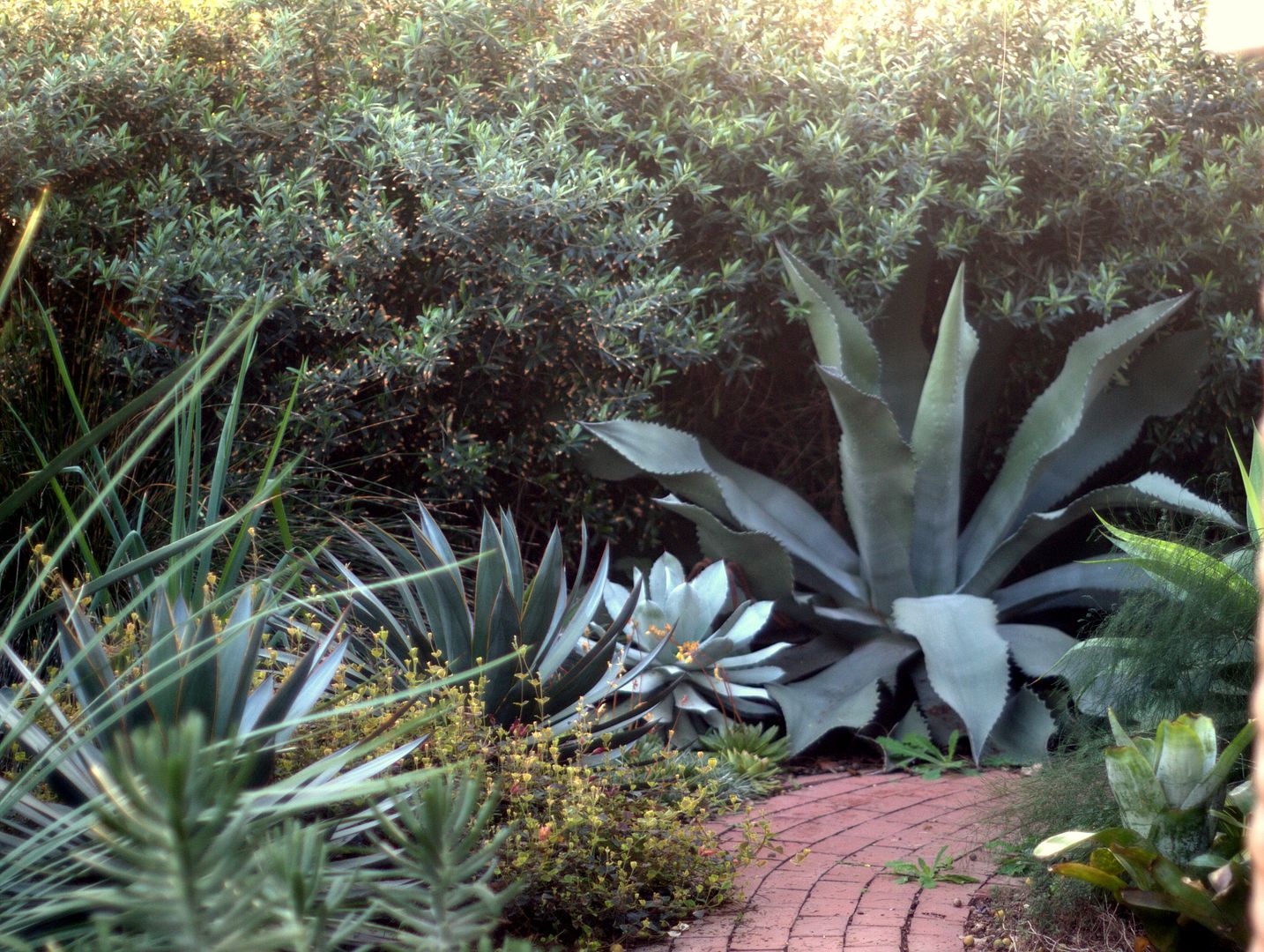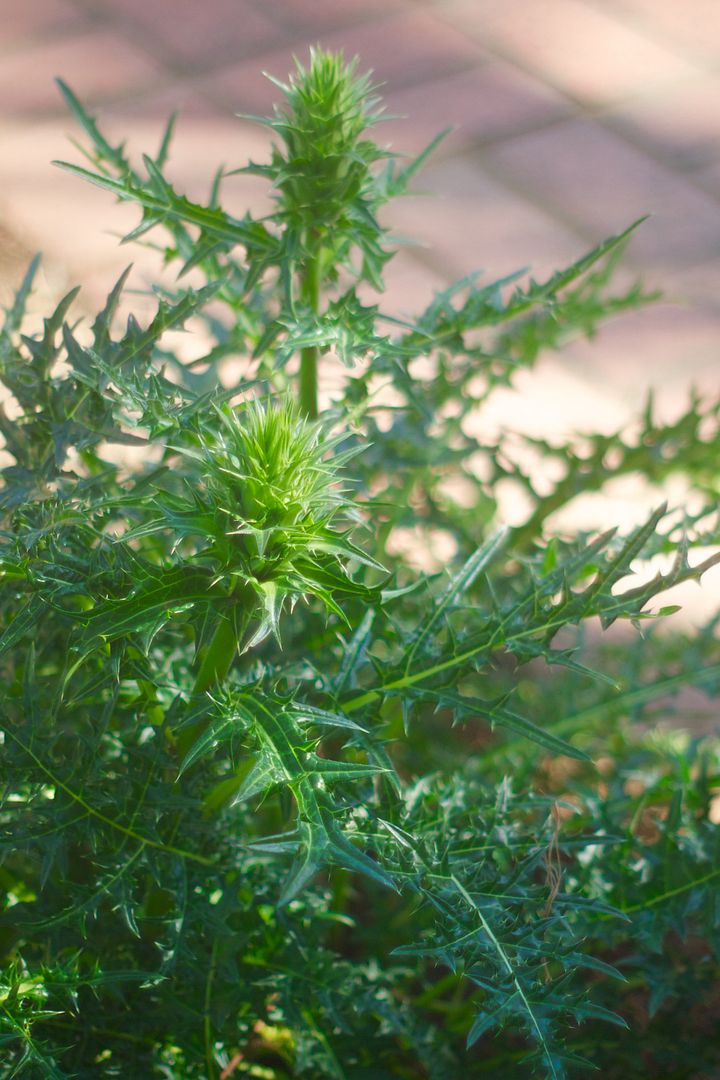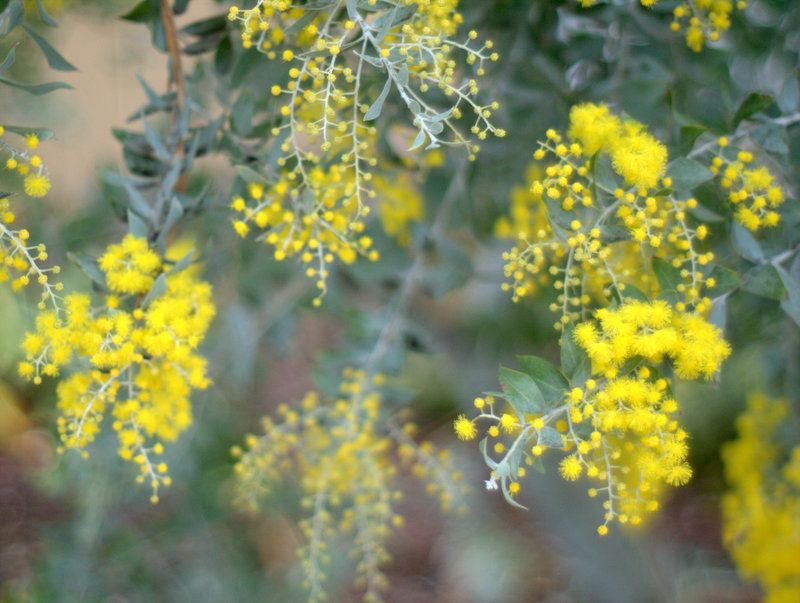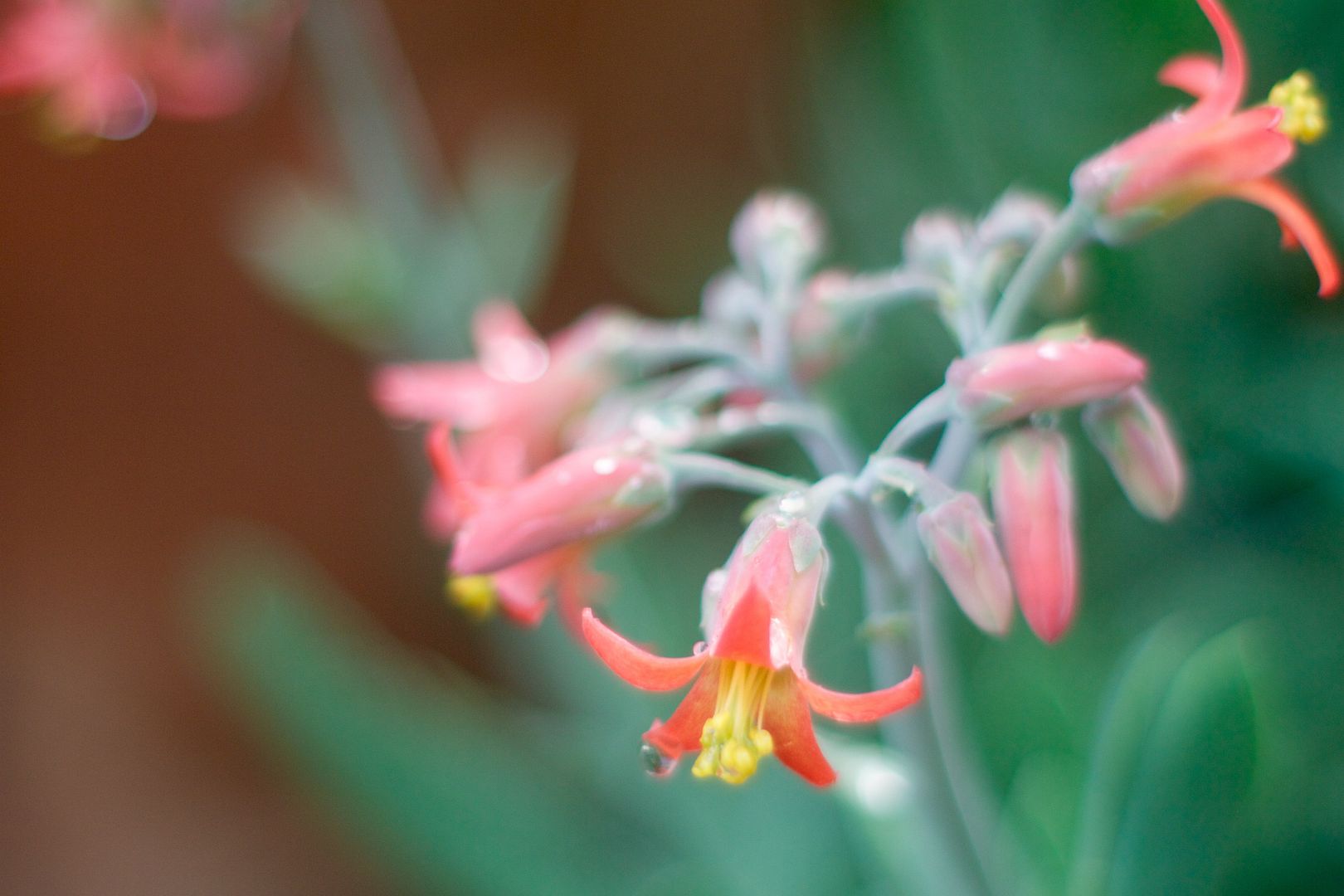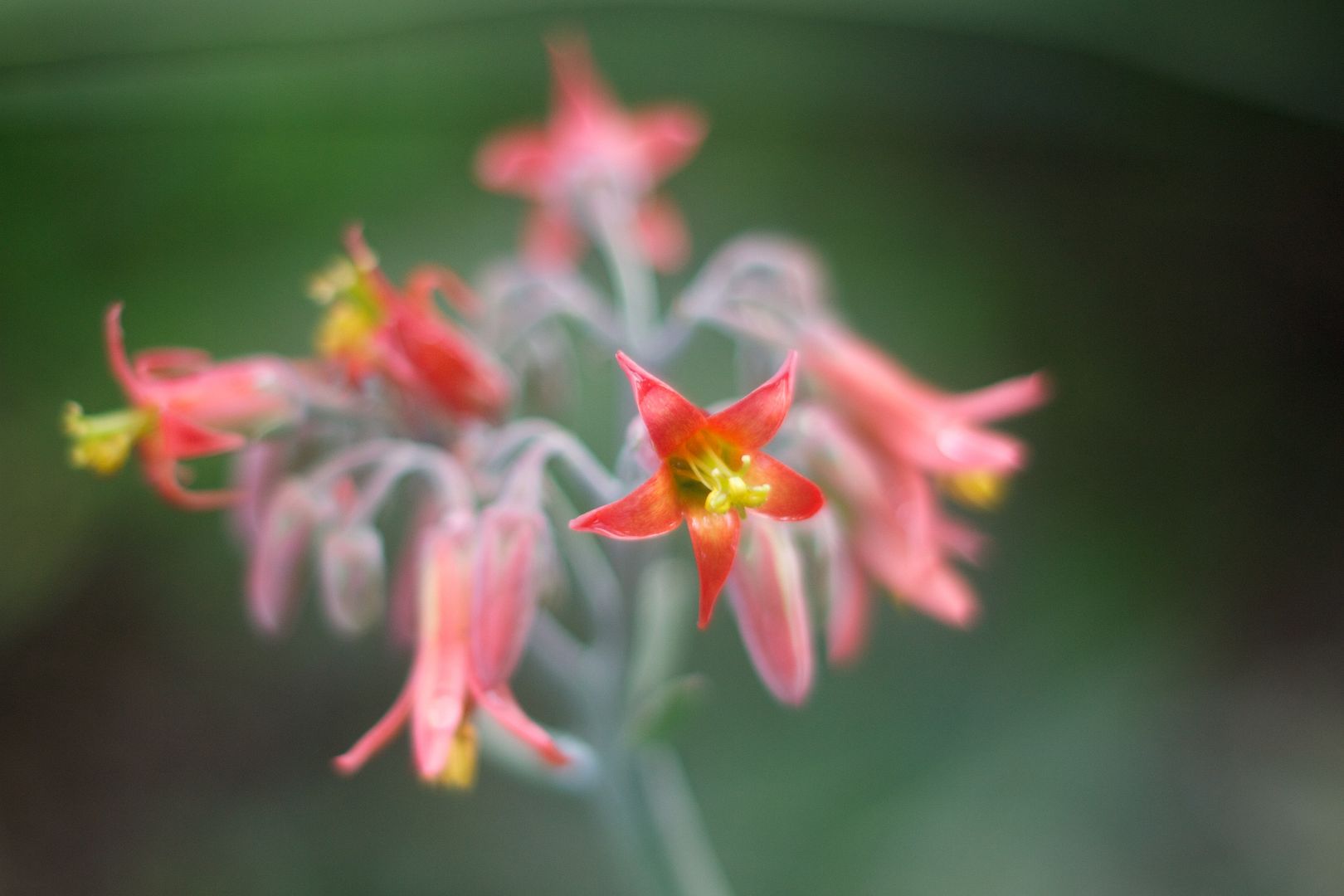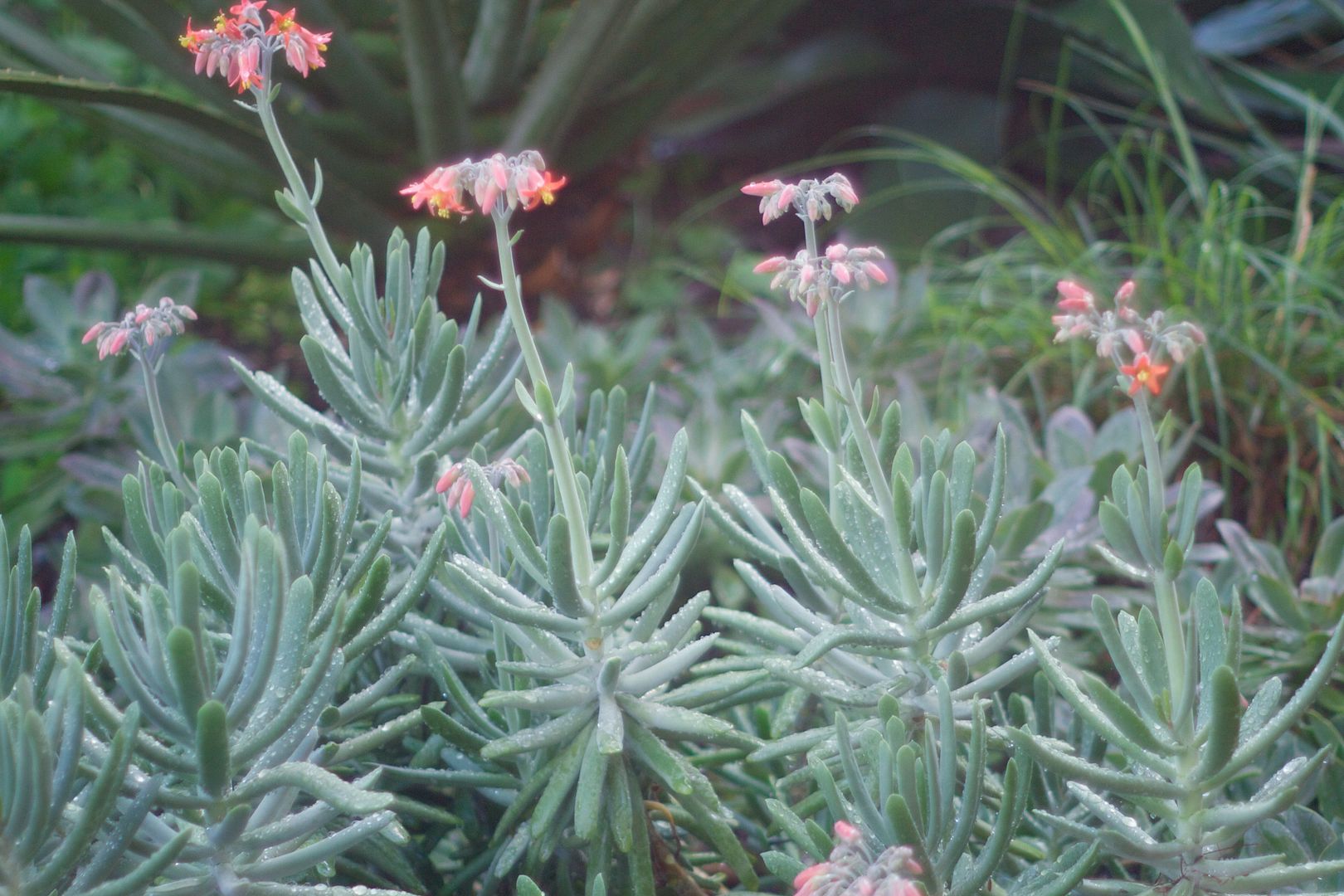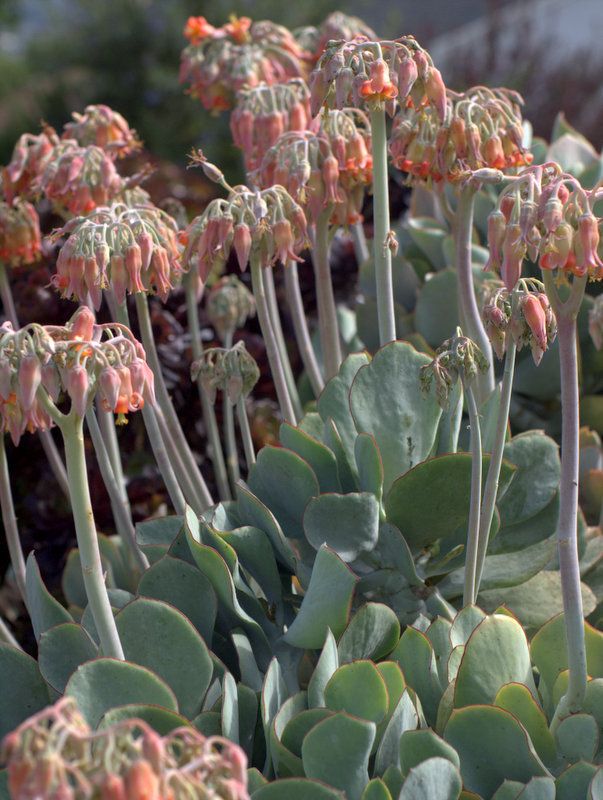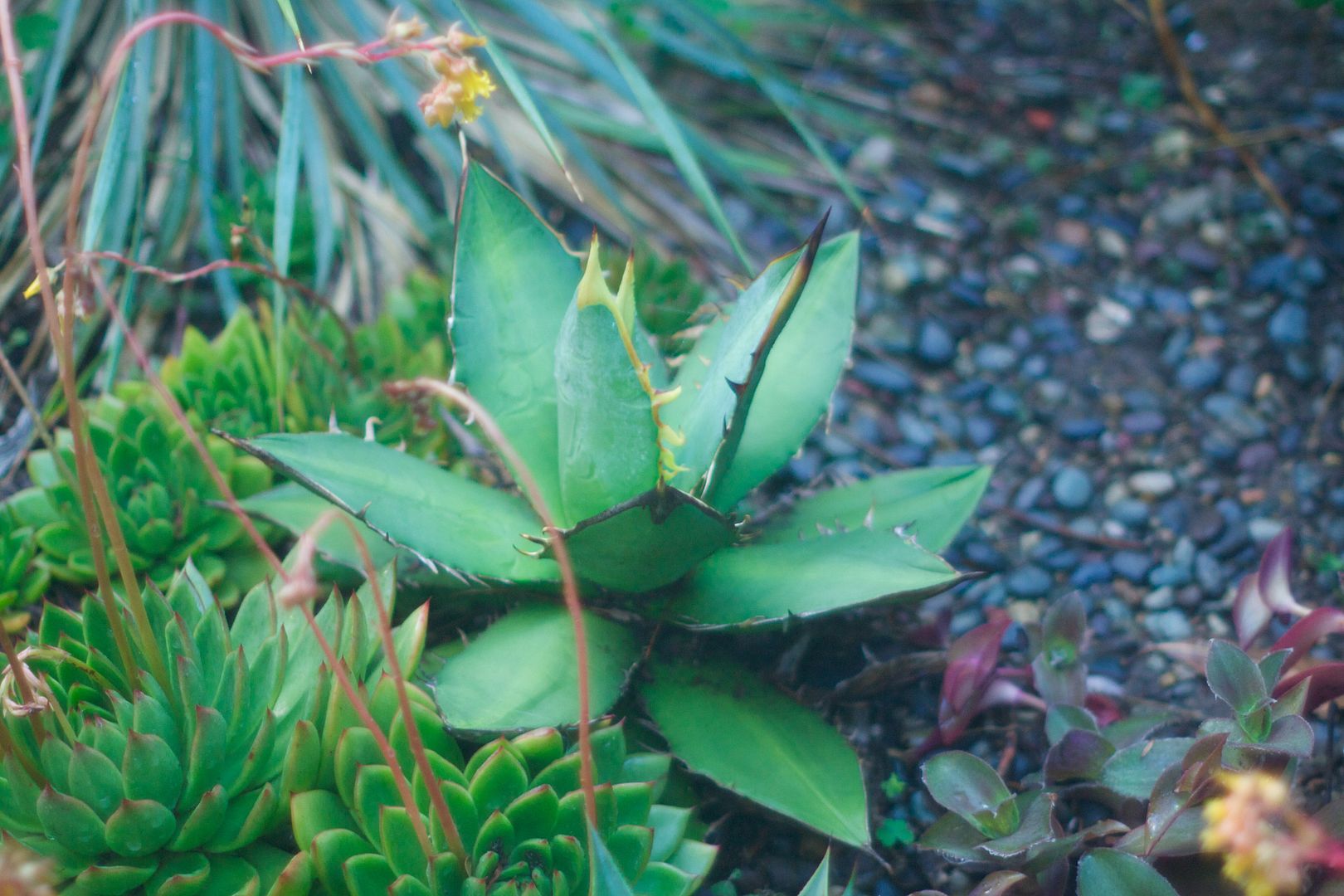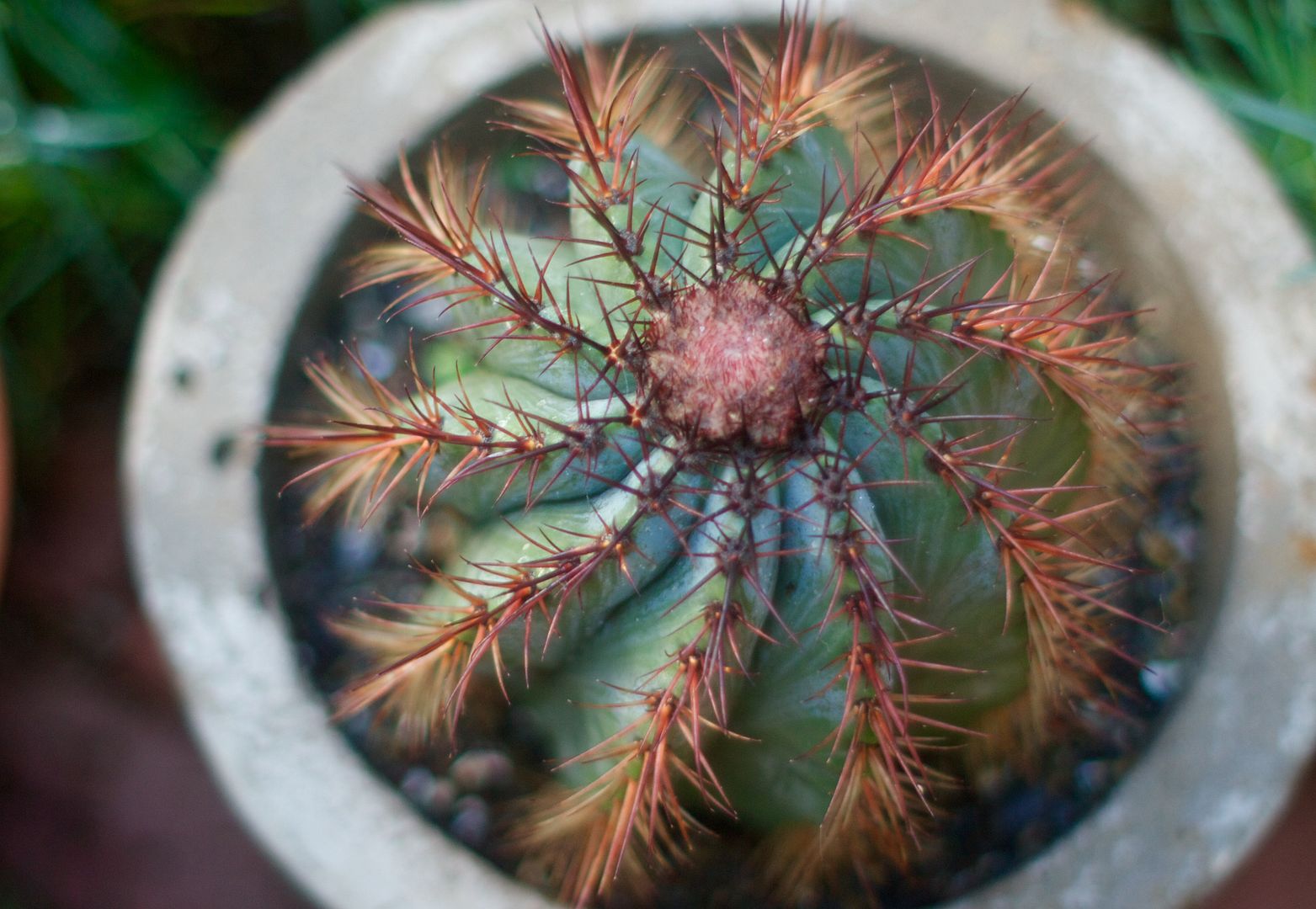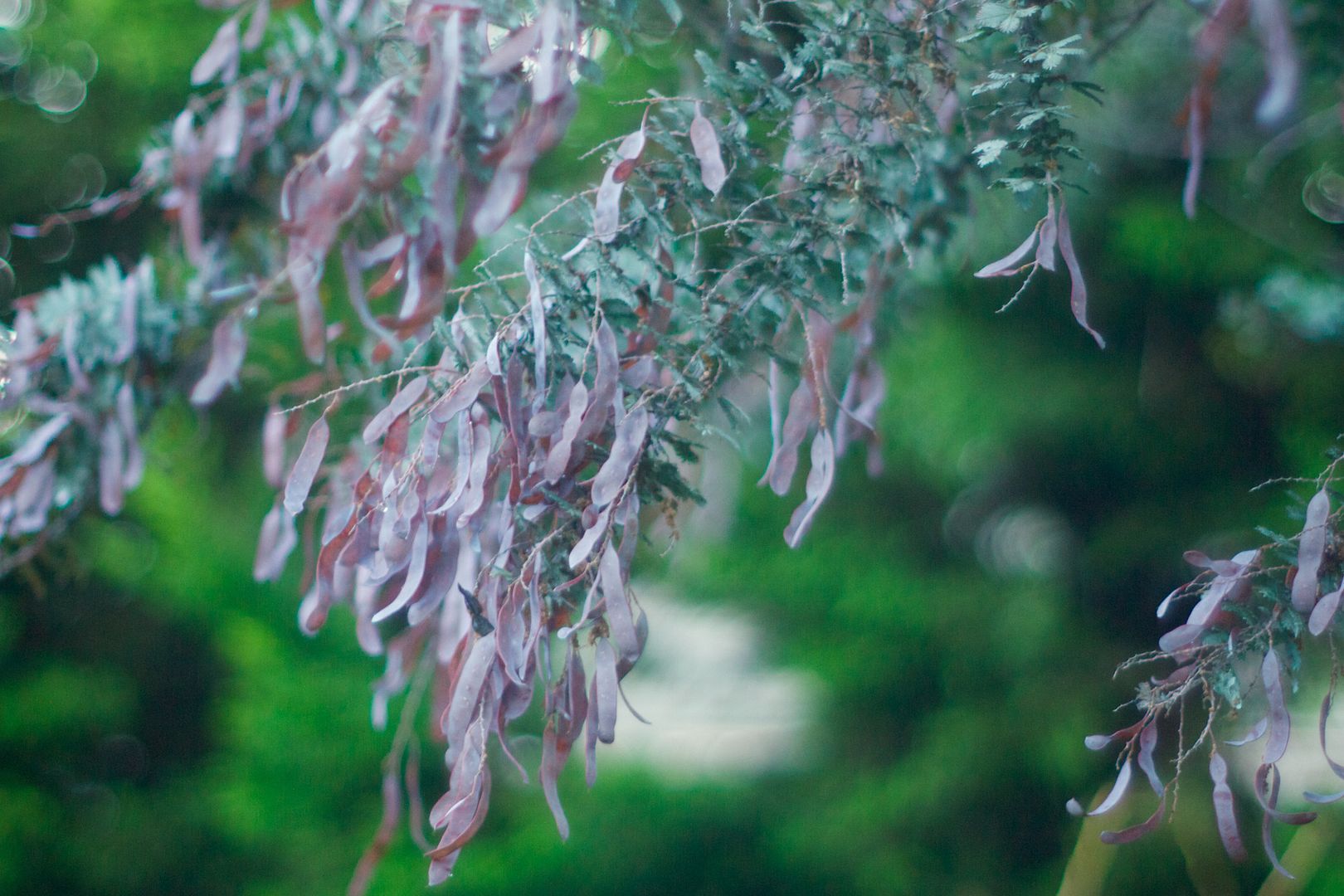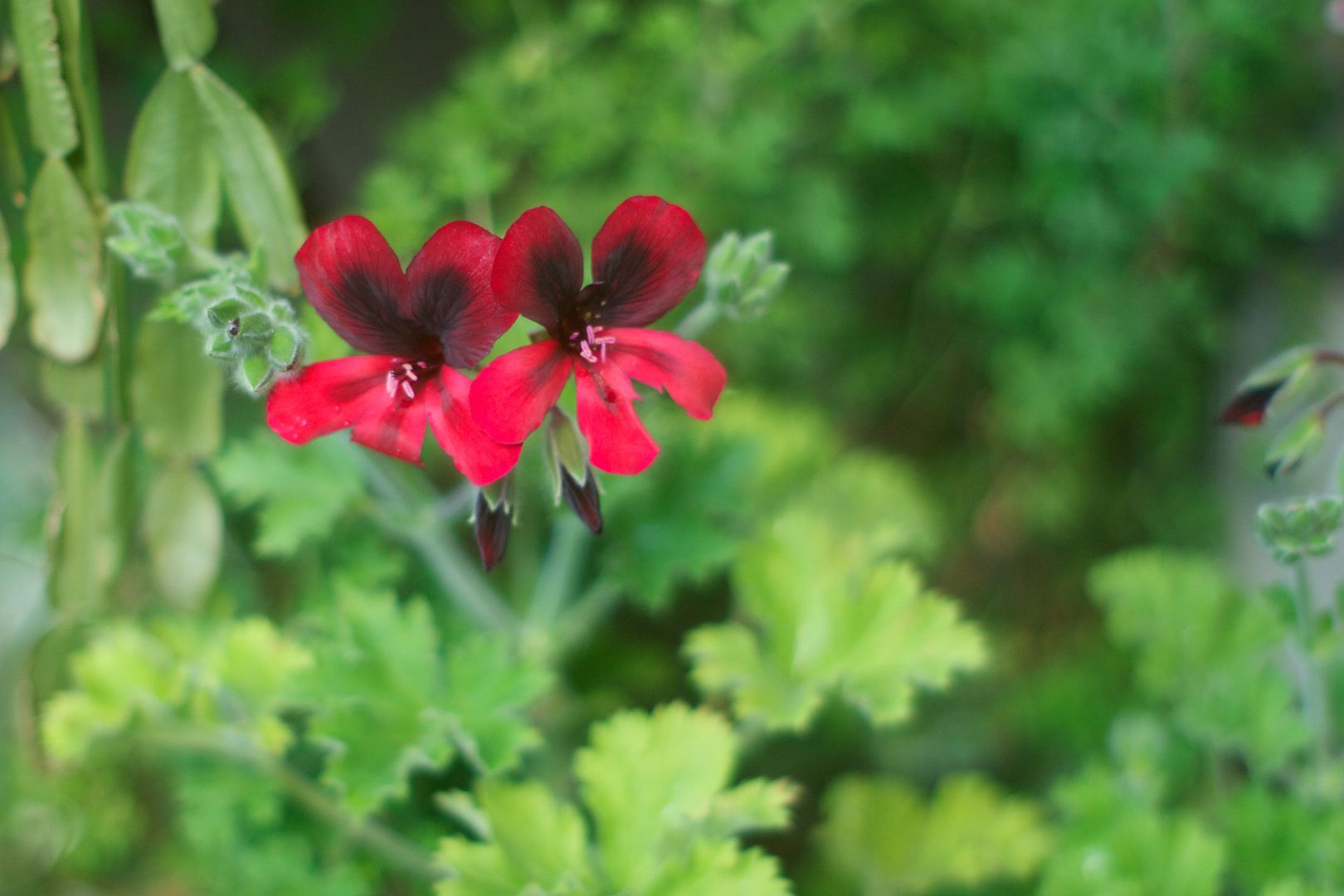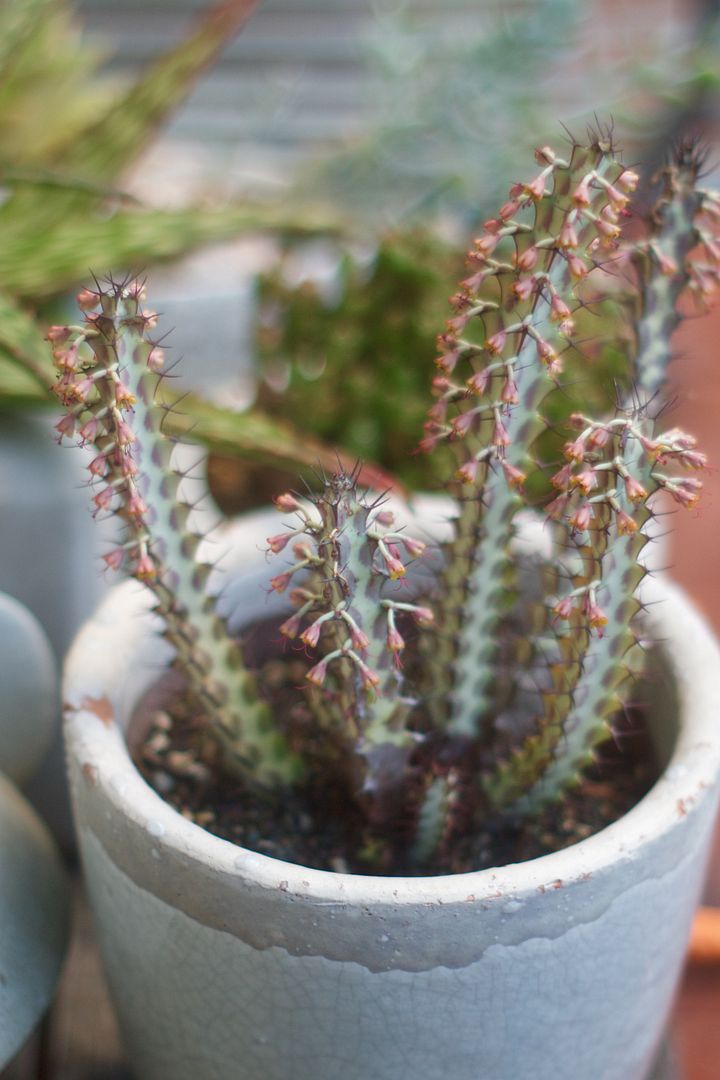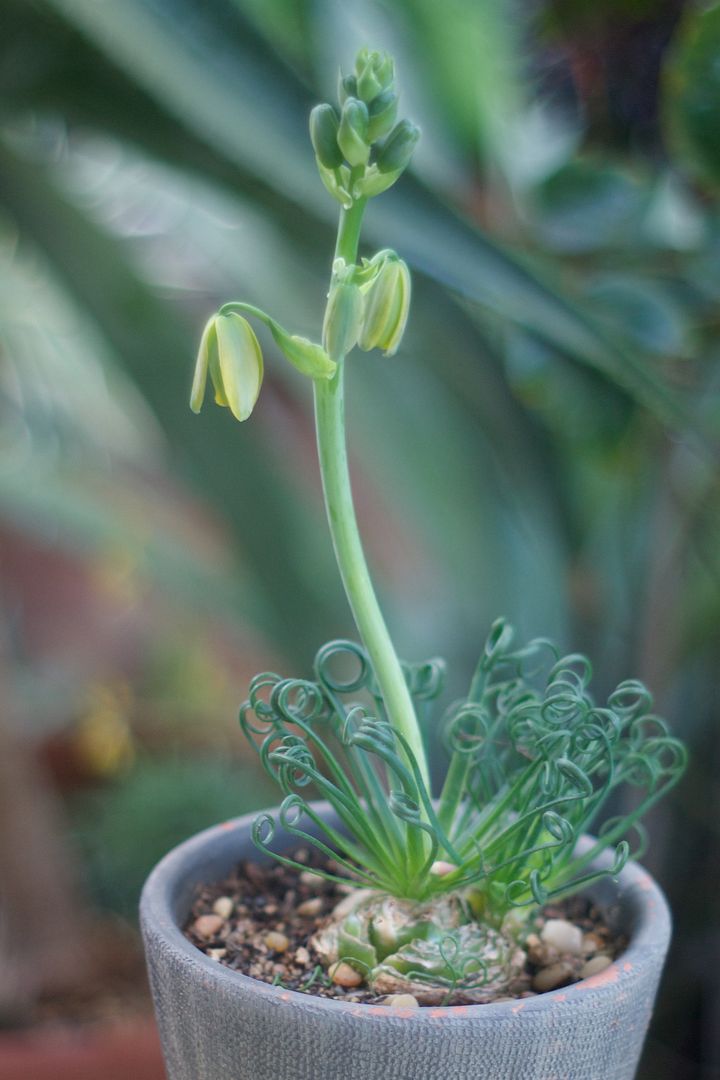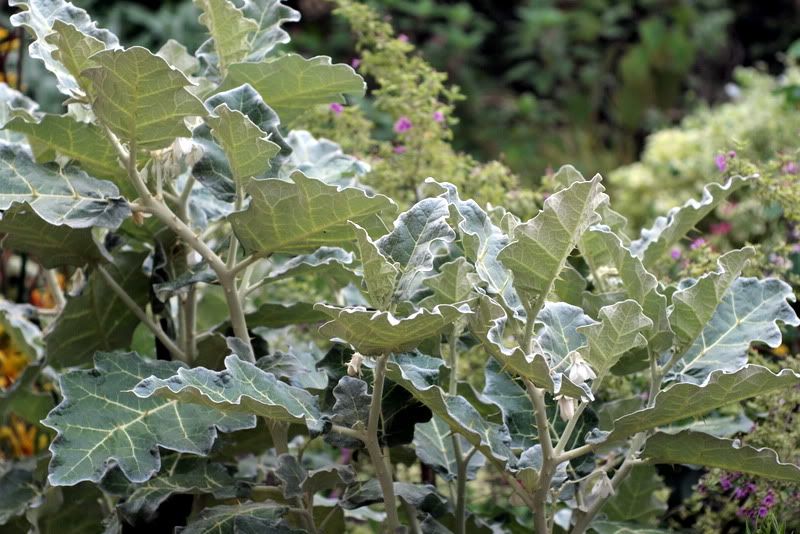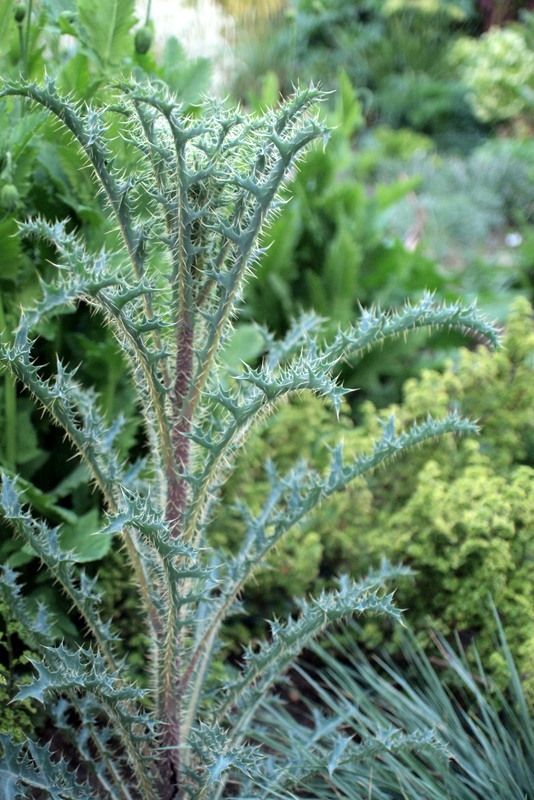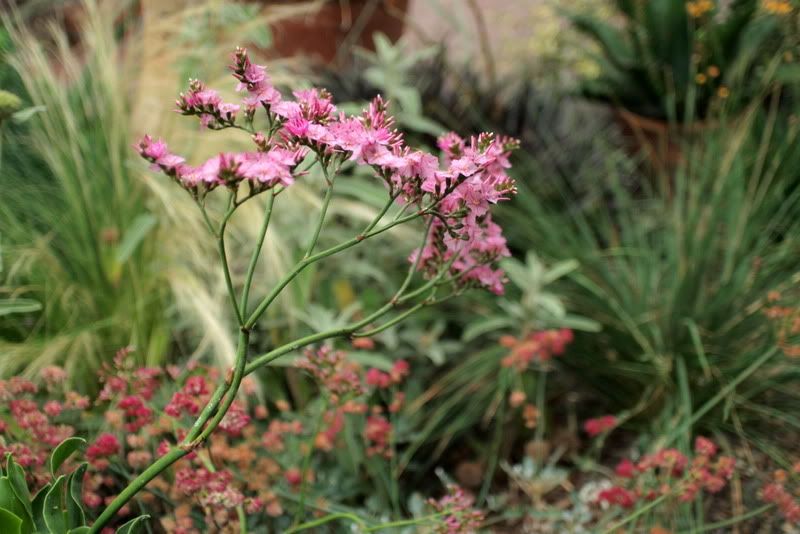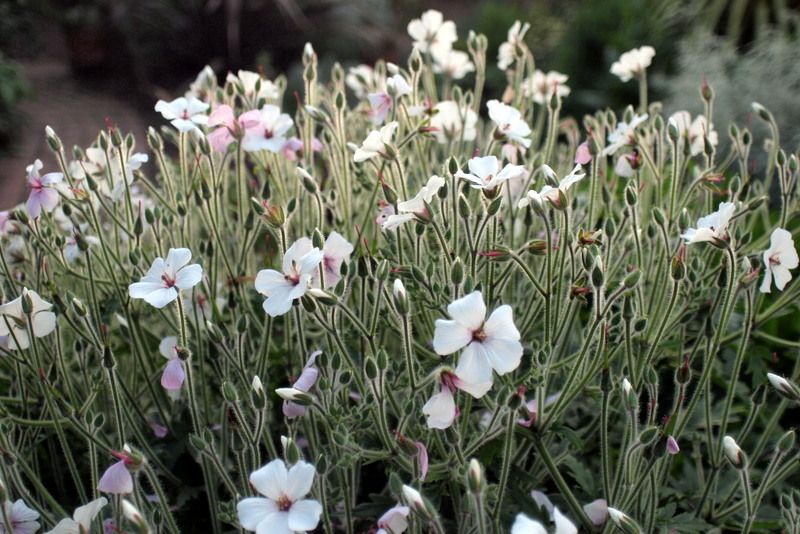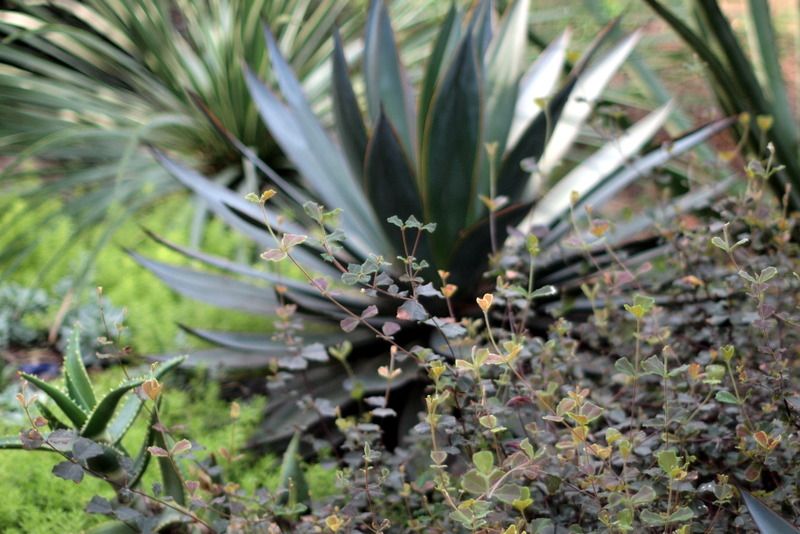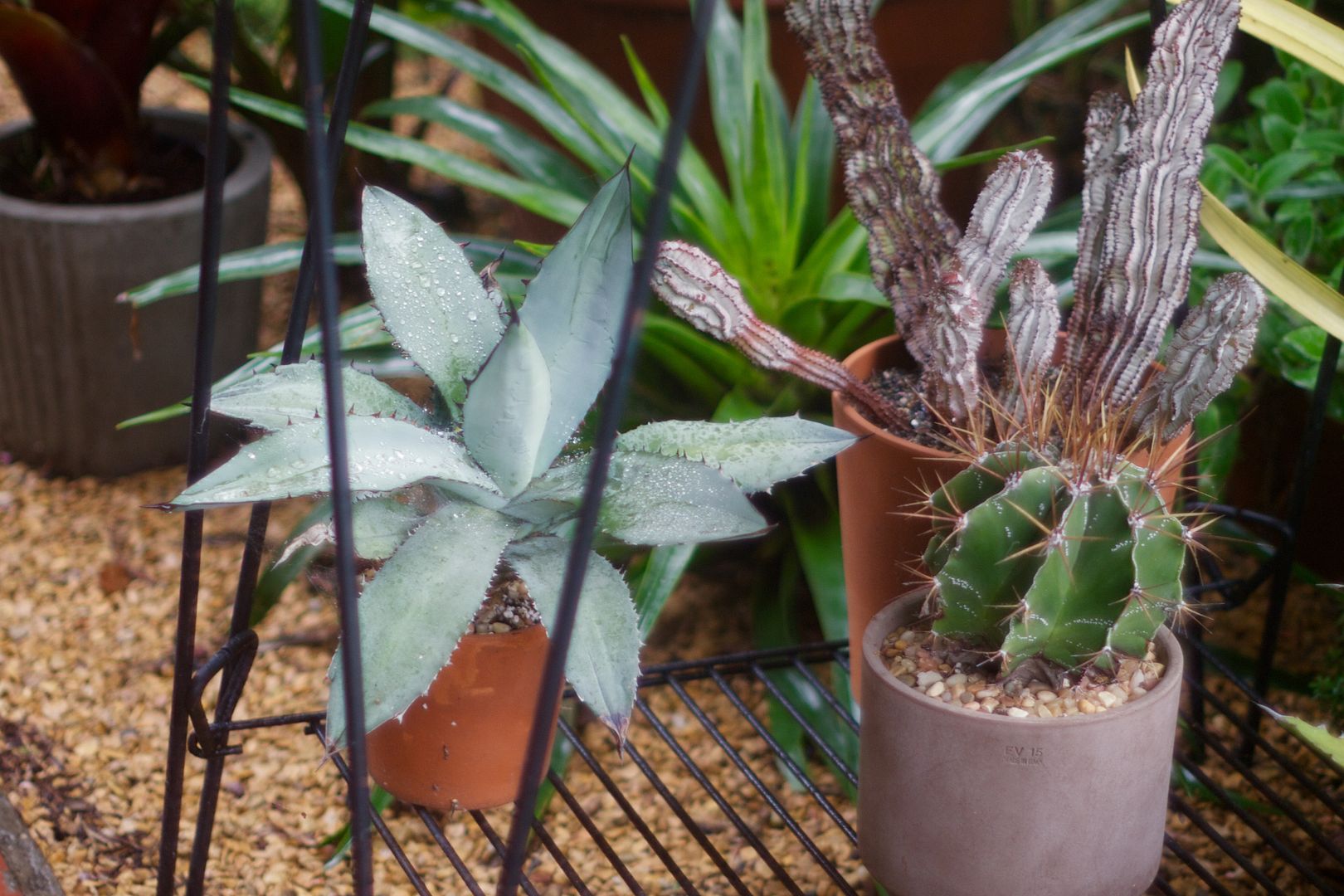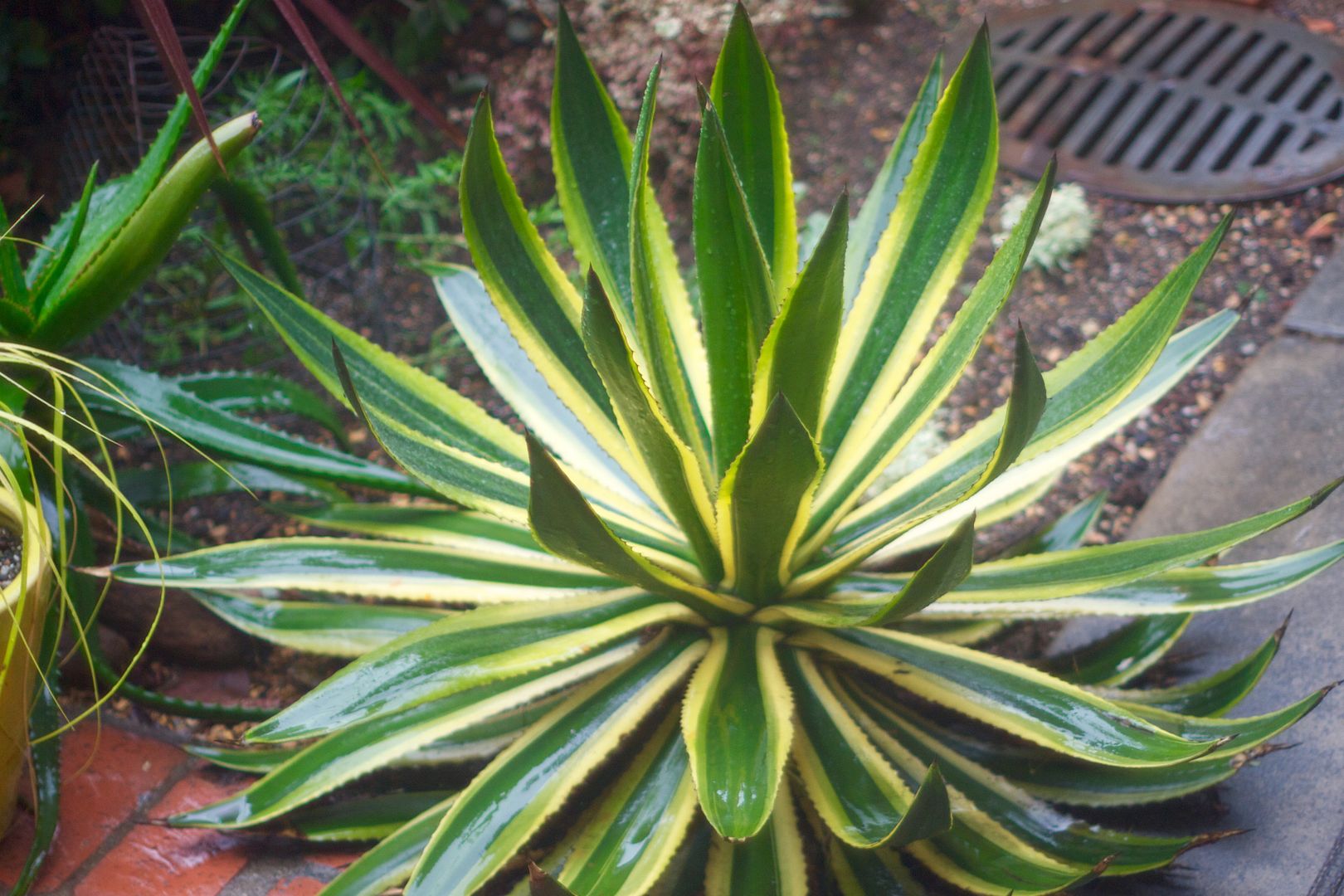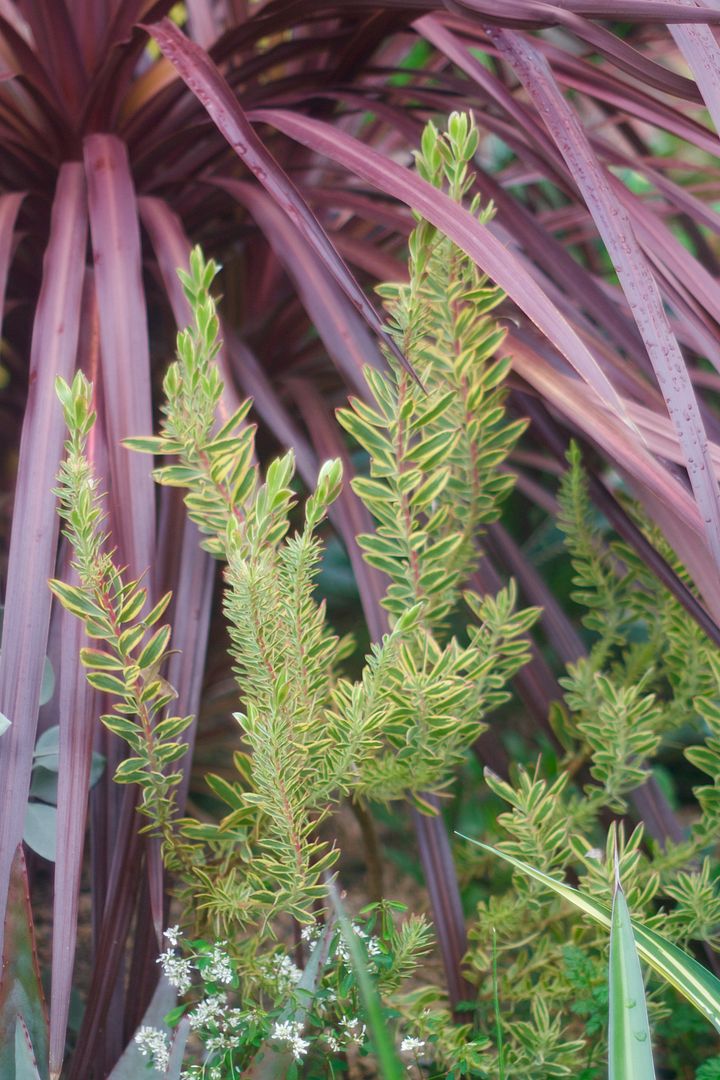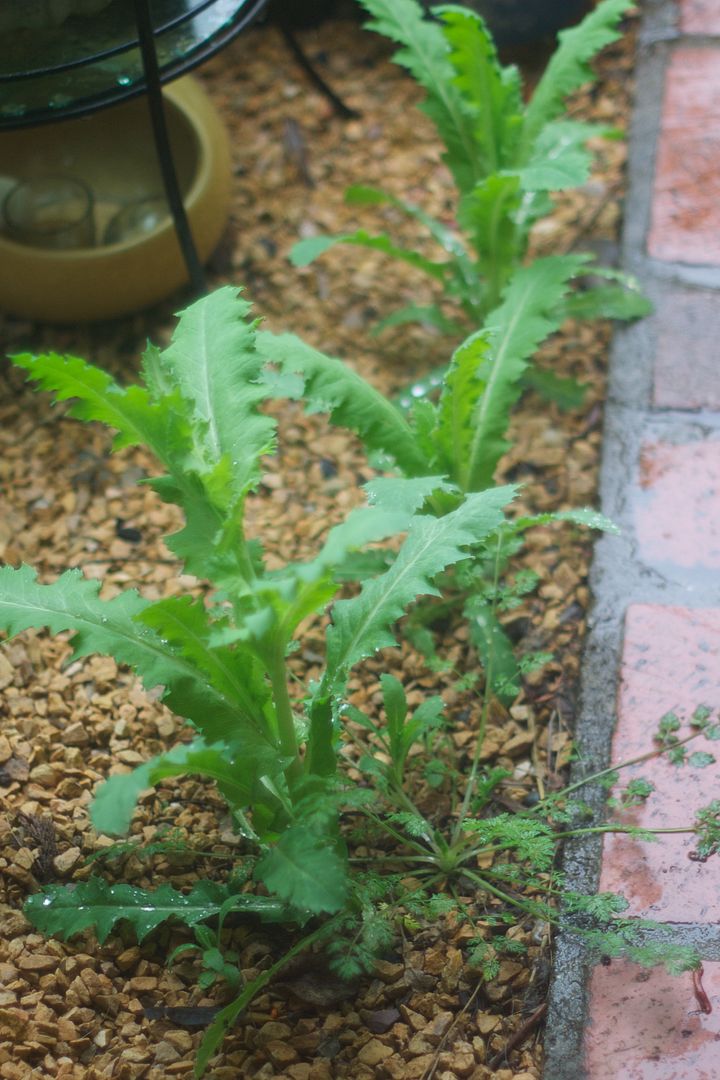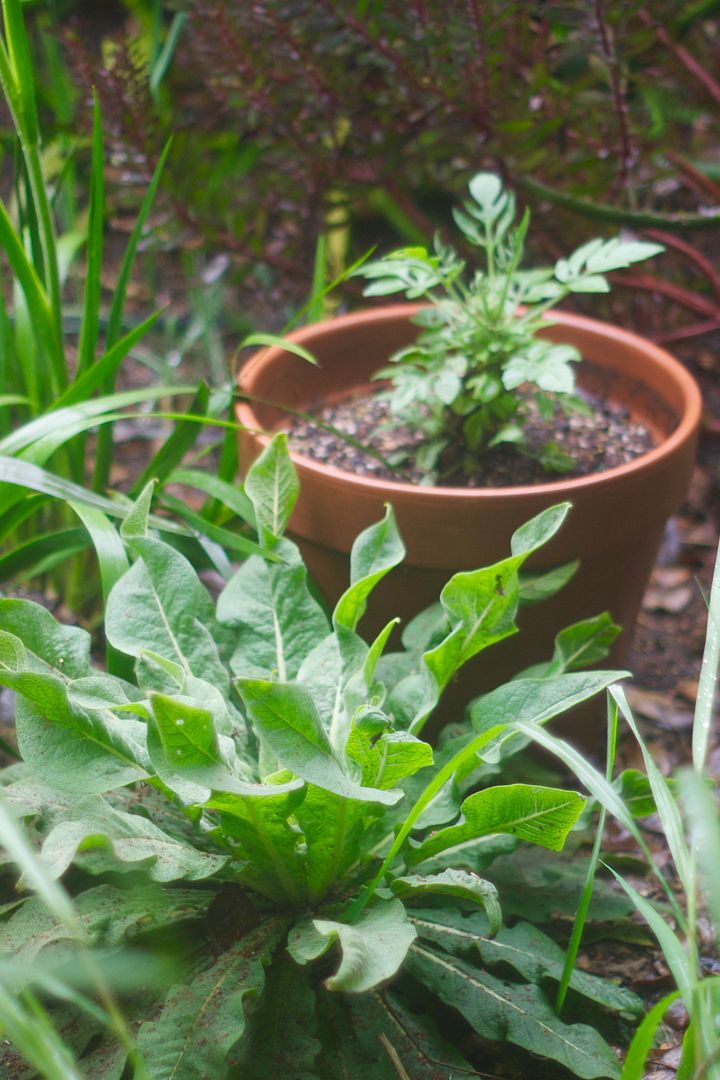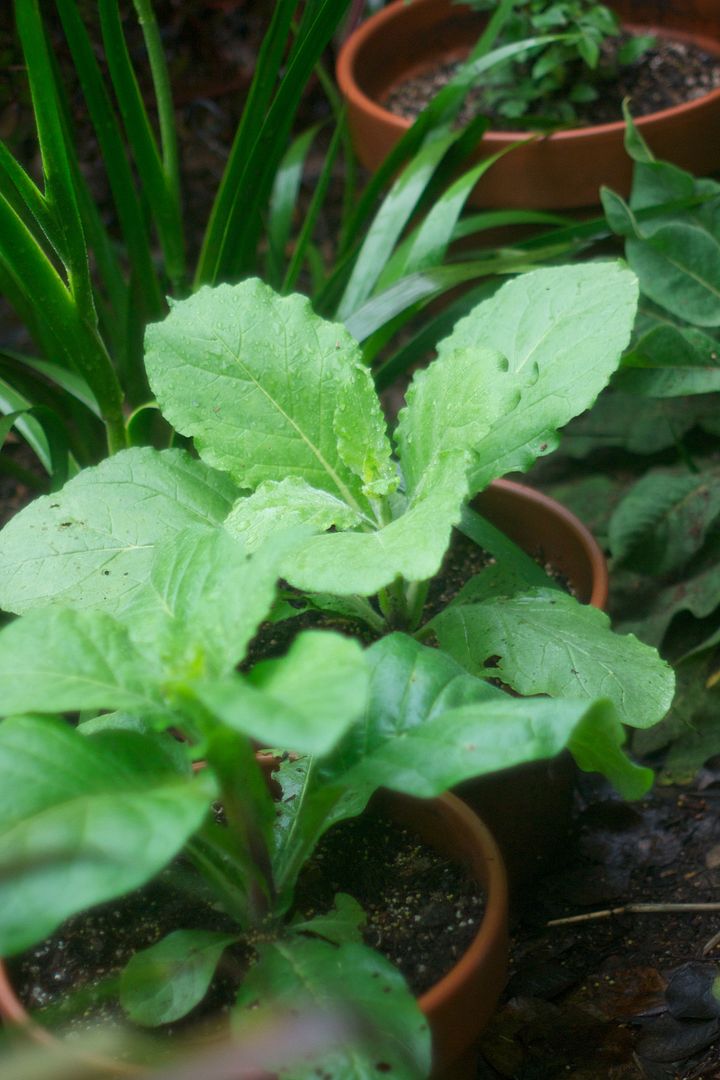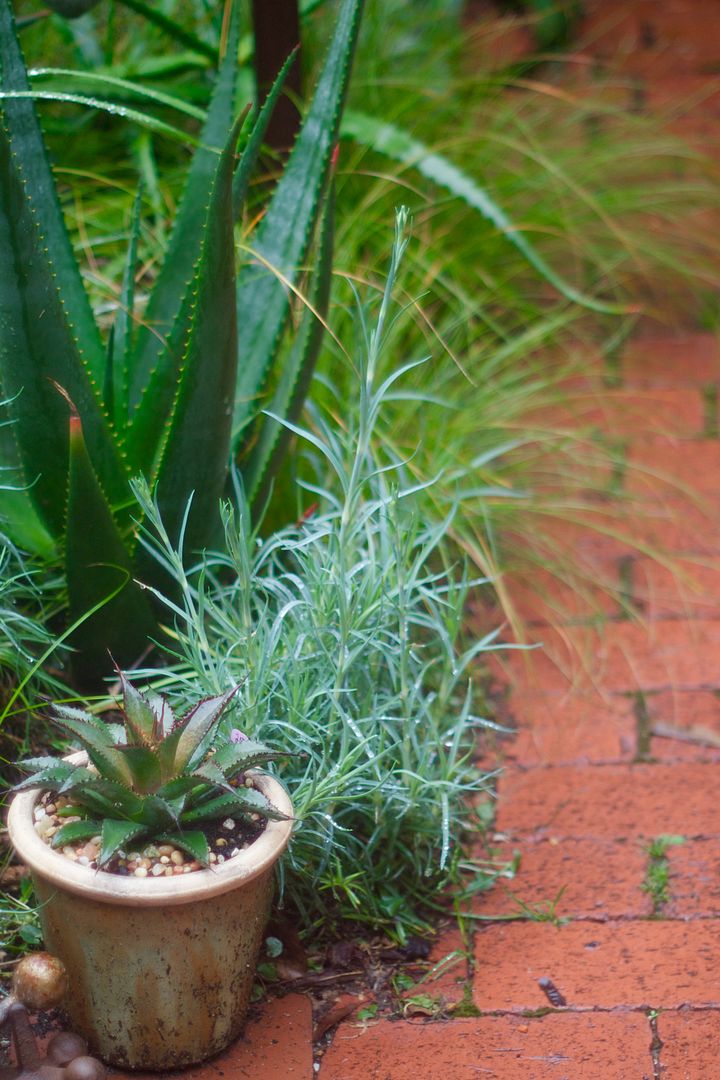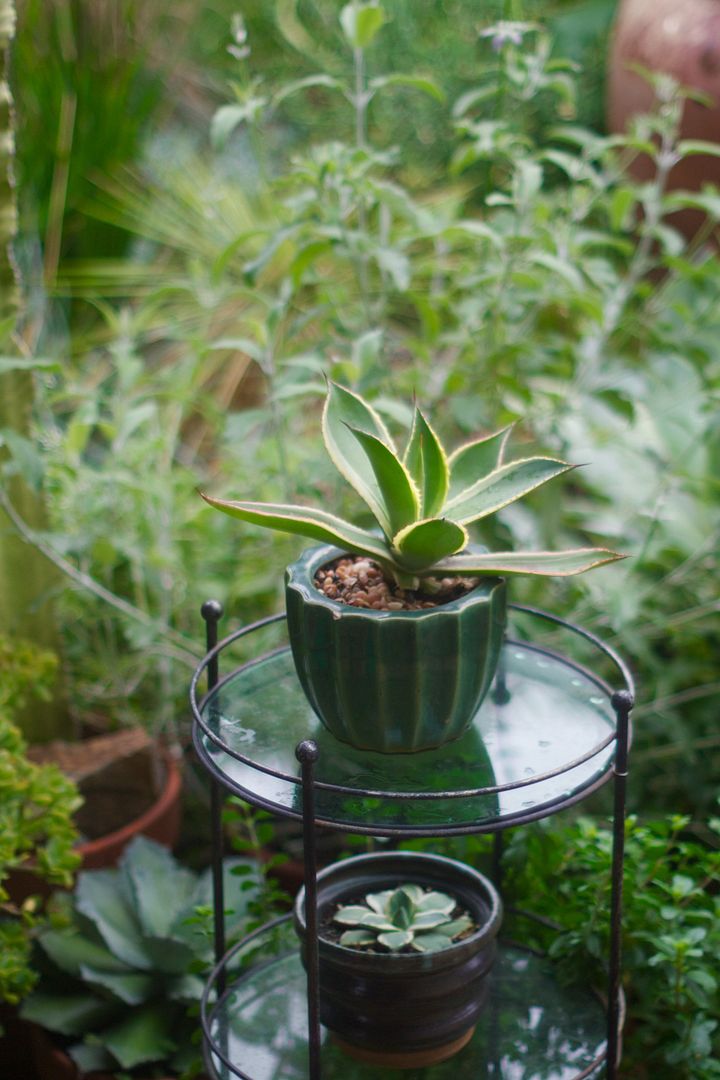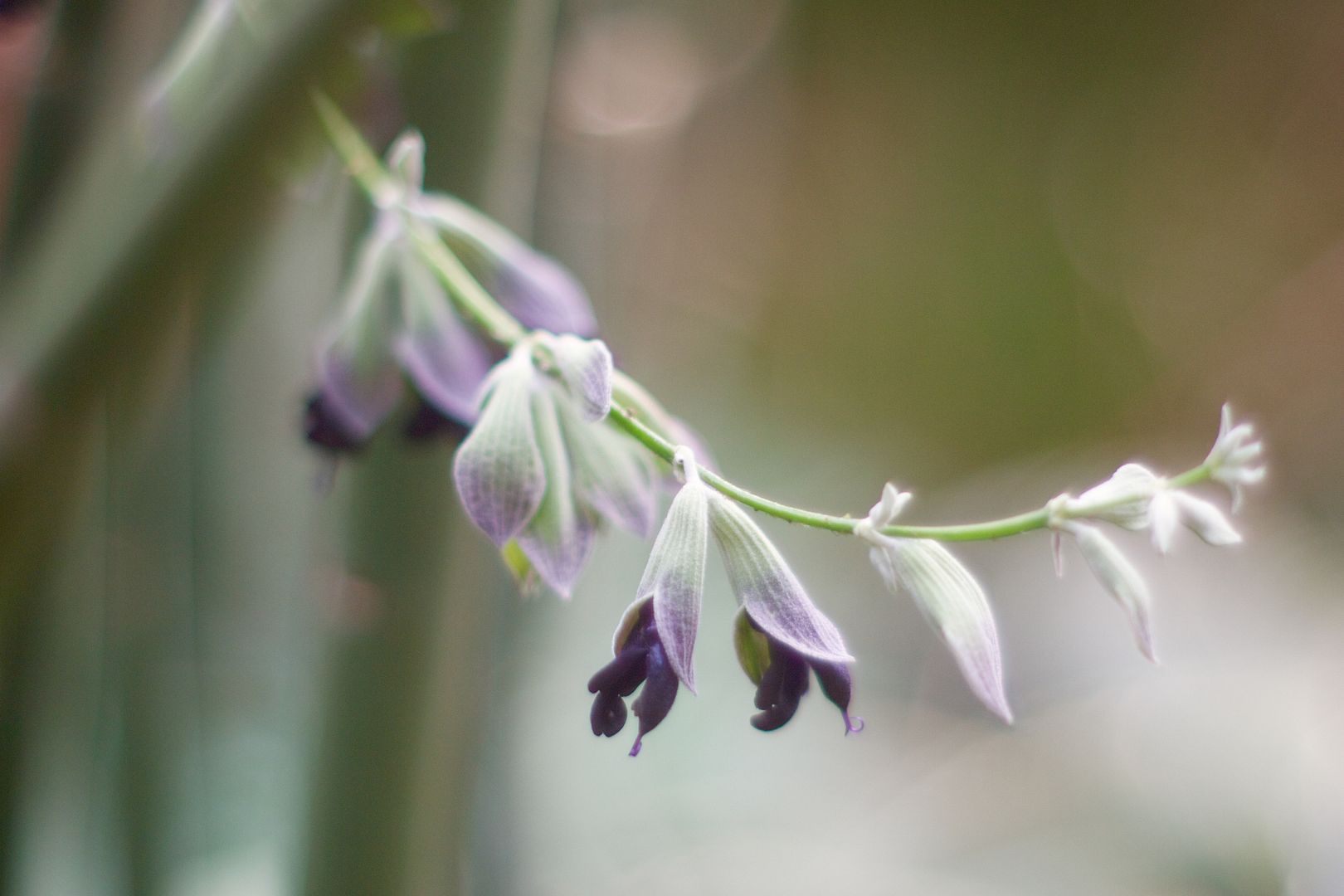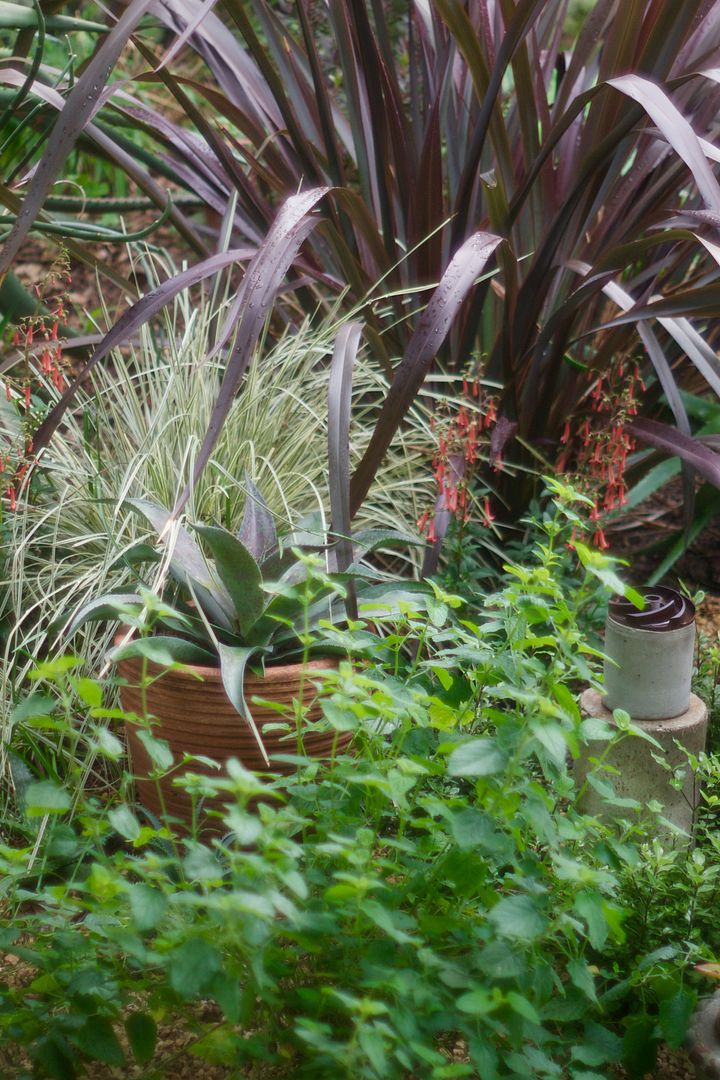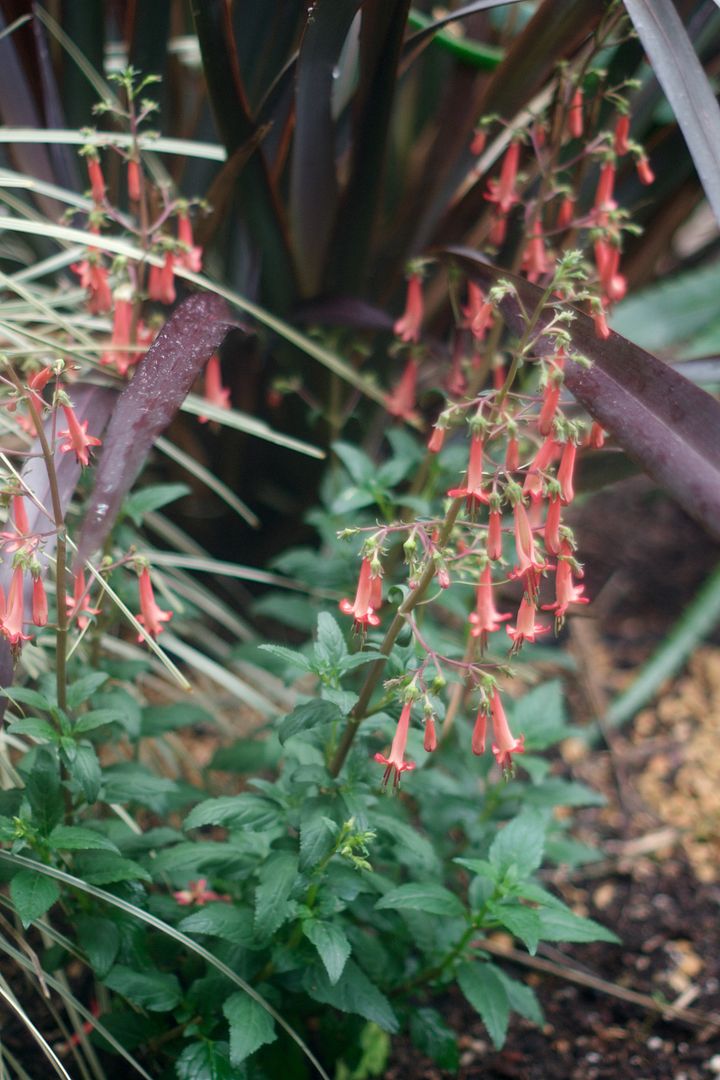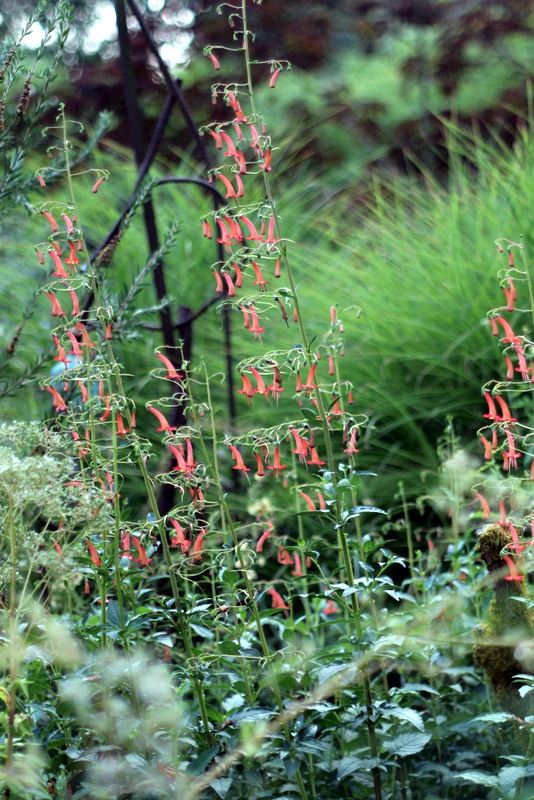
So you’re planting and planting your little garden and having the best time, but because your undisciplined and eclectic taste runs to every kind and type of green life, from ground hugging to tree size, inevitably you wake up one morning and wonder:
Where did the sunlight go?
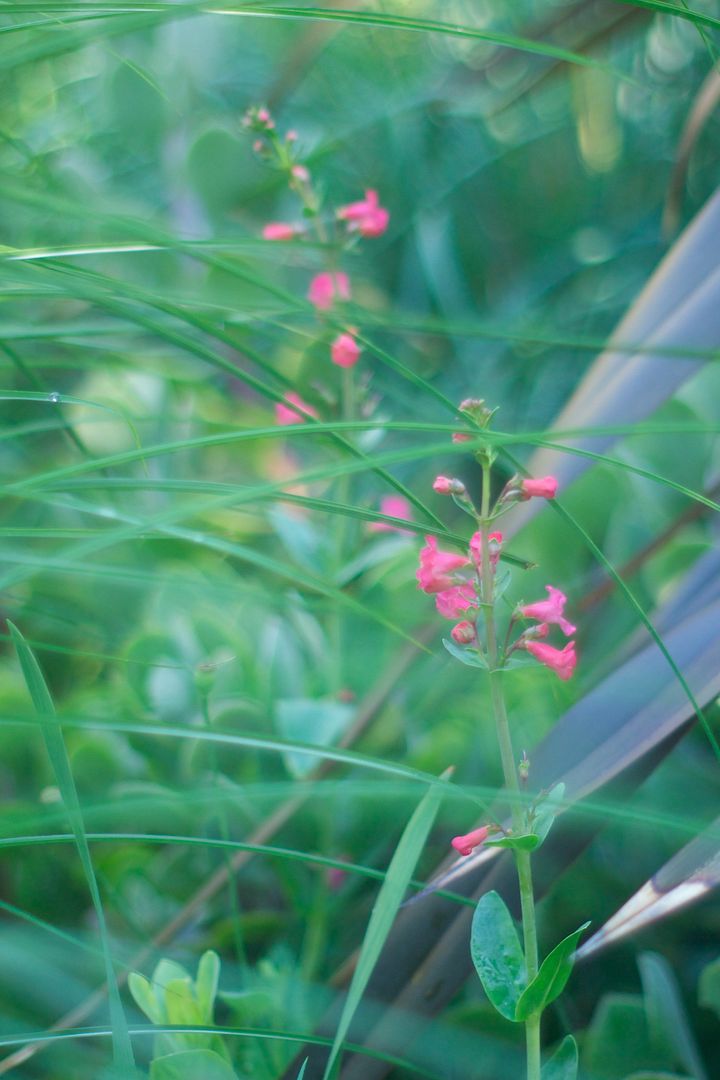
Full sun, half sun, part sun, morning sun, mid-day sun, afternoon sun, bright sun, reflected sun, harsh sun, cool sun — the latter is probably what best describes dappled light. Like the number of words Eskimos have for snow, zone 10 gardens care deeply about degrees of sunlight.
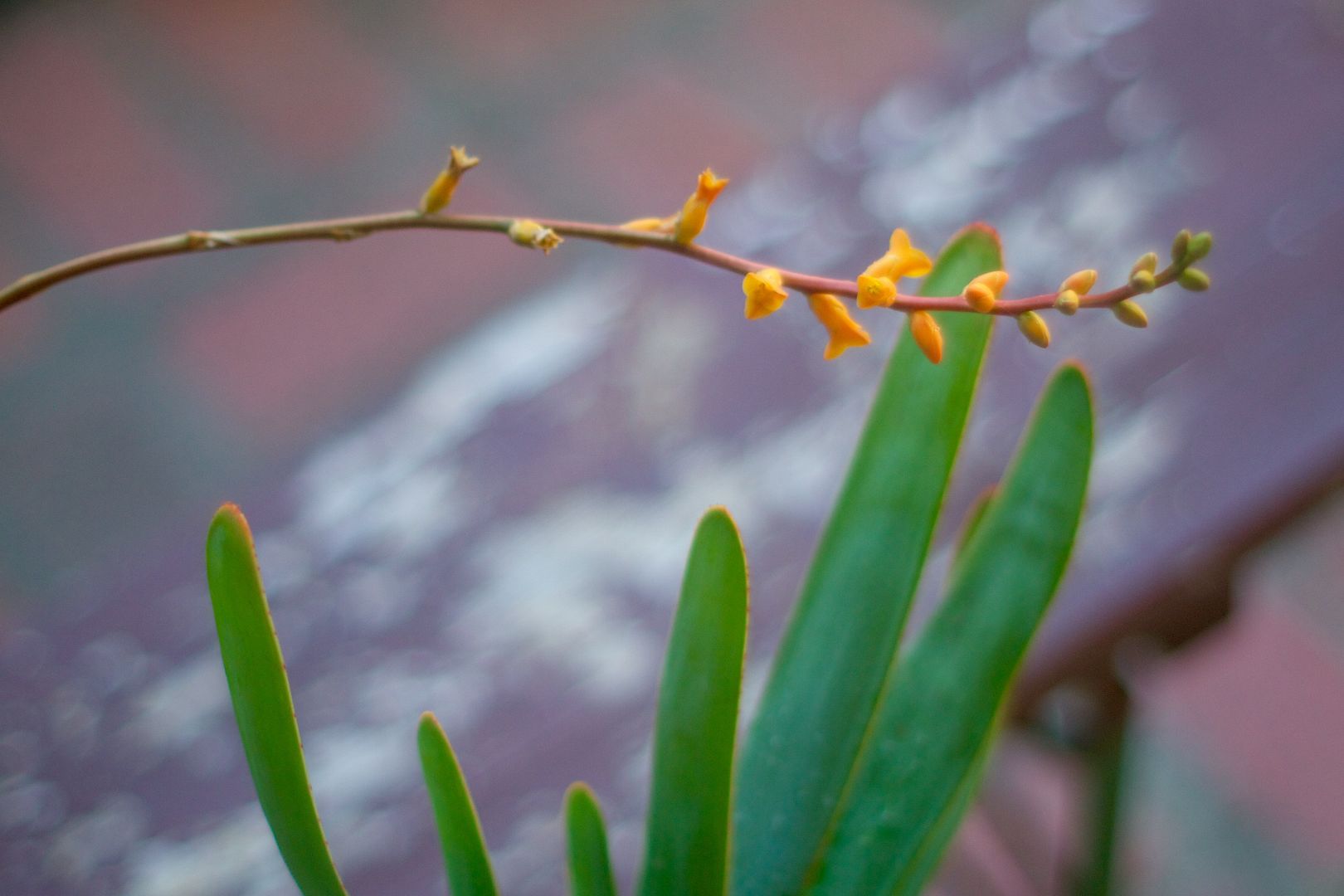
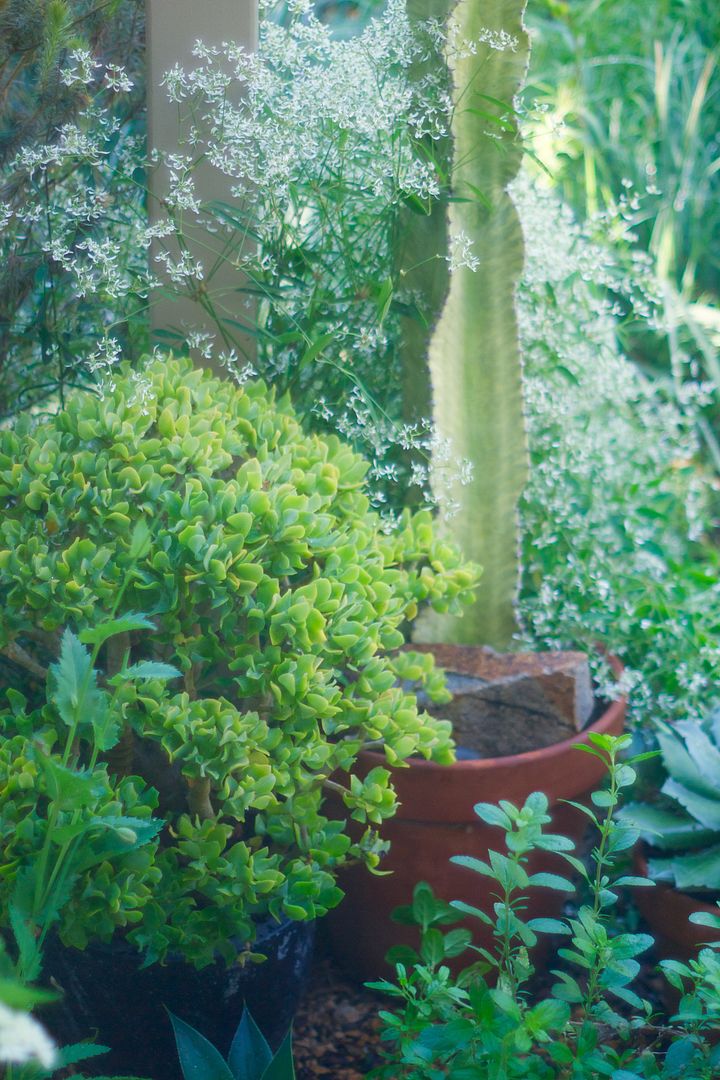
About that loss of full-day sun. There’s no need to panic, especially in Southern California, where at our latitude summer sun can be especially punishing. And I still have plenty of full sun for the plants that can handle it. But for a good quarter of the garden at least, it’s a dappled life now.

And it turns out this gentler version of Southern Californian sunlight suits a lot of plants just fine. It’s not exactly shade gardening though, because full sun does break in throughout the day.

In my back garden, the biggest reduction in sunlight starts at the east fence, where the lemon cypresses (Cupressus macrocarpa ‘Citriodora’) now soar over 25 feet and Acacia baileyana ‘Purpurea’ holds the corner. Morning light does filter through in varying intensities. Aloes still bloom here if planted where the morning sun is strongest and where the afternoon sun can slide in too. Amicia zygomeris loves it here, as does Plectranthus argentatus, bromeliads, sesleria. The new ‘Indian Summer’ alstroemeria have been tucked in here, so we’ll see if they get enough sun to bloom well. It’s dawned on me rather late in life that herbaceous stuff, grassy stuff, not sculptural evergreen succulents, are preferable for conditions under trees that rain down a steady stream of debris. And whether the tree is evergreen or deciduous, they all drop something.


Variegated agaves appreciate something less than full-day sun too.


I think I mentioned recently how I would never never underplant the Chinese fringe tree again. It’s a debris monster, so I’ve opted to sweep its flowers, berries, leaves and twiggy bits back under its canopy, letting it sheet compost in place, with nothing planted to obstruct the relentless cleanup. But then this potted Hoya Santa (Piper auritum) was wilting dreadfully in the afternoon sun hitting the base of the lemon cypresses, and I couldn’t face another summer keeping it hydrated. I wasn’t ready to part with it, because I love the big coarse leaves that resemble a brunnera on steroids. Studying my options, it dawned on me that big-leaved plants with leafy skirts that could be swept under wouldn’t have the same issues as small, low-growing plants constantly getting their crowns smothered in debris. Once the realization hit, I planted the Hoya Santa pronto into this gentler light and loved the results so much that I also released a Fatsia japonica ‘Camouflage’ from its container to grow here as well.



So many plants I love and grow, like the sow thistles from the Canary Islands and melianthus to name a couple that quickly come to mind, dislike full afternoon sun and complain by wilting when they get it.

Mediating sunlight opens up all sorts of interesting possibilities and allows for growing a really wide range of plants.


And the shrubs and trees that tame the sun also bring one of the most amazing garden features of all — birds. It is astonishing to see what wings in throughout the day. Just like us, birds crave both an open prospect and refuge, with some cover nearby if a hawk should scan the garden, and placing a bird bath in proximity to both shelter and a view is key to success. I’ve been beating myself up for dawdling in choosing a birdbath, but I don’t want to bring in a clunky, oversized monolithic white elephant I’ll regret in a couple months then not be able to move and keep clean (then in despair plant up in a dog’s breakfast assortment of succulents, etc etc.) I saw this sleek bird bath by CB2, and nearly pulled the trigger, but ultimately opted to use the little side table for now.
Playing with the light is one of the most absorbing aspects of making a garden. And this little garden, now over 30 years old, really keeps planting interesting as it evolves, bringing increasing complexities of light to exploit.


